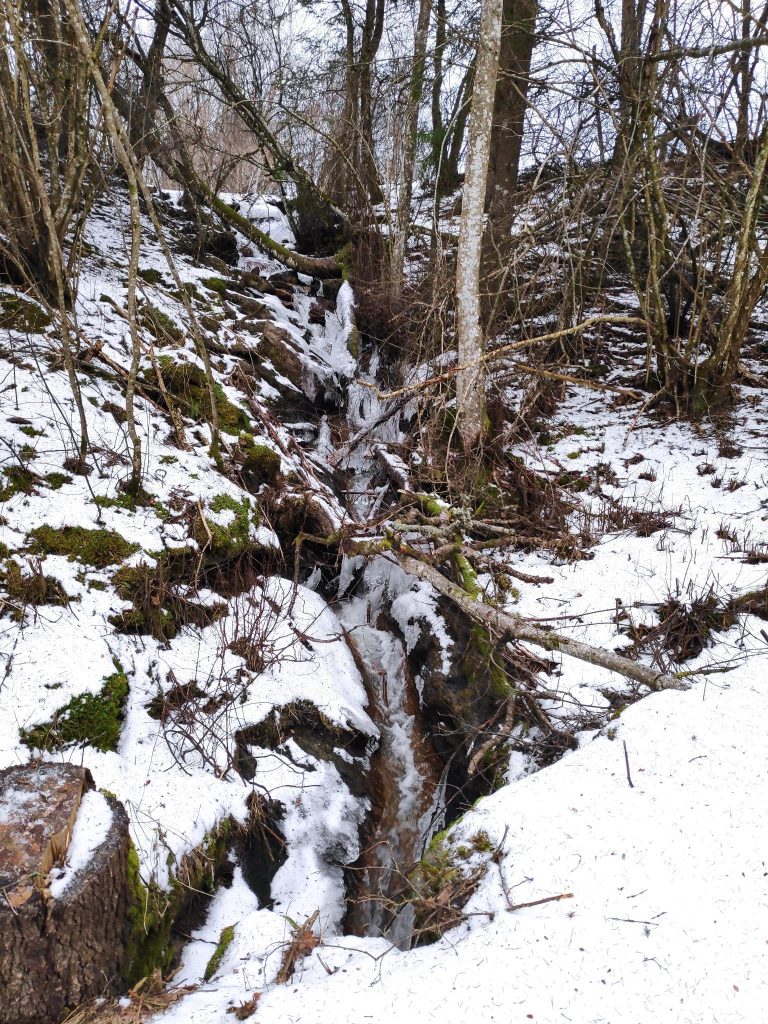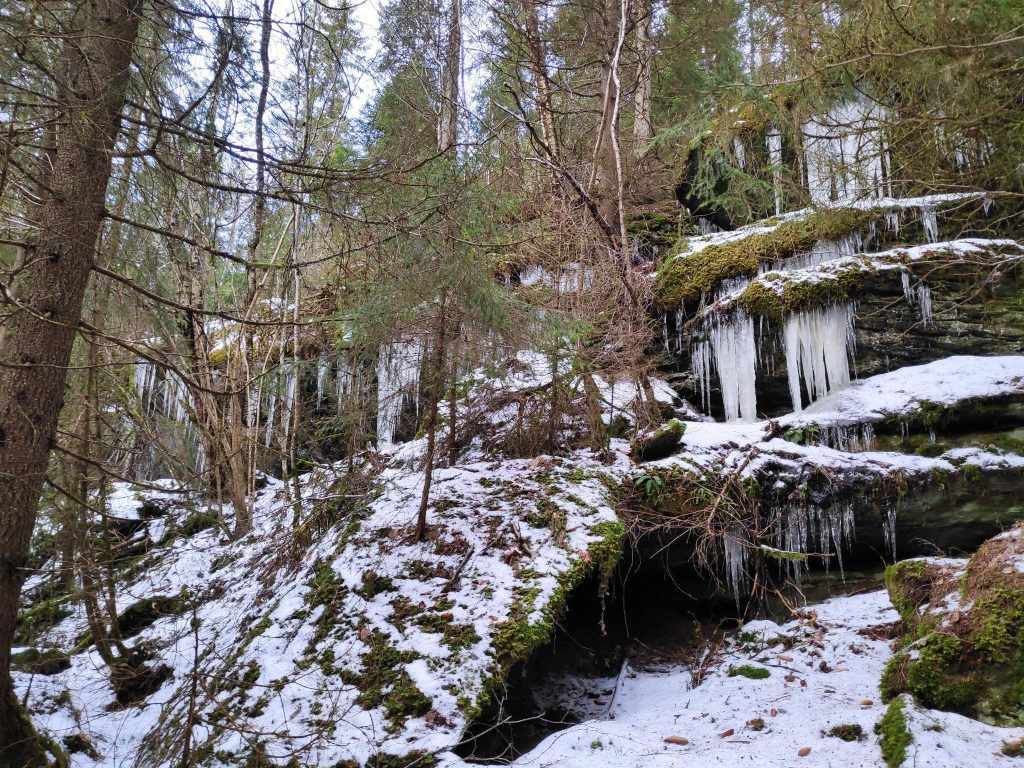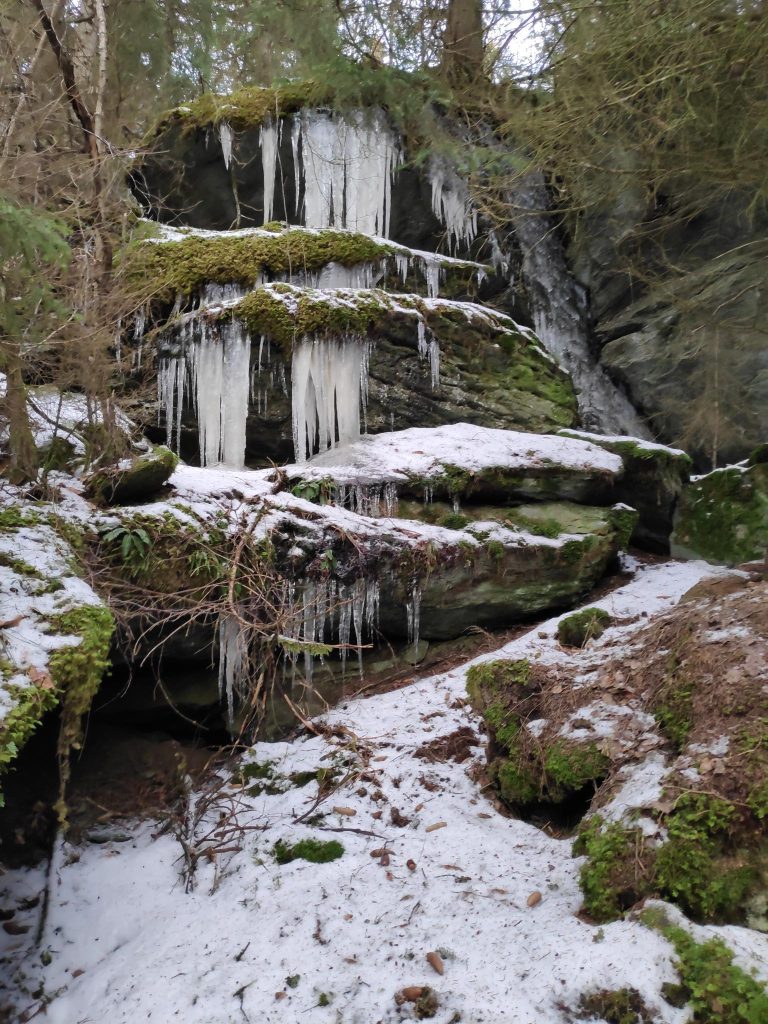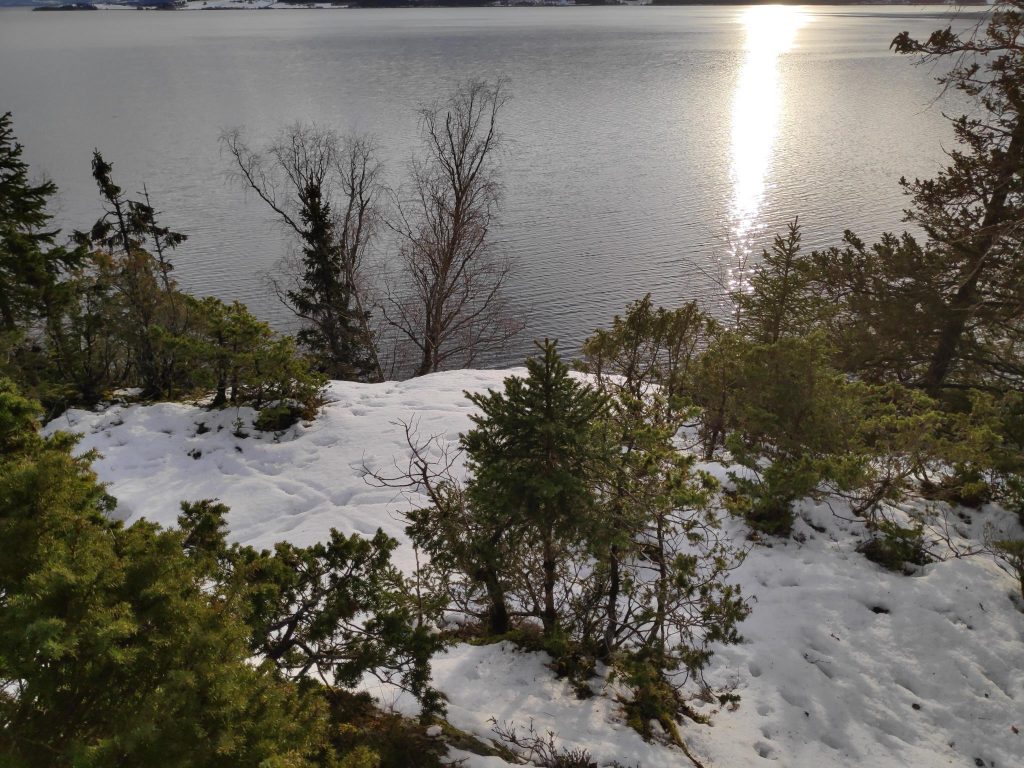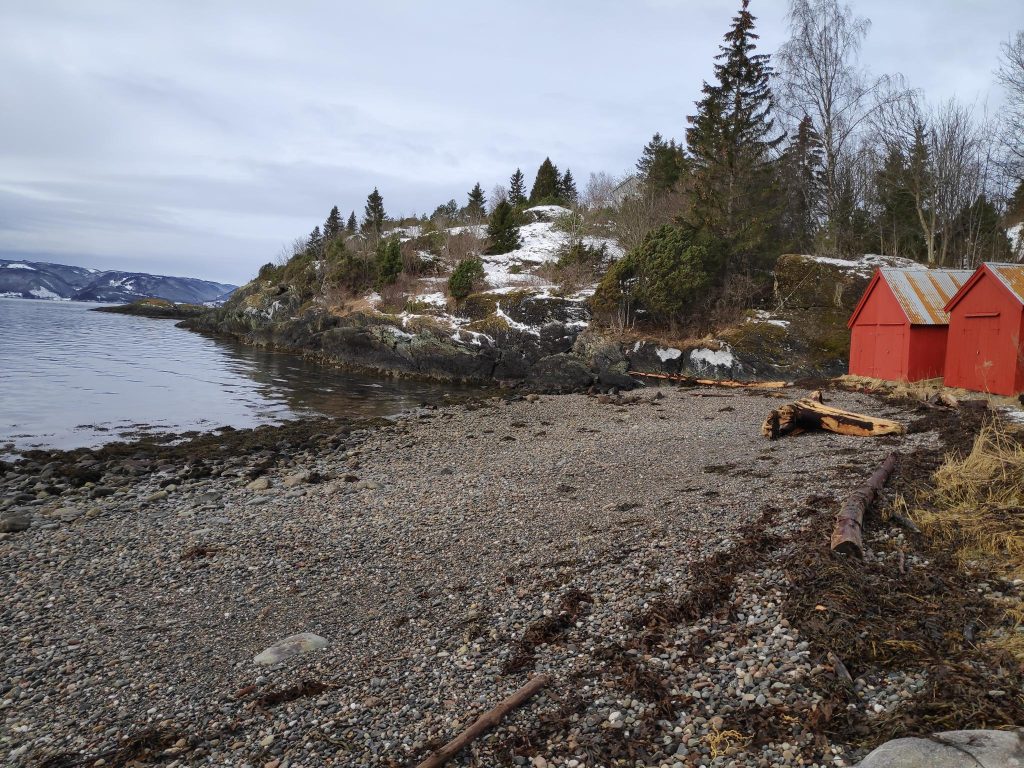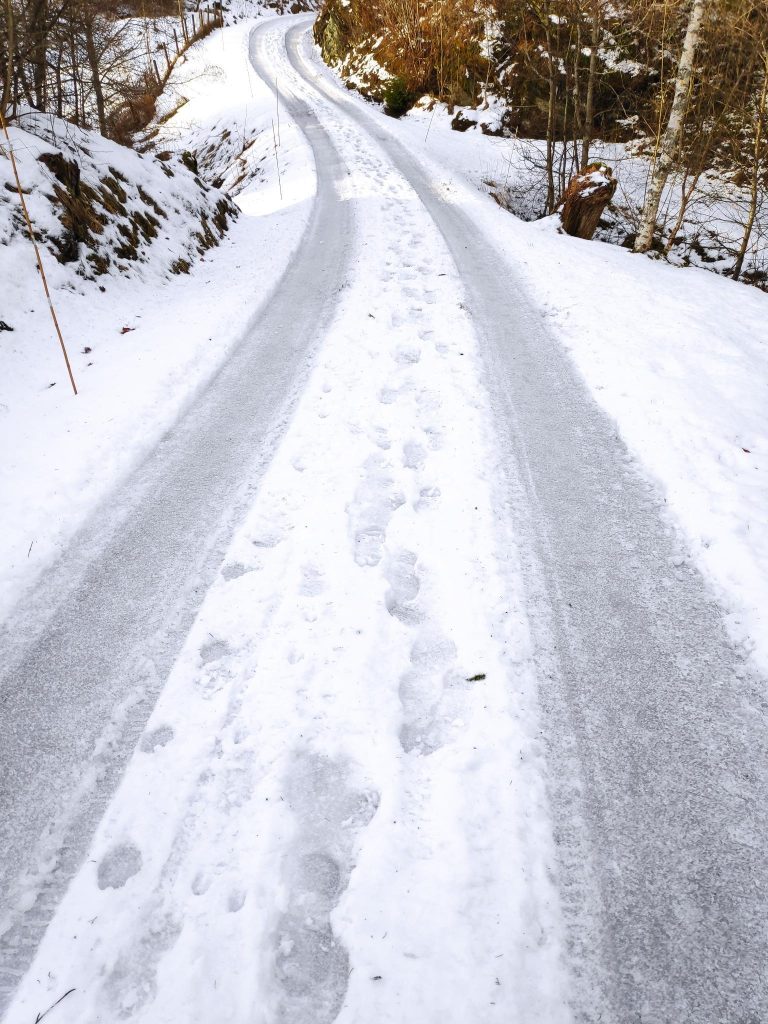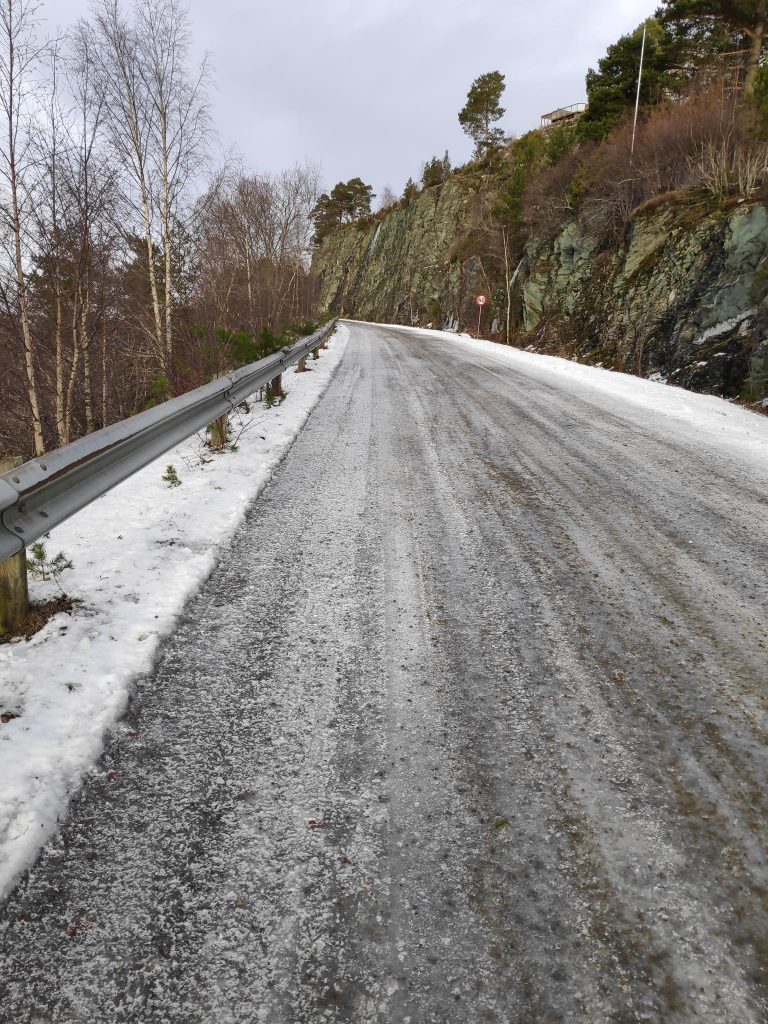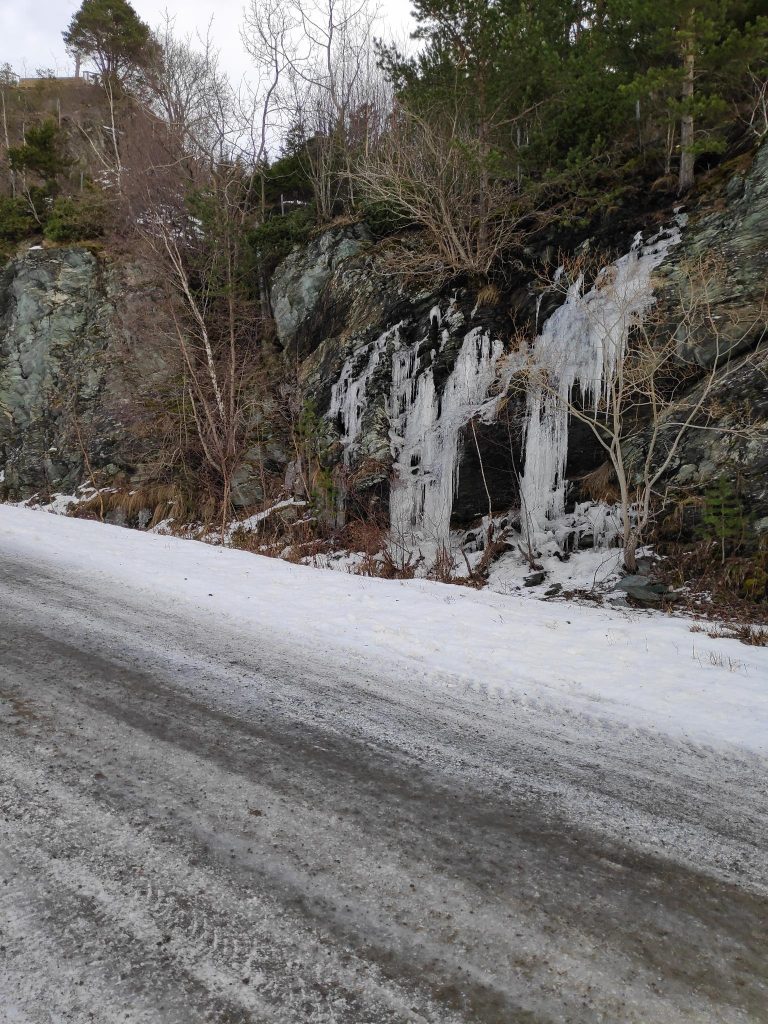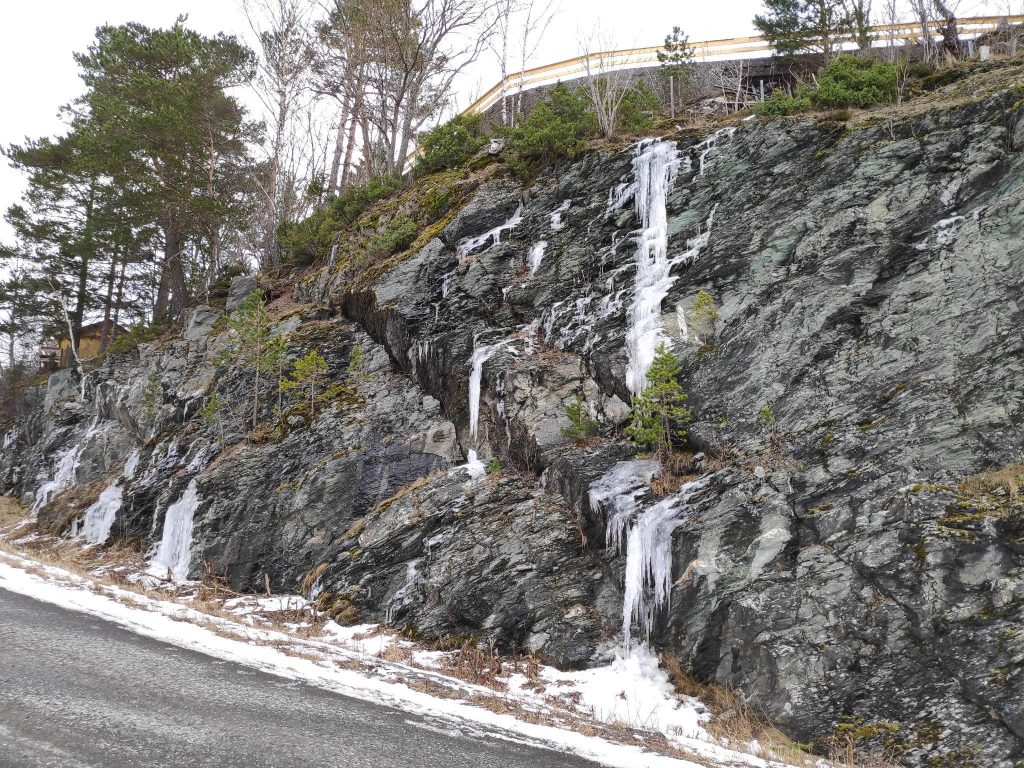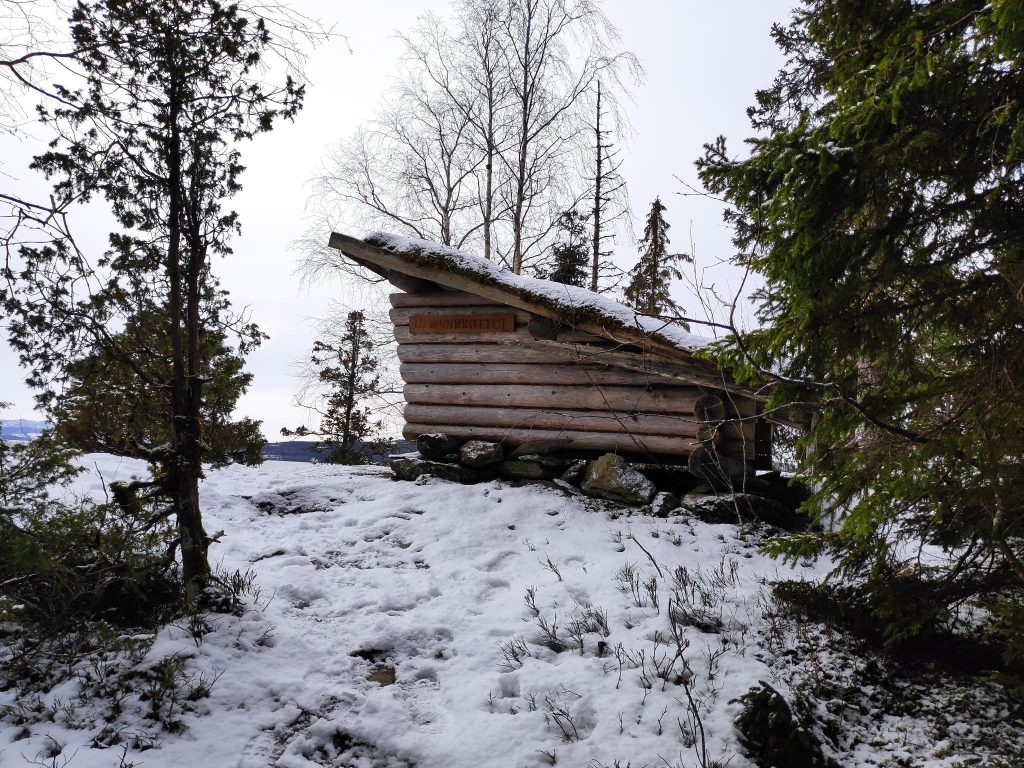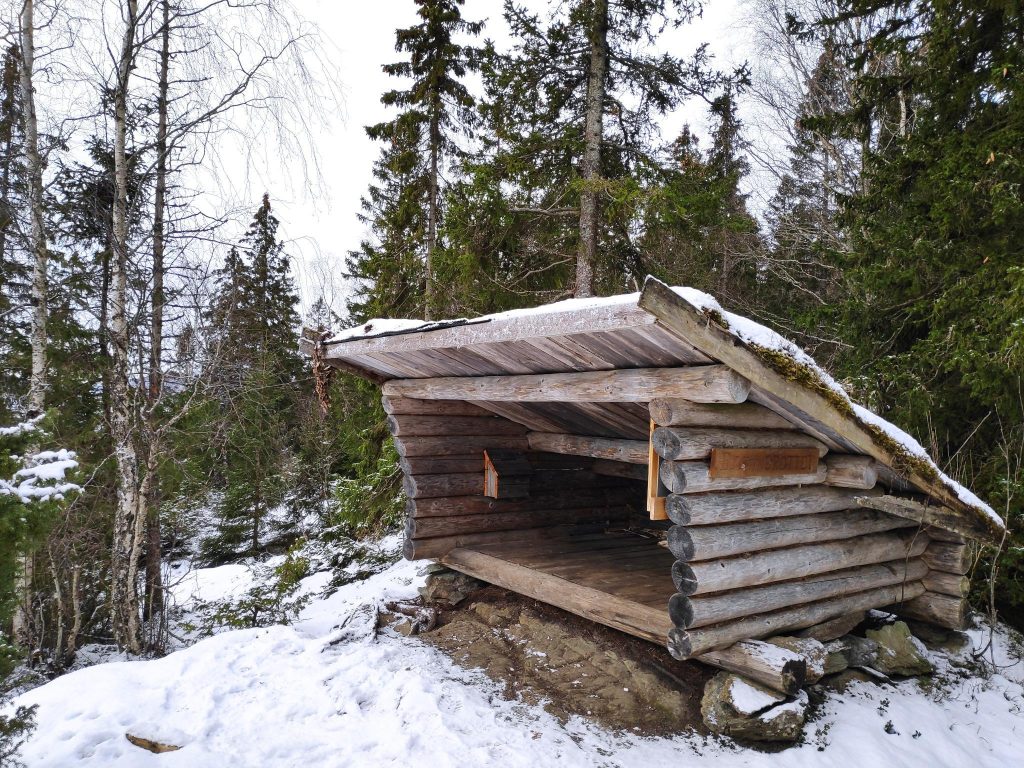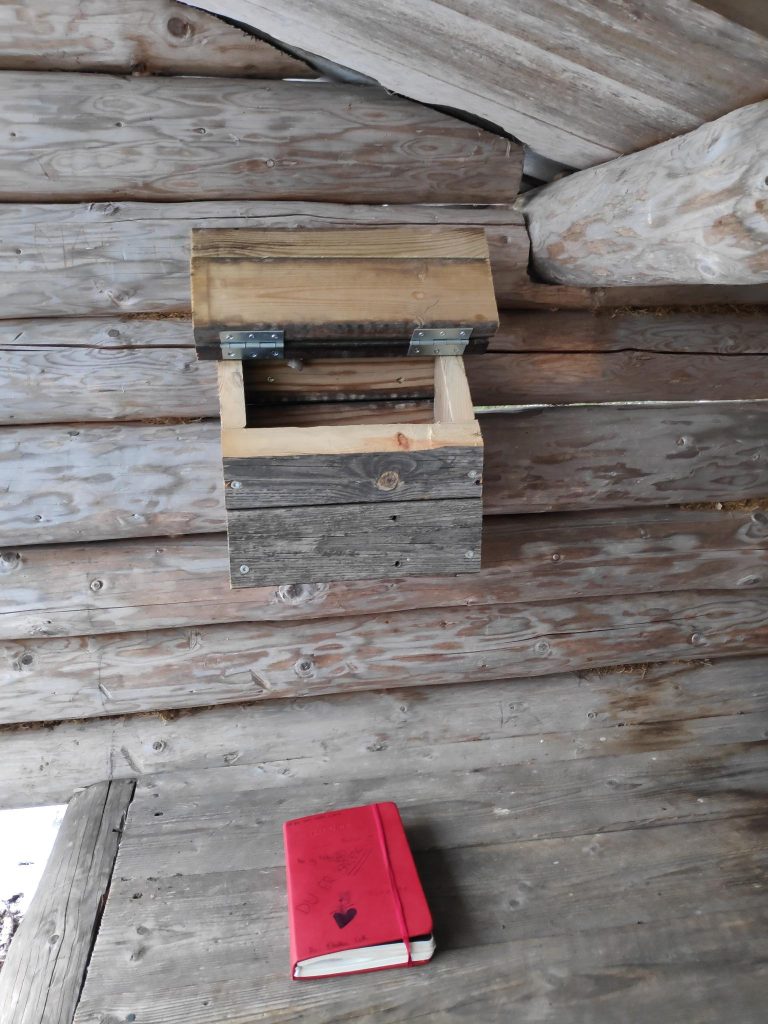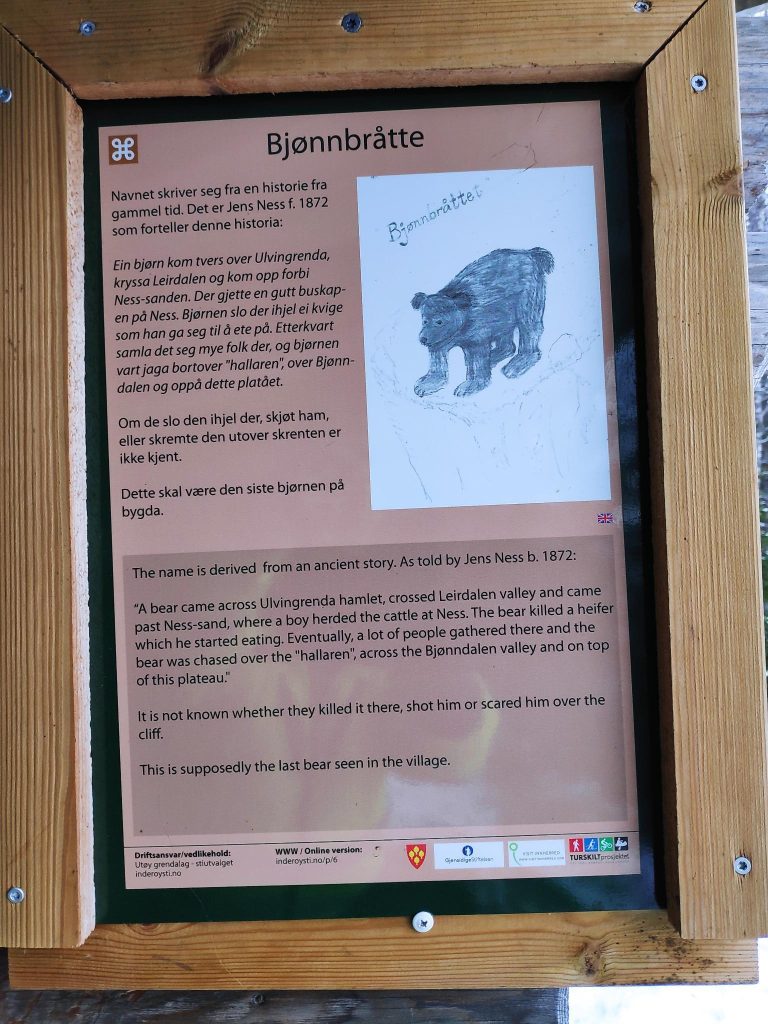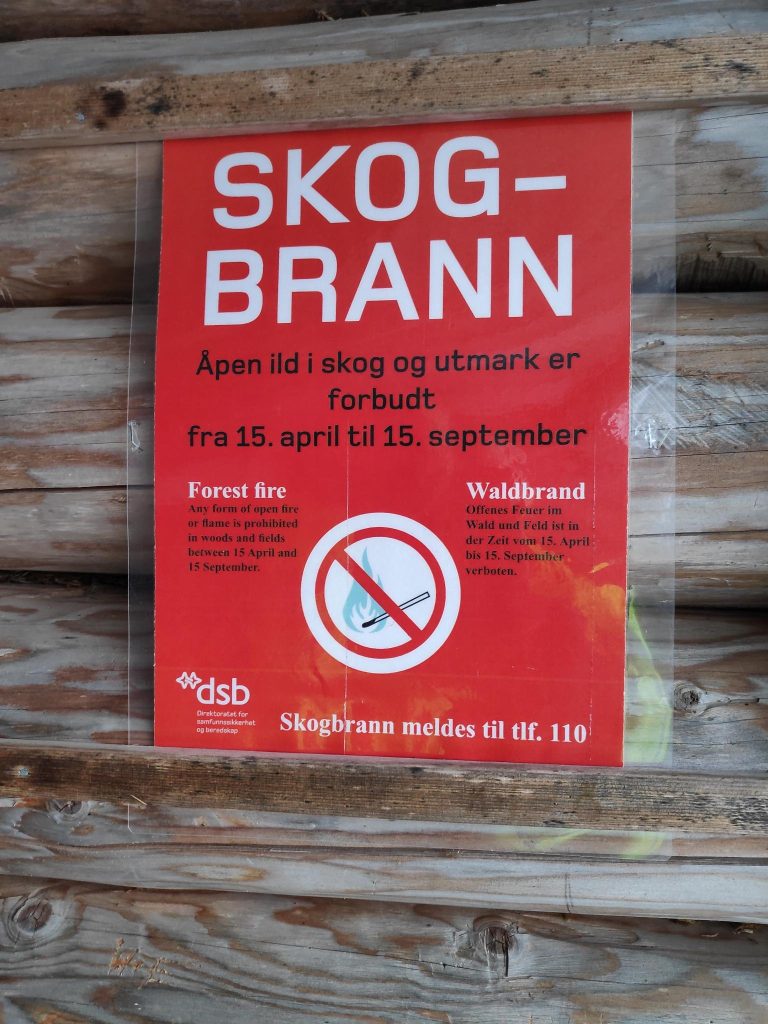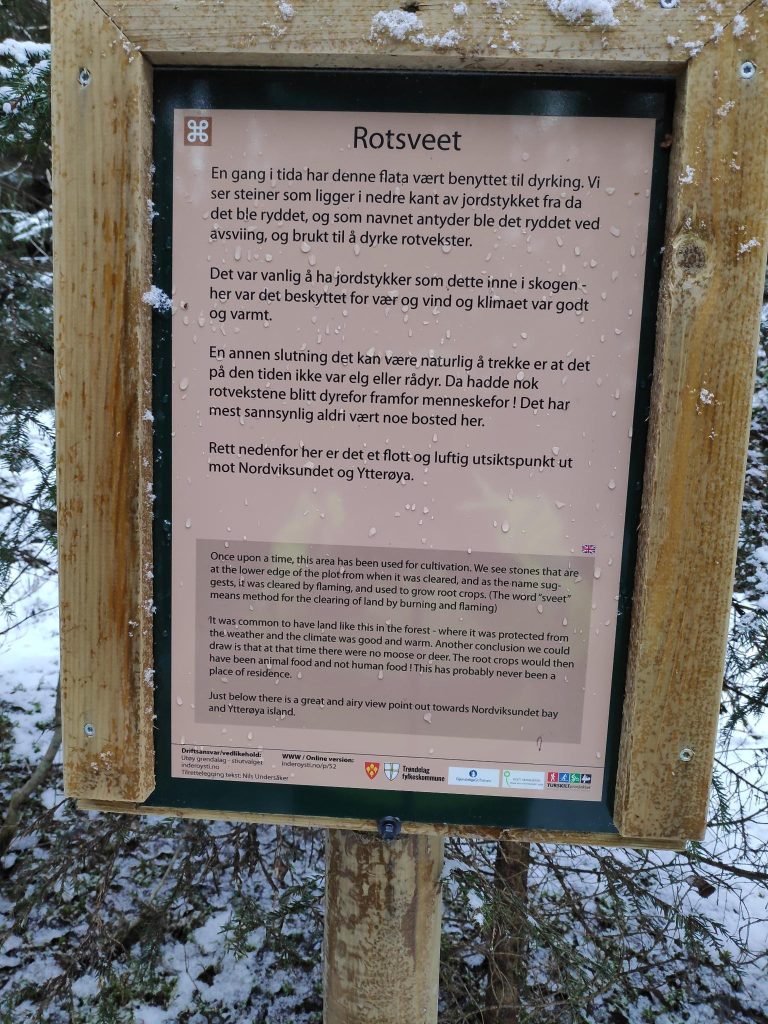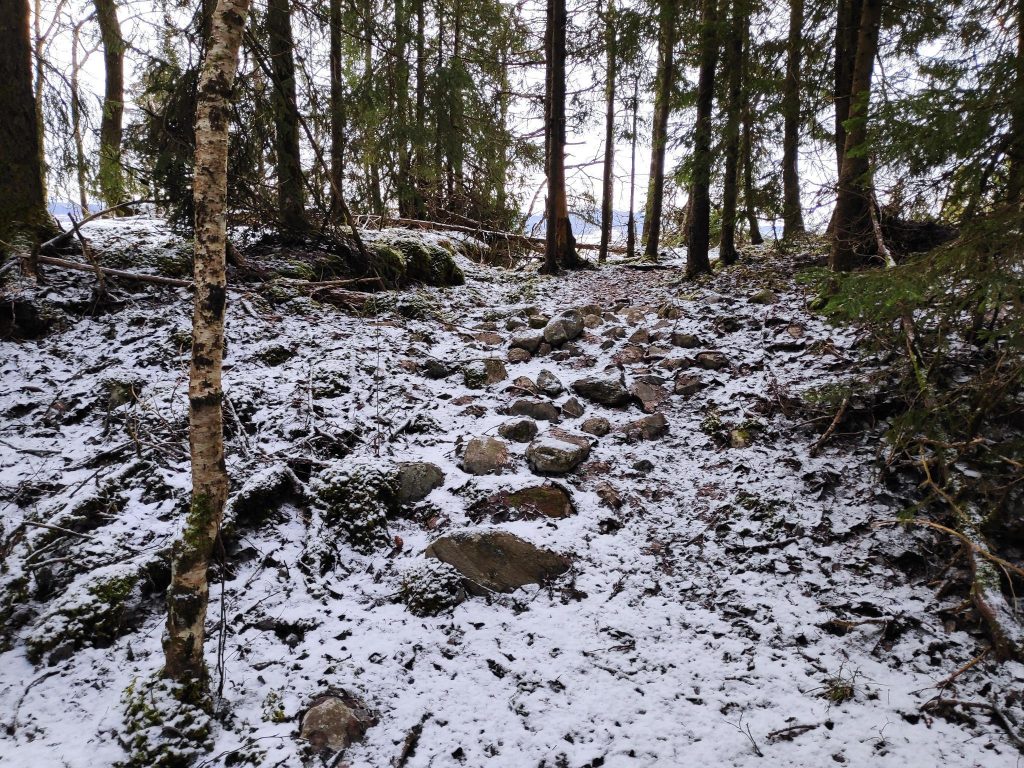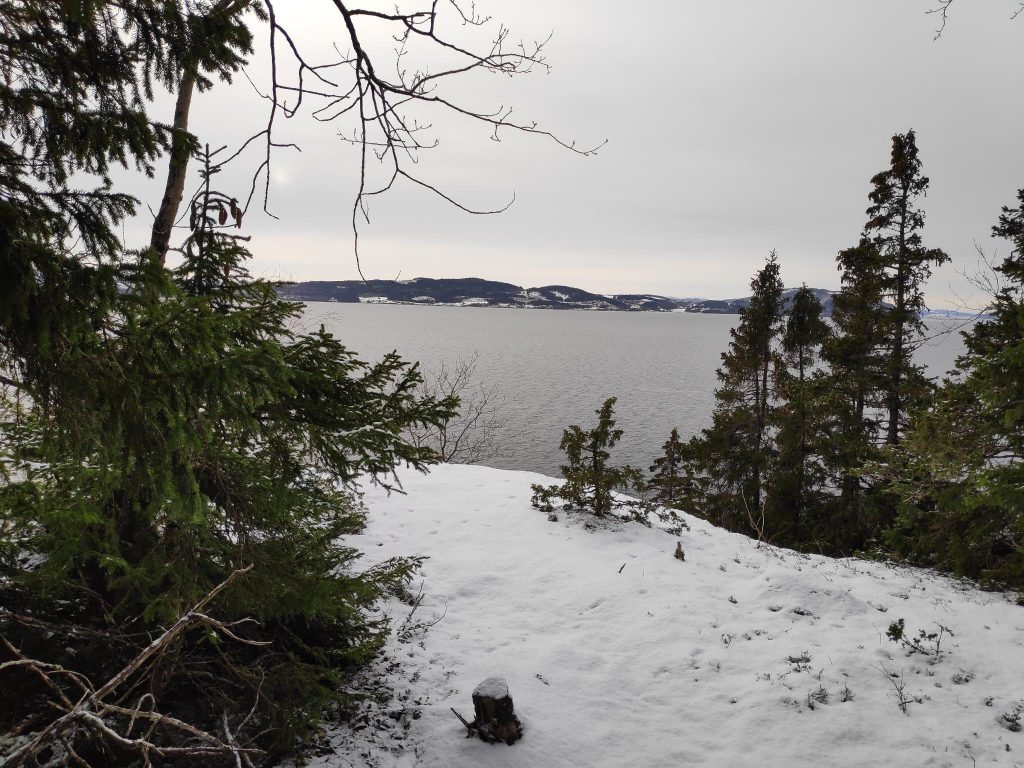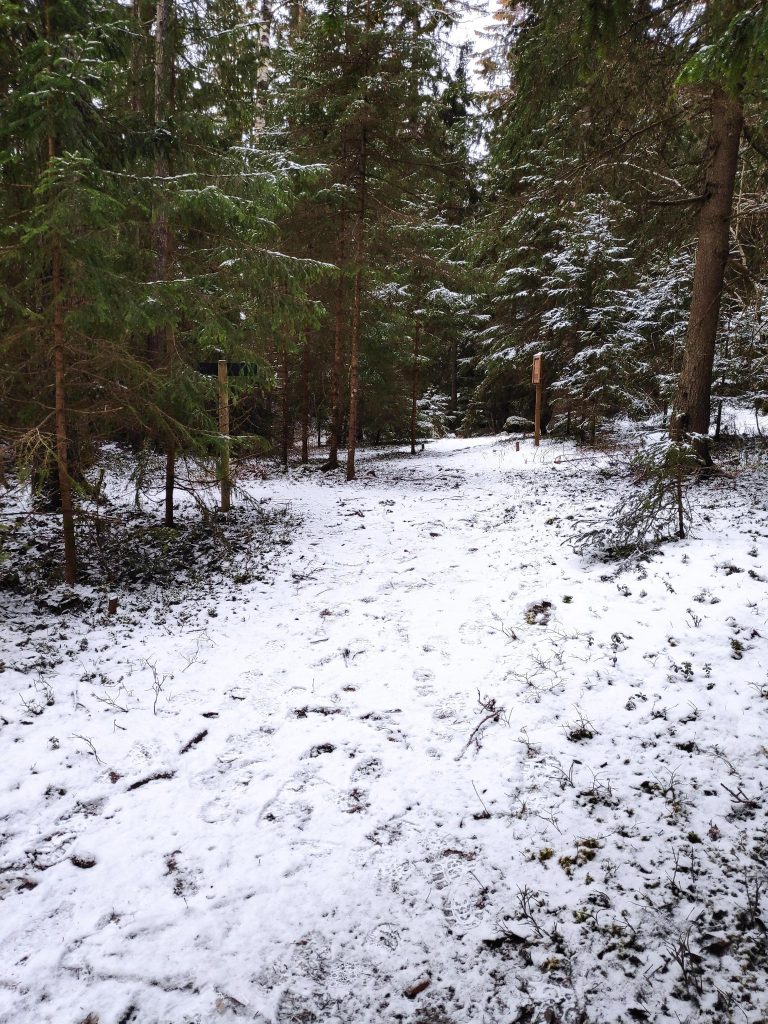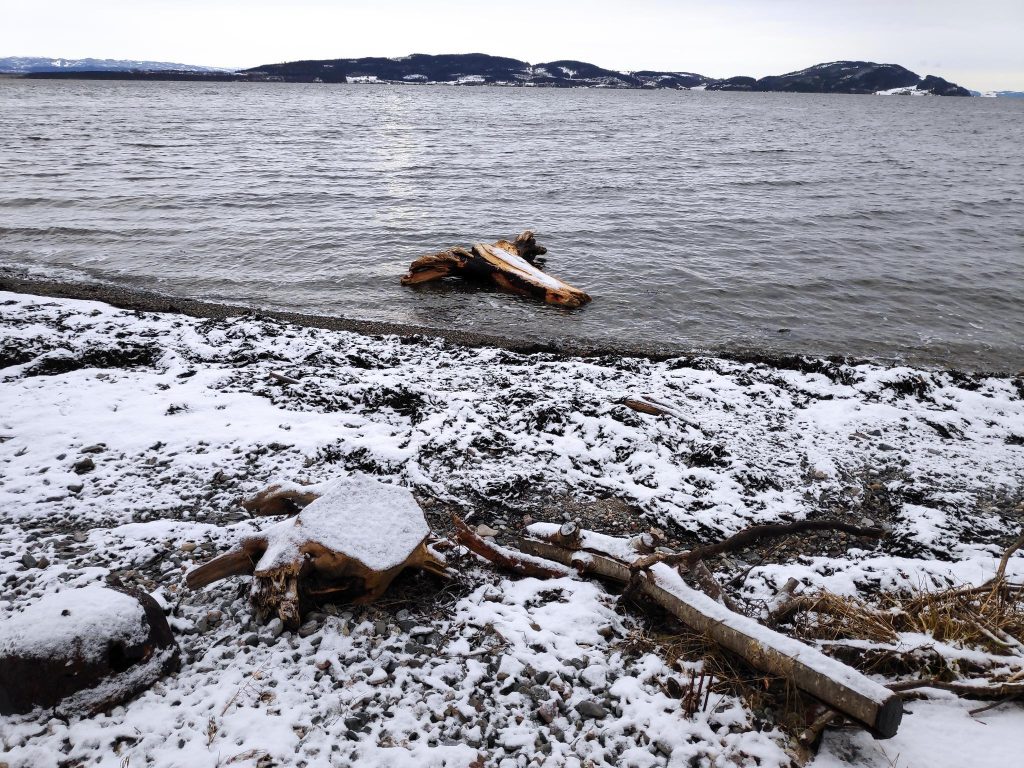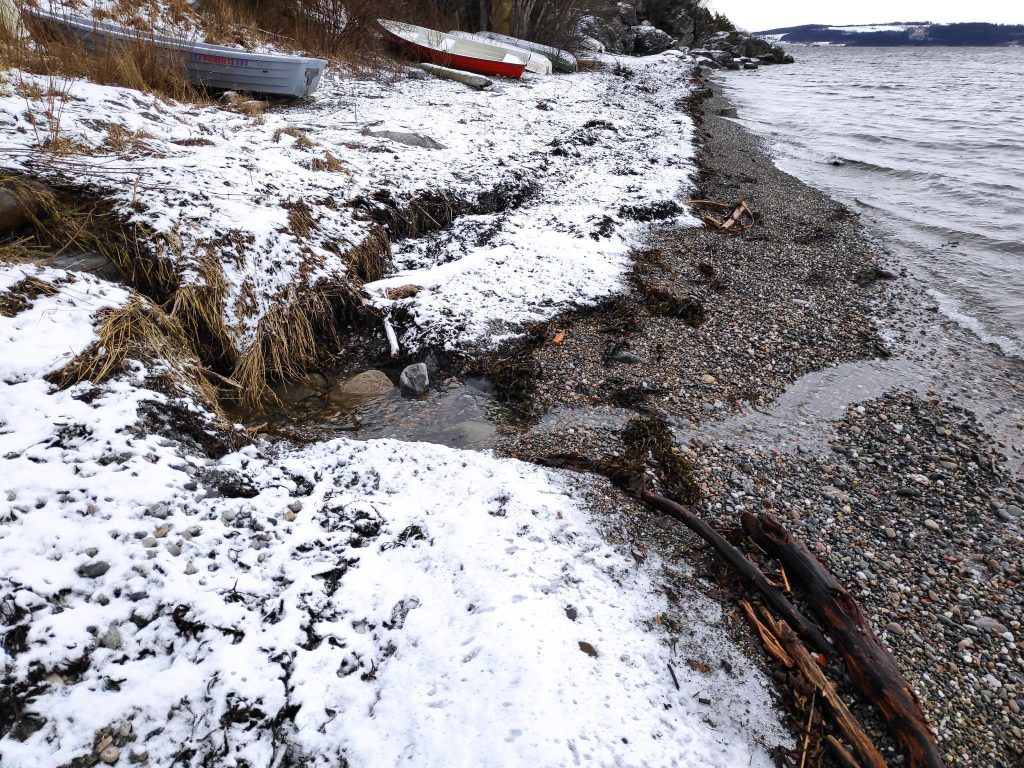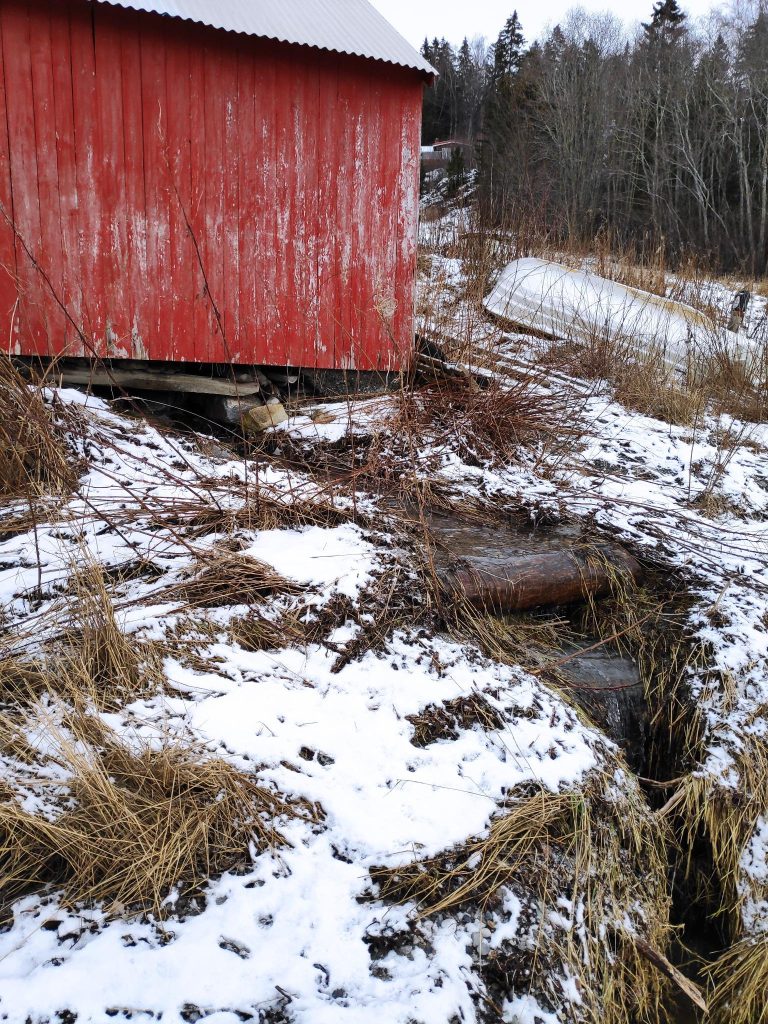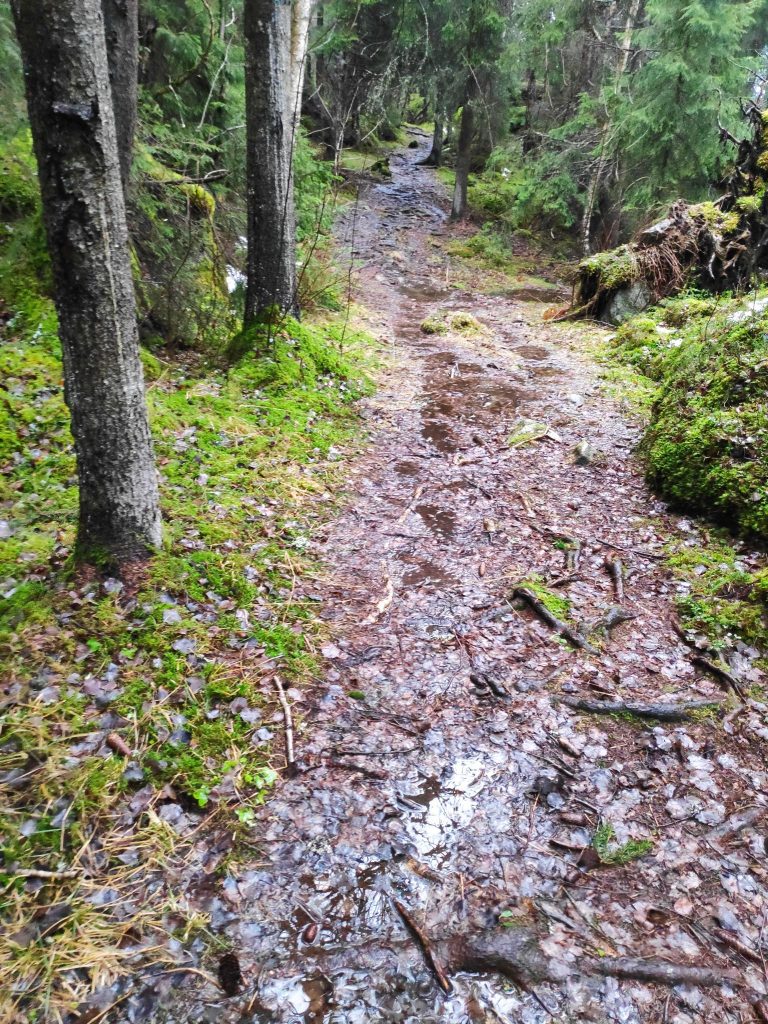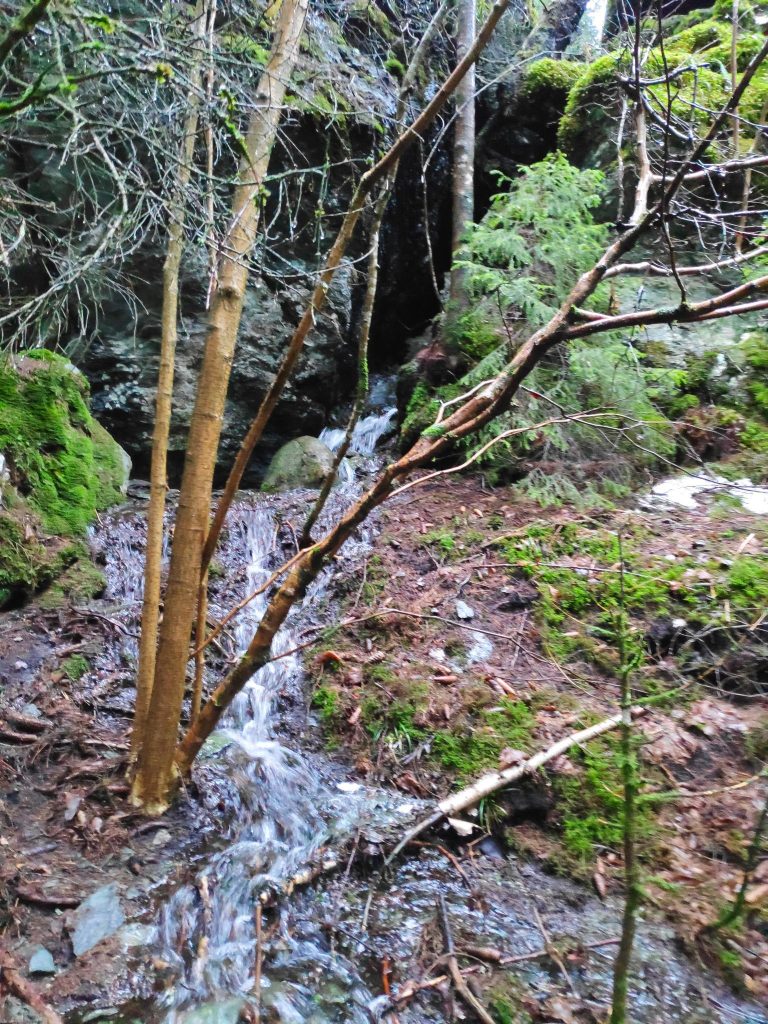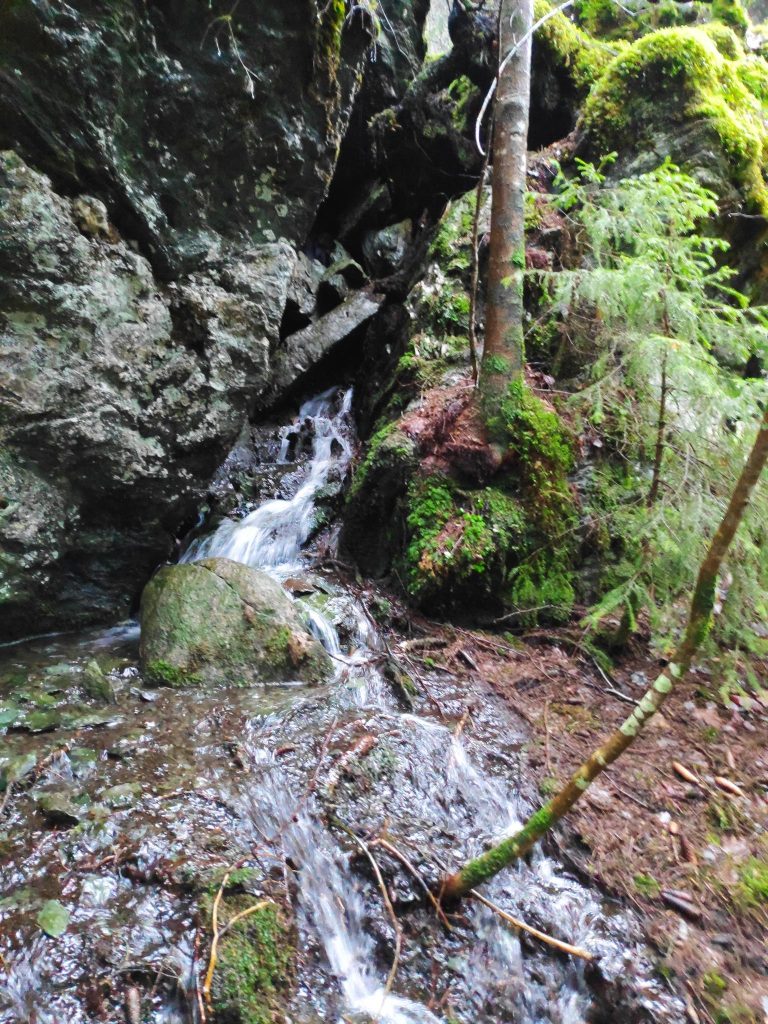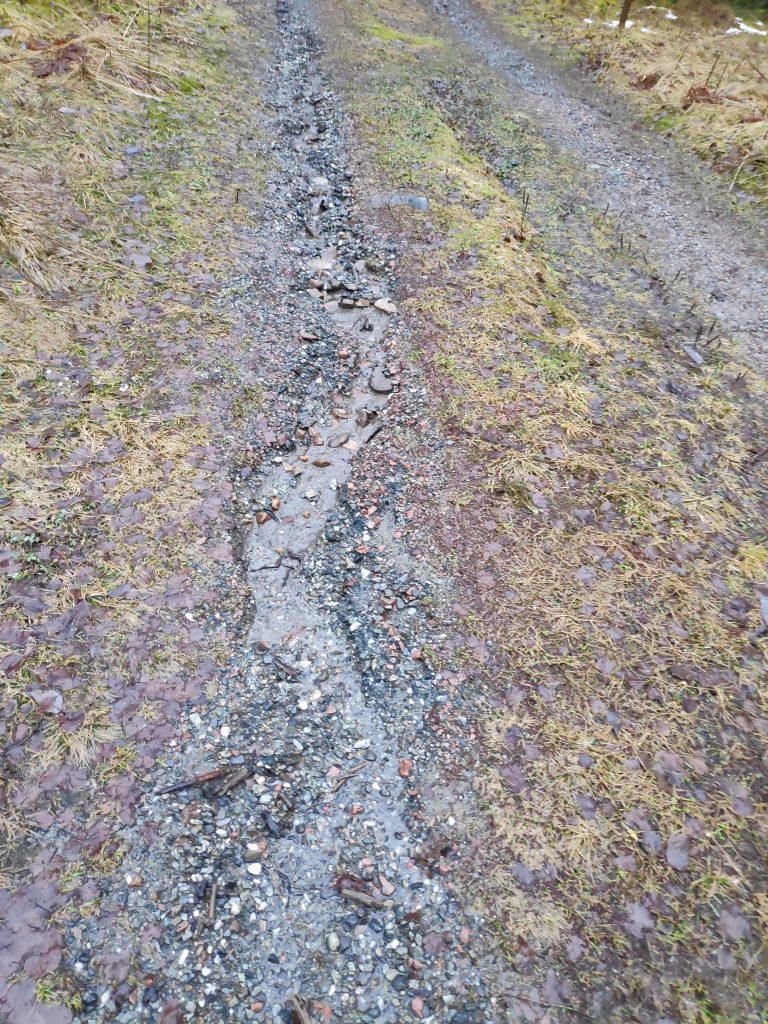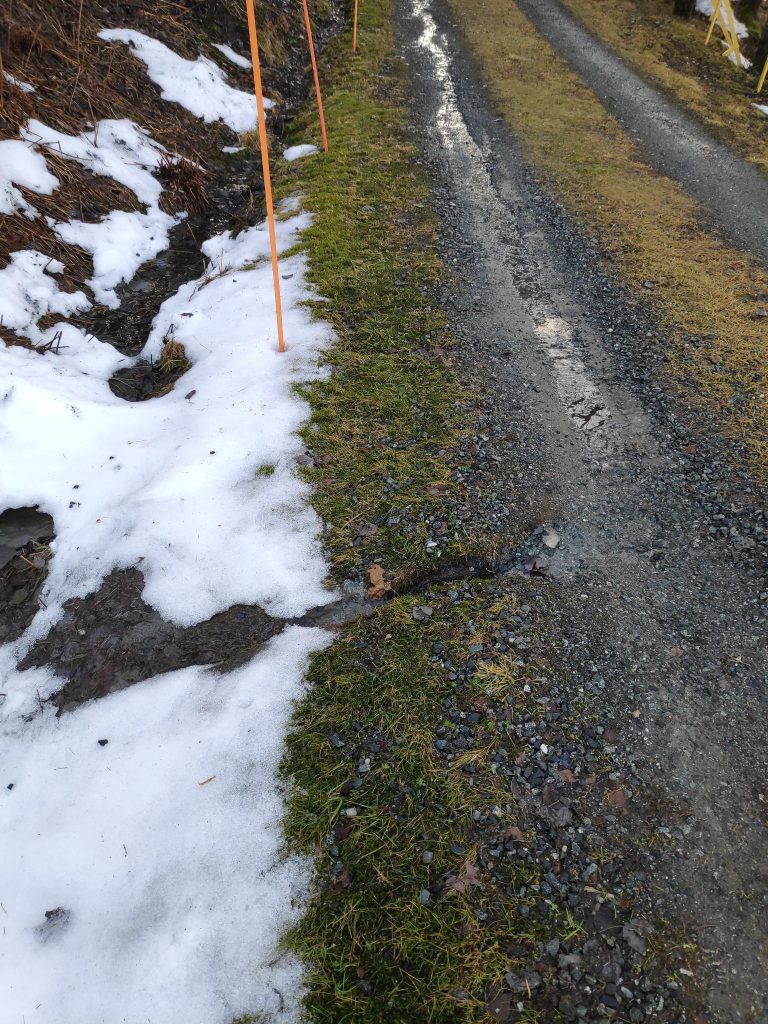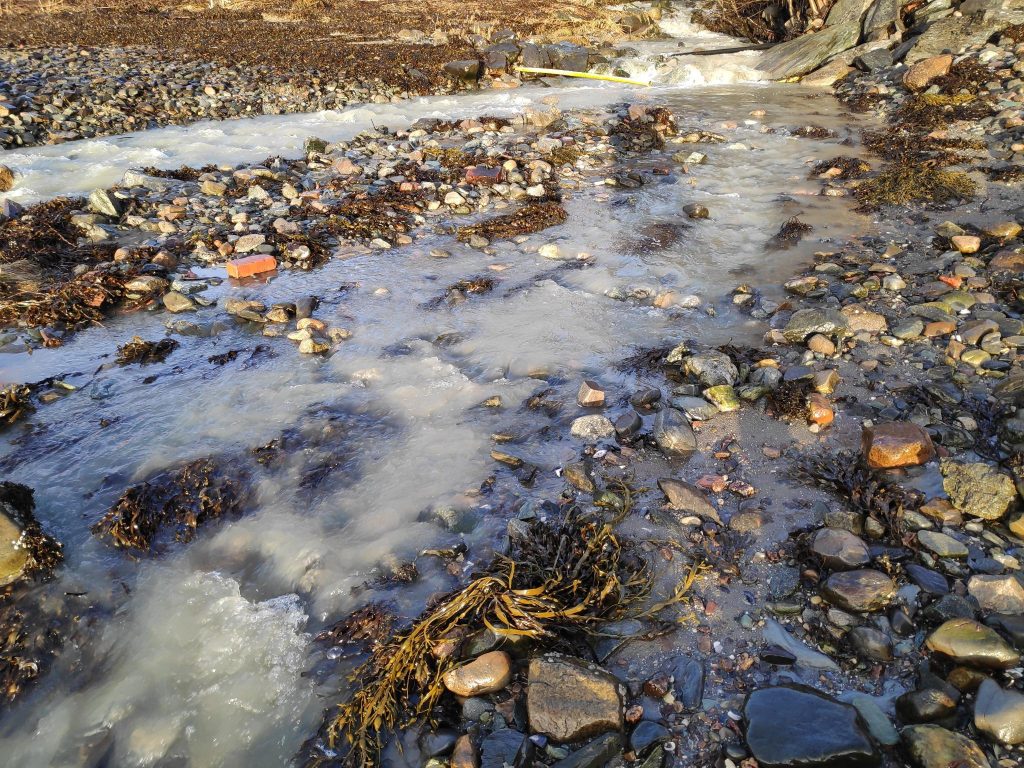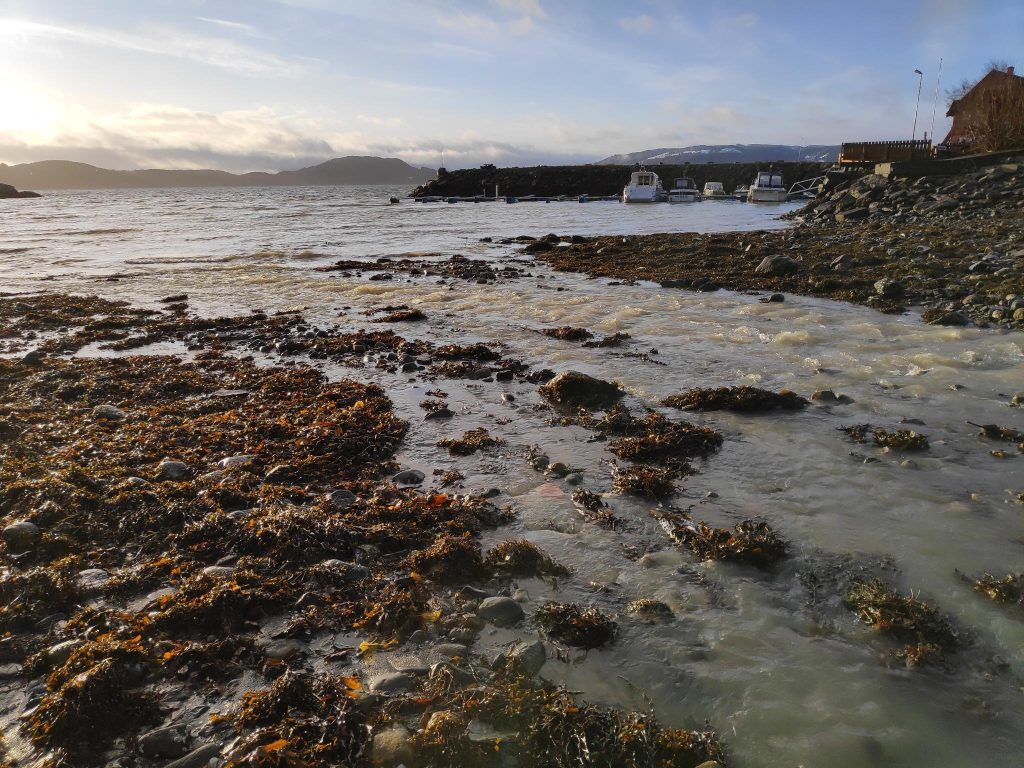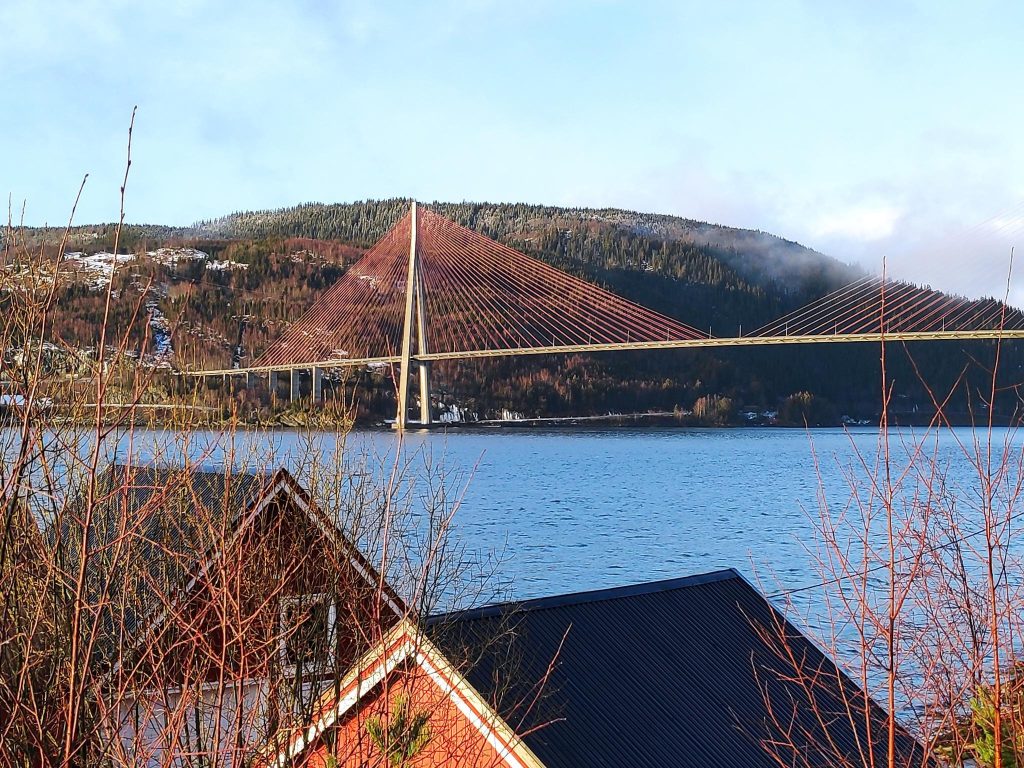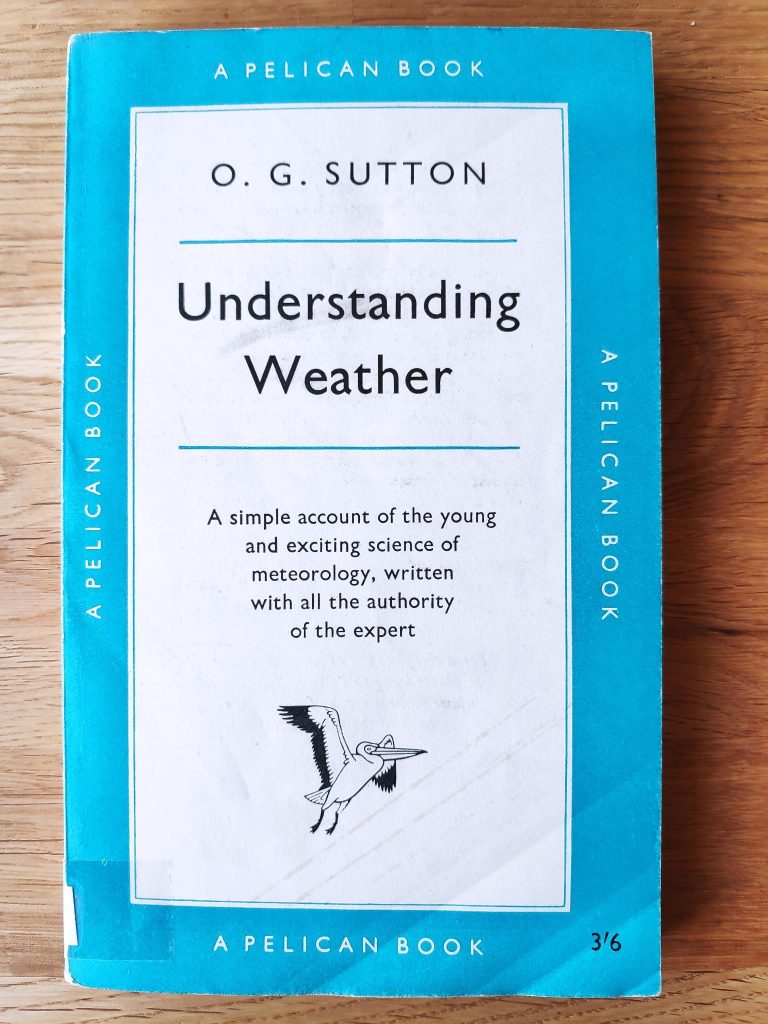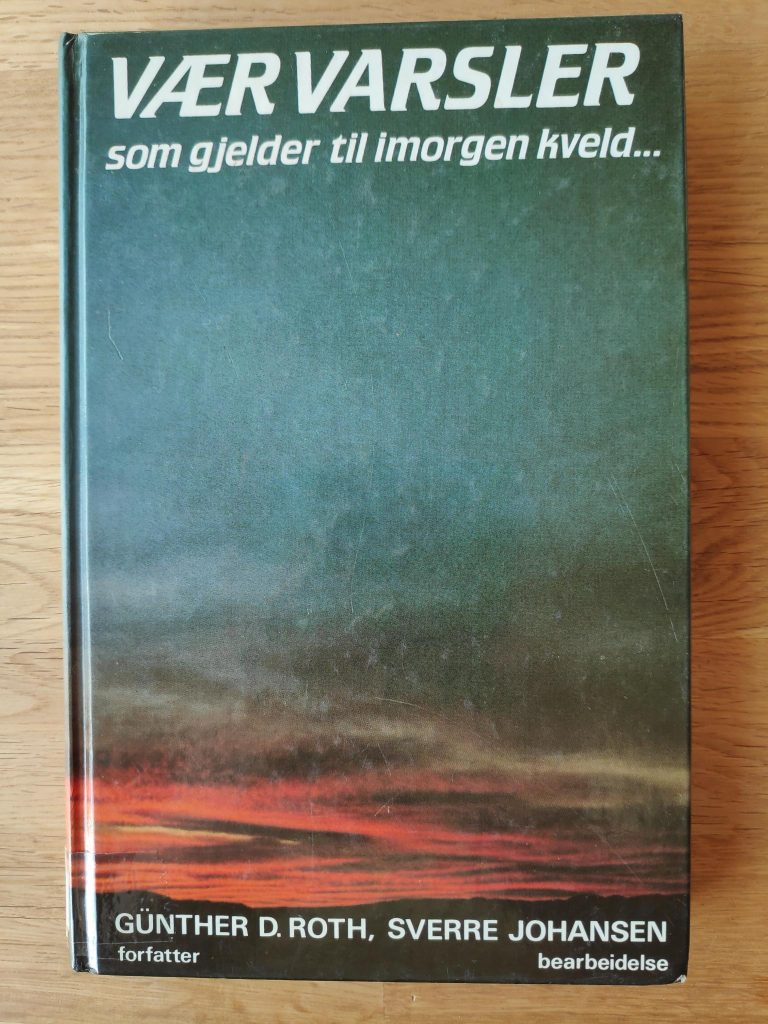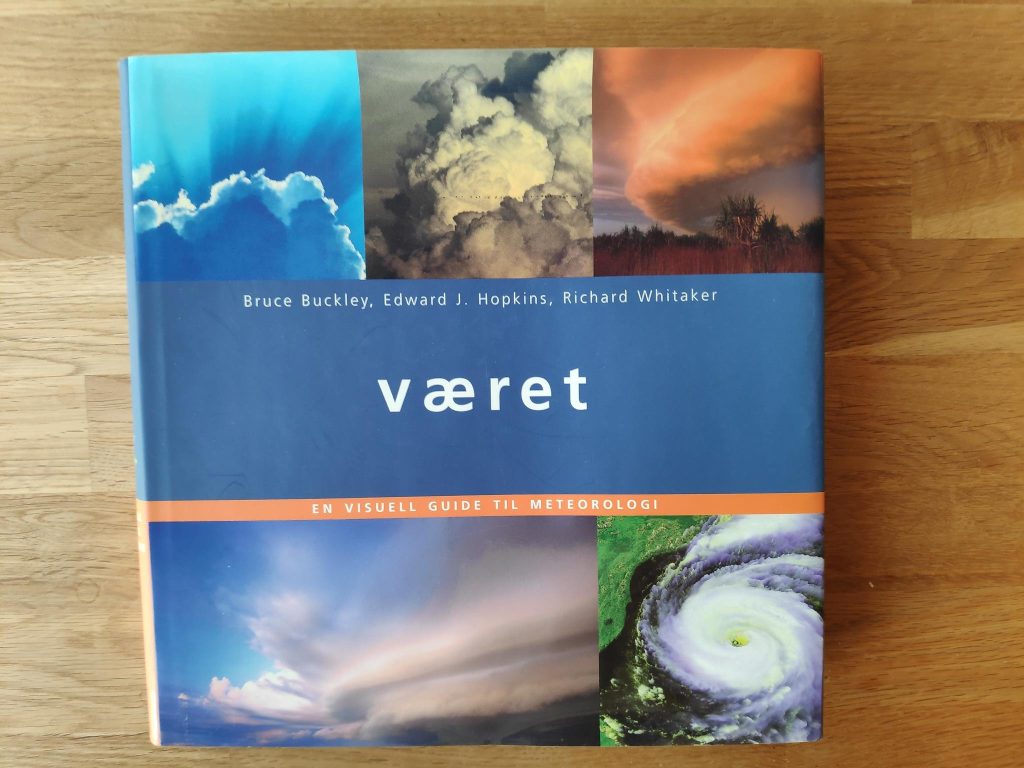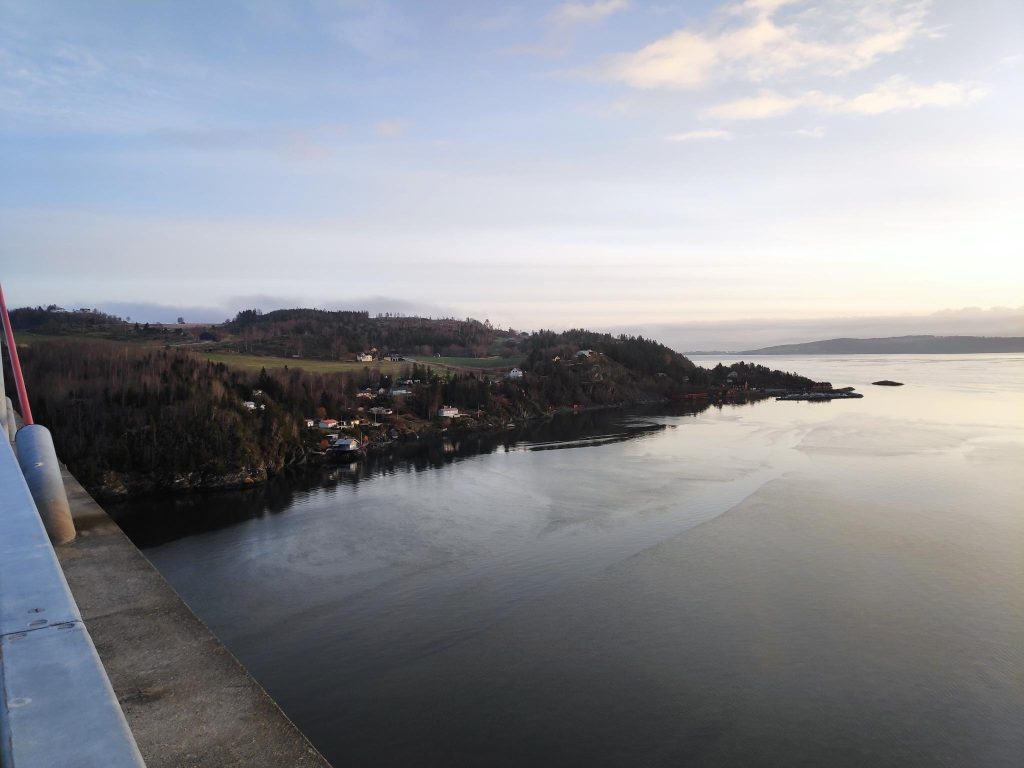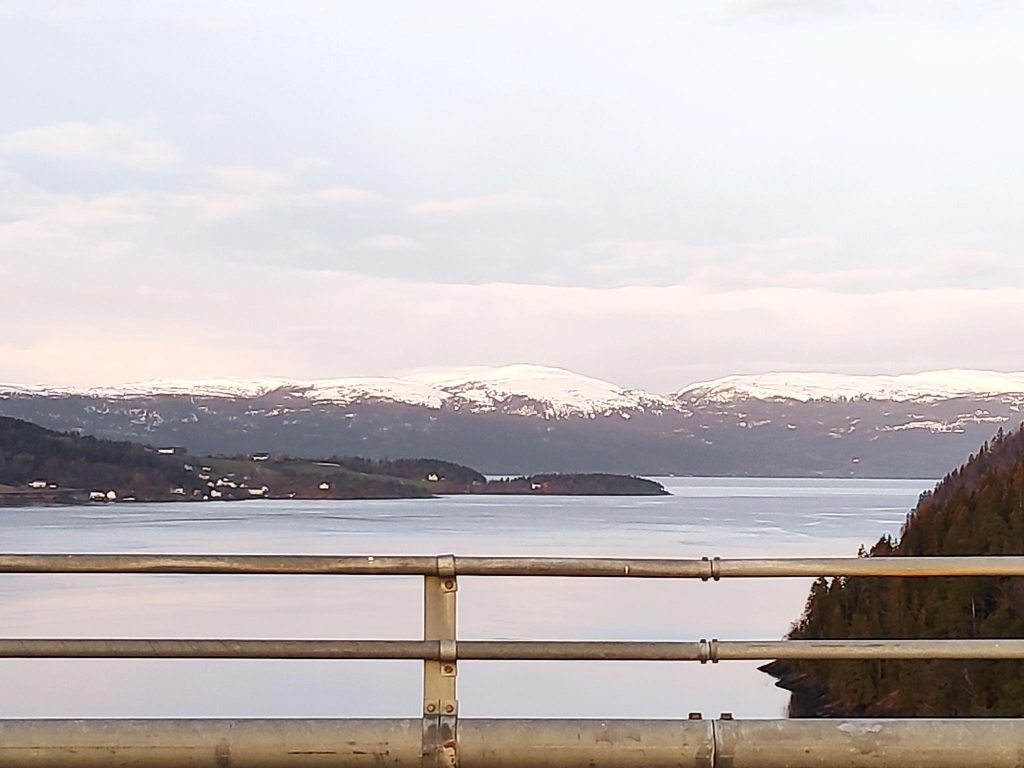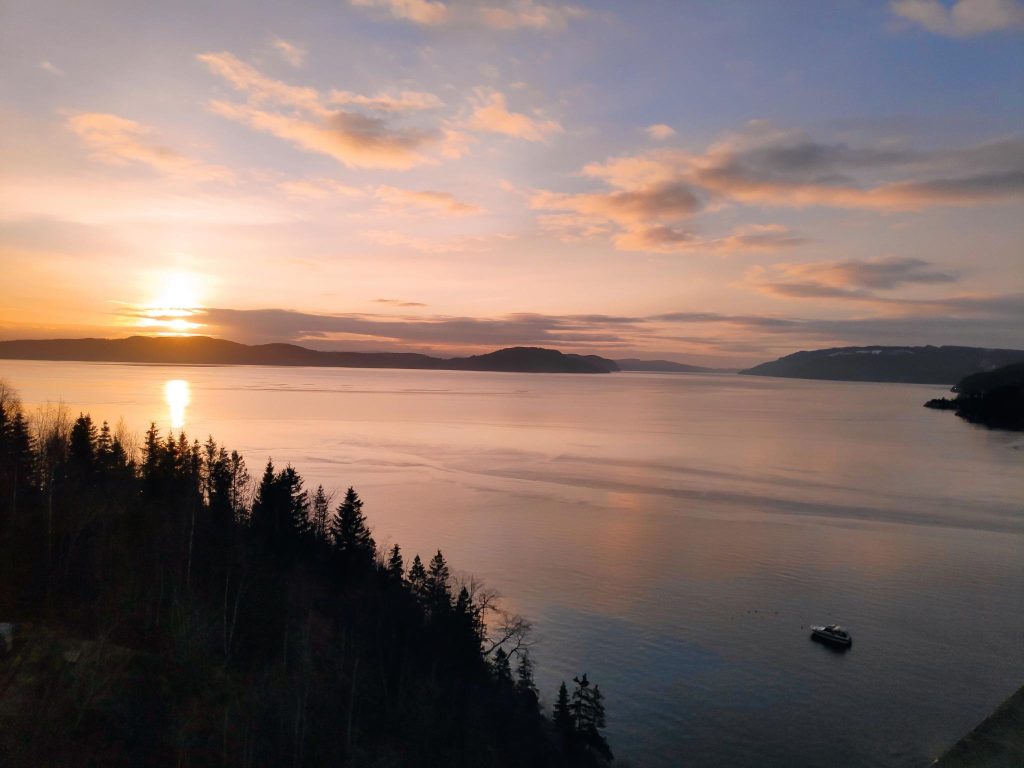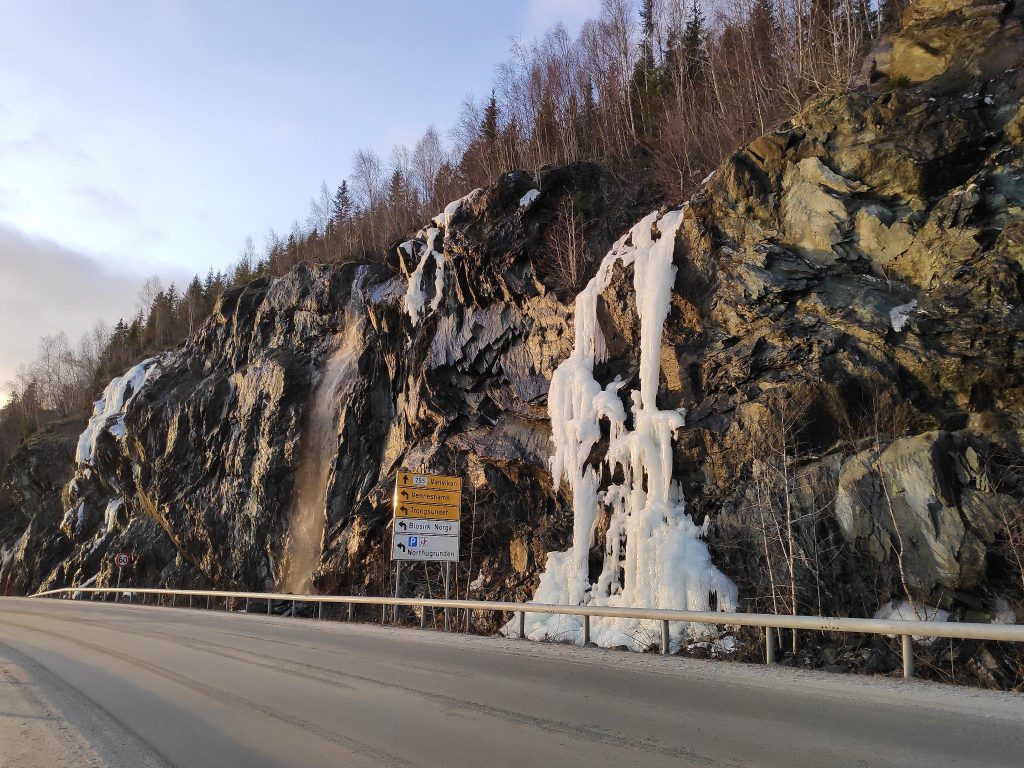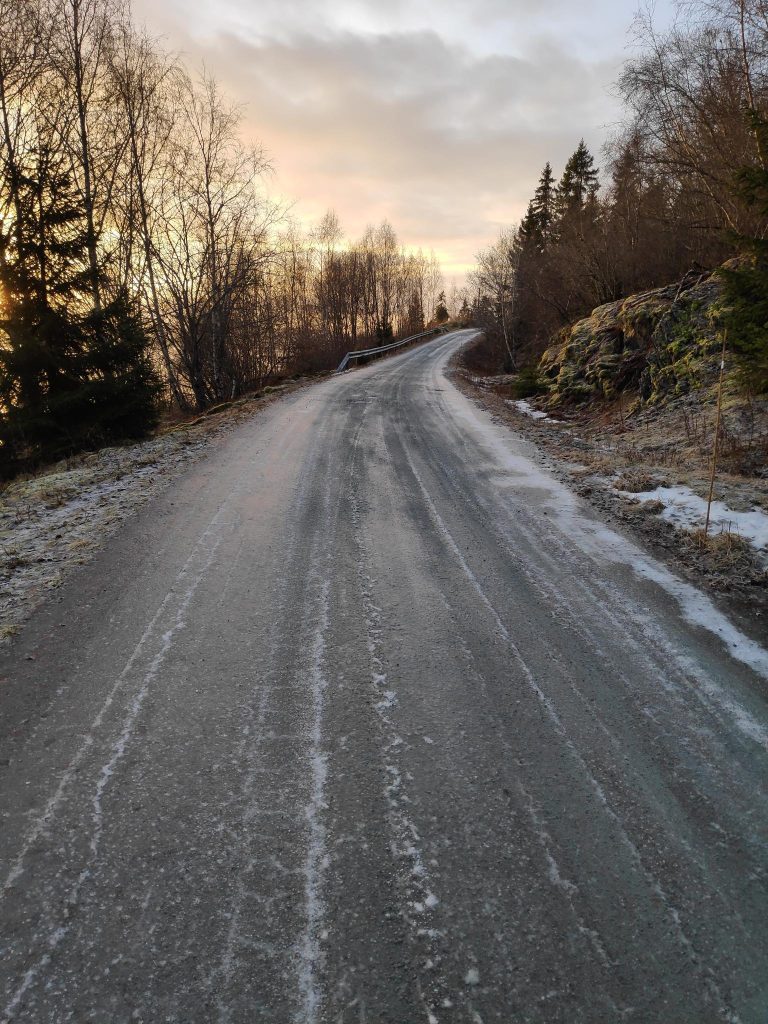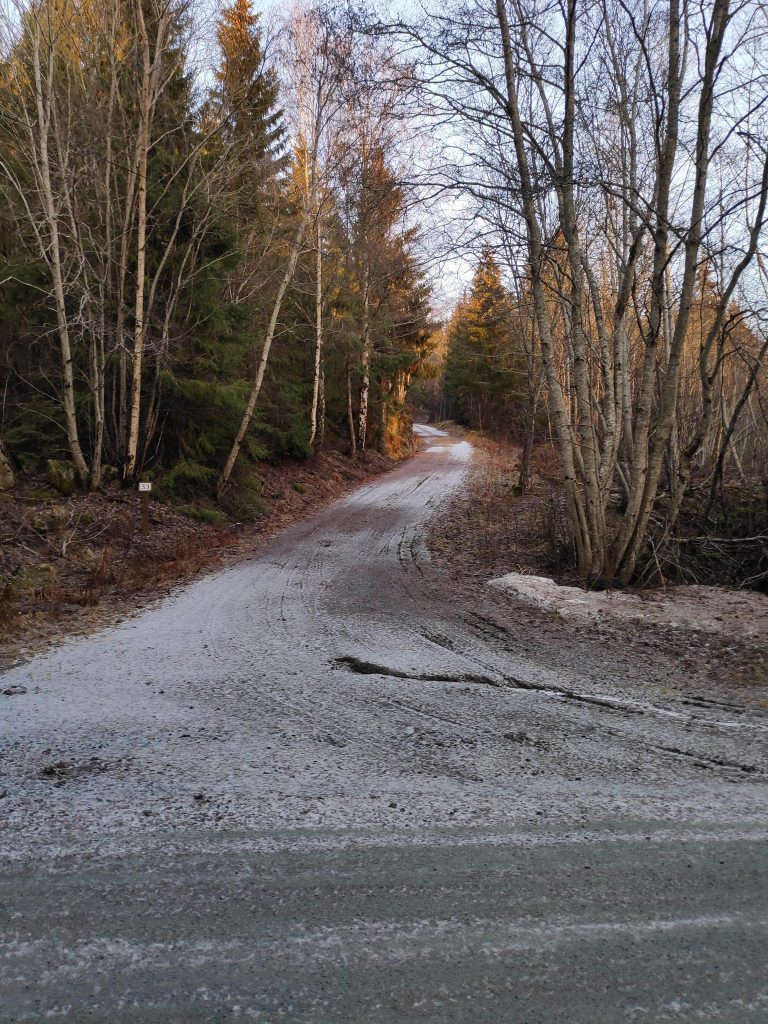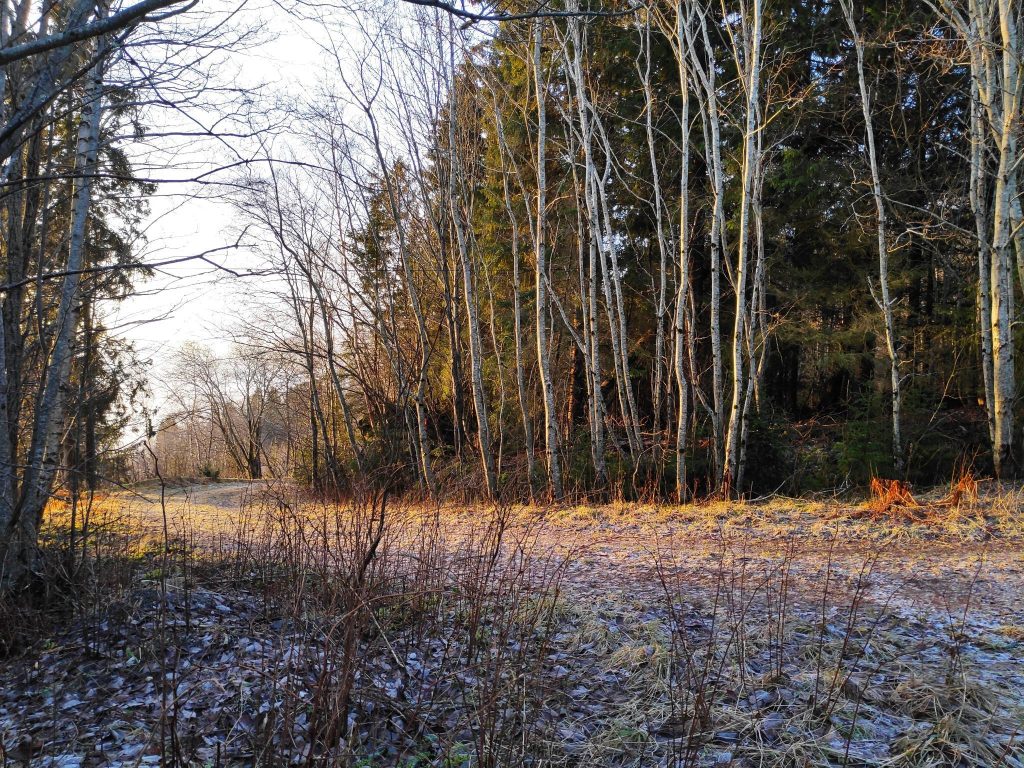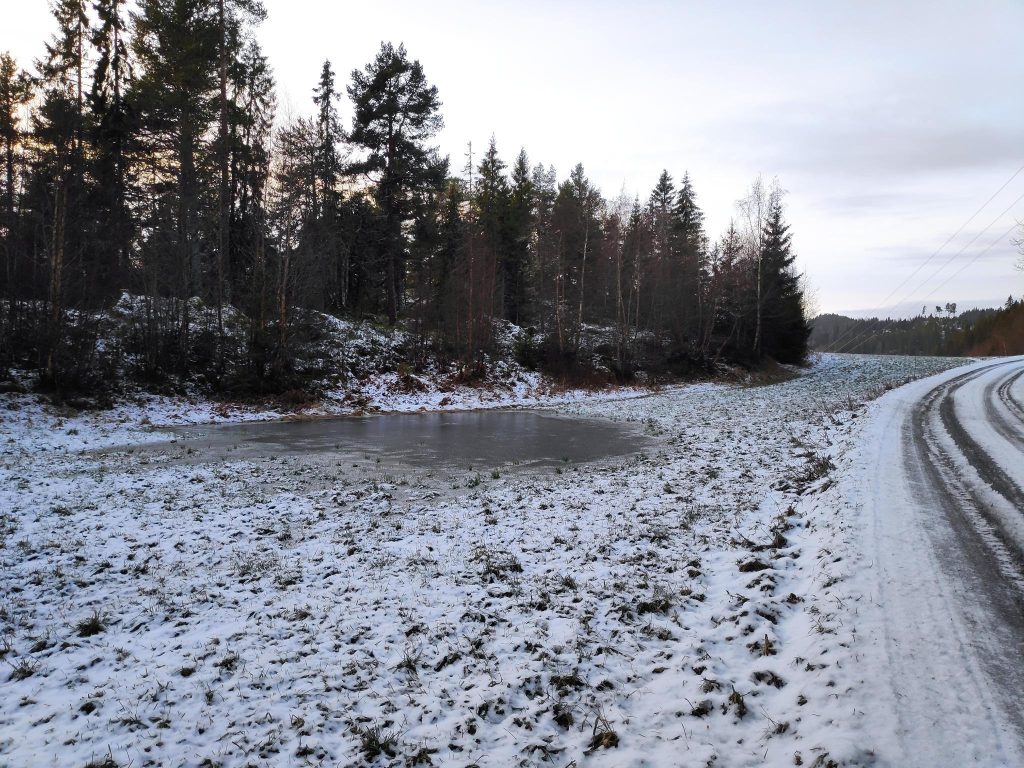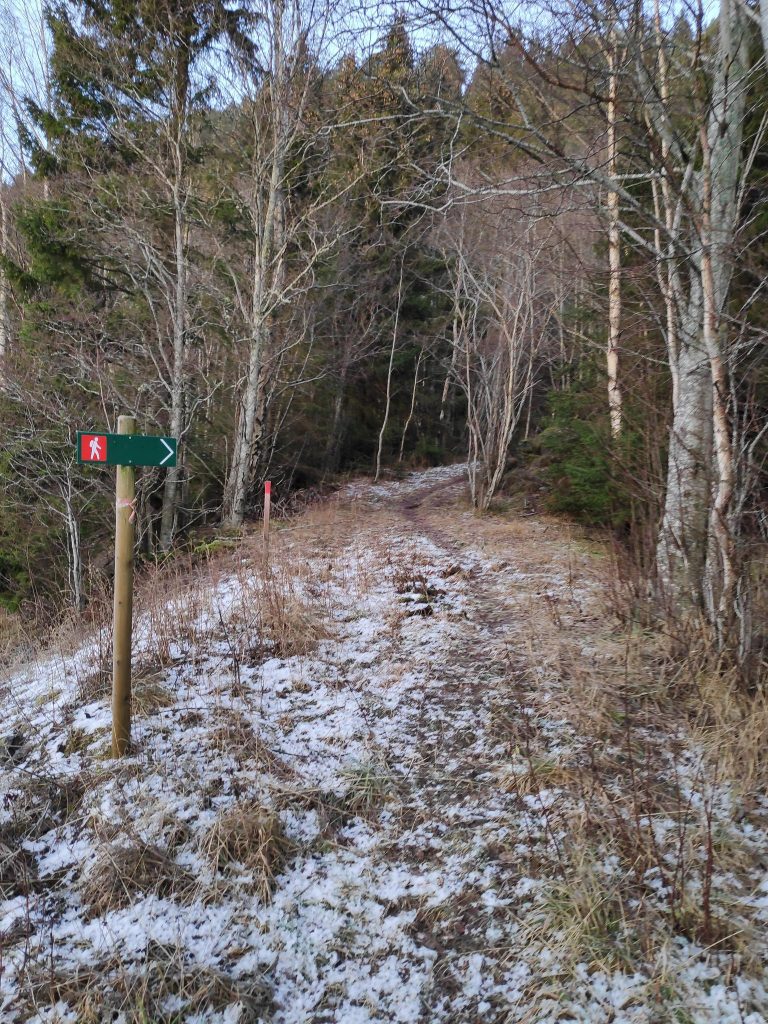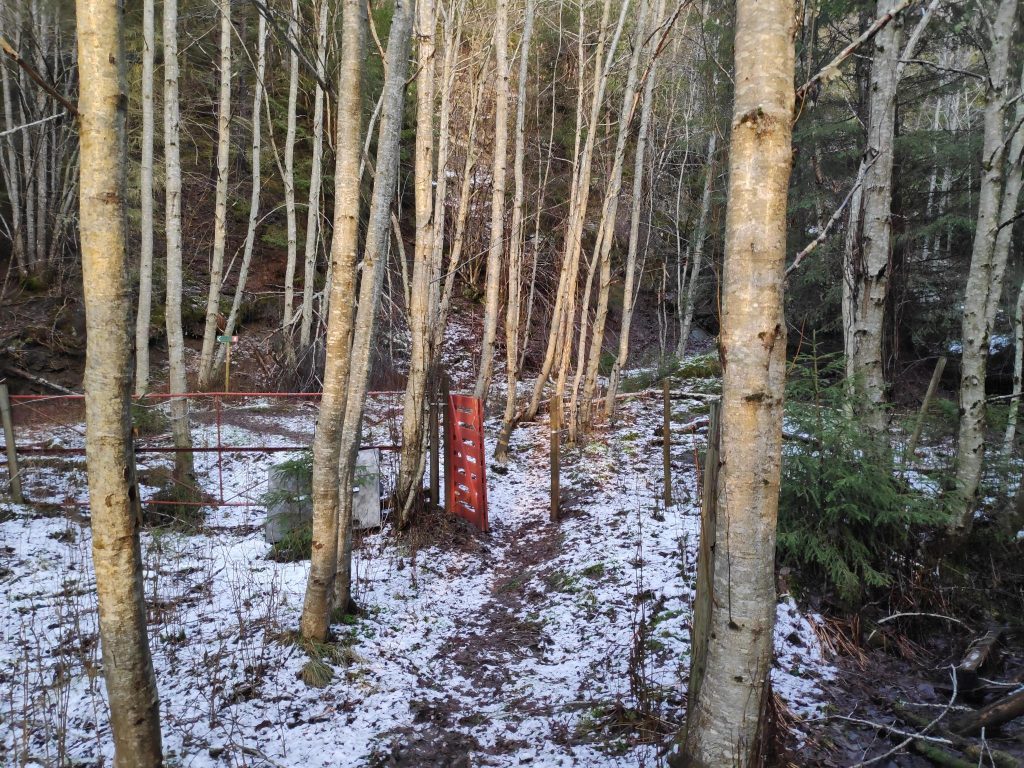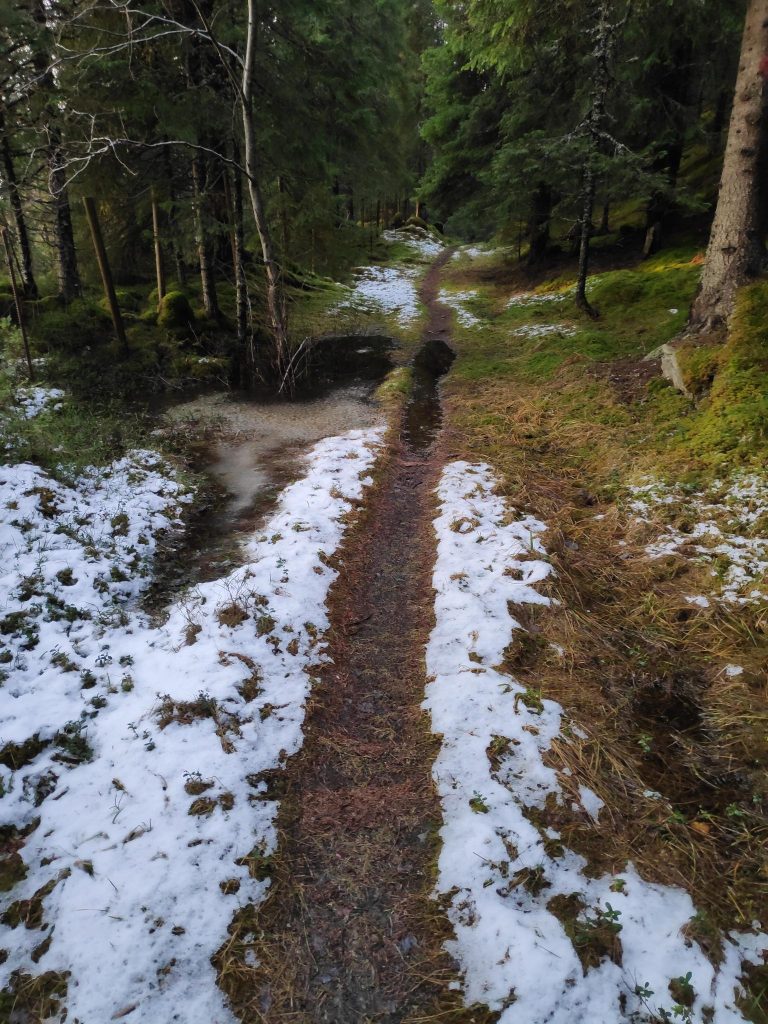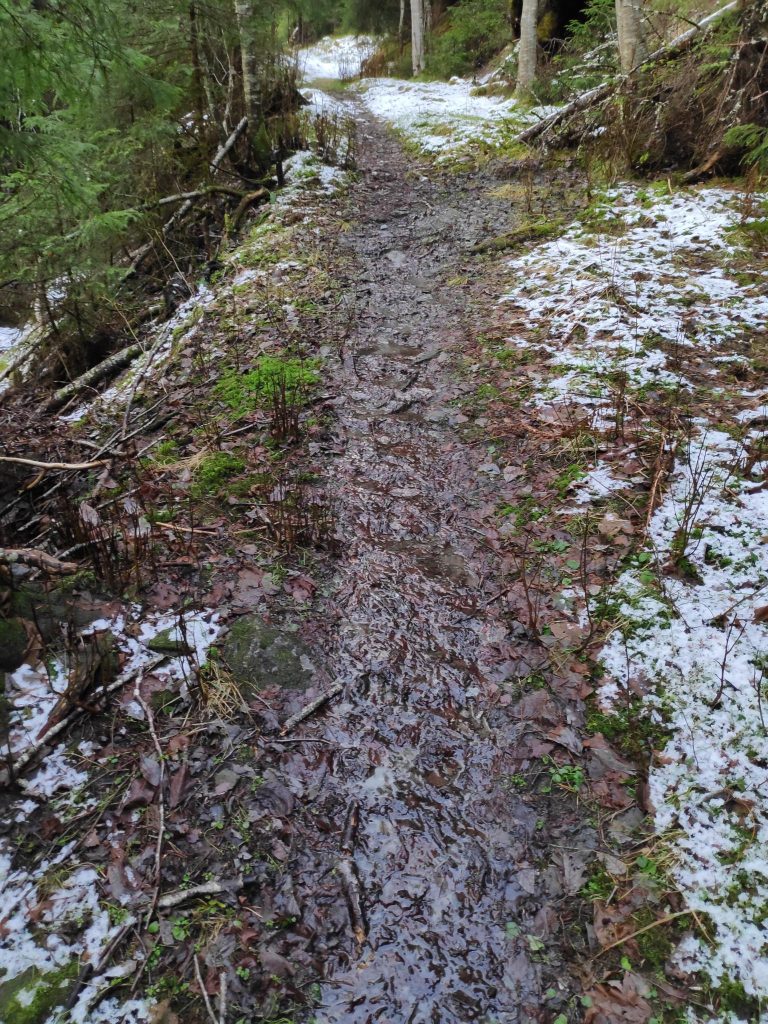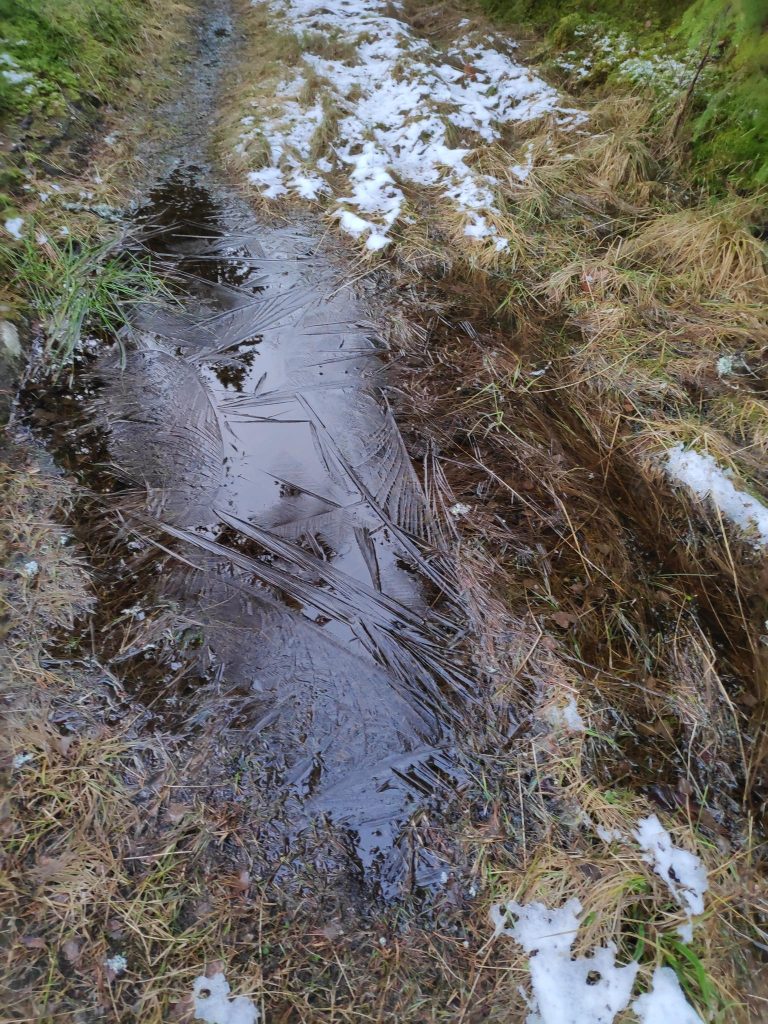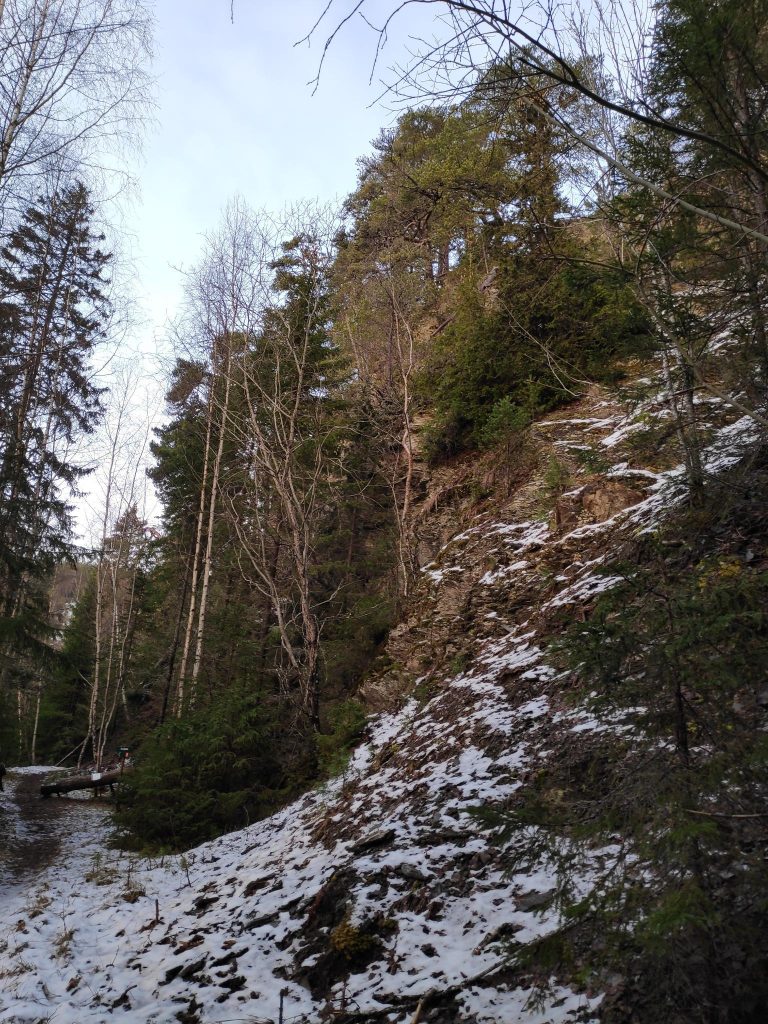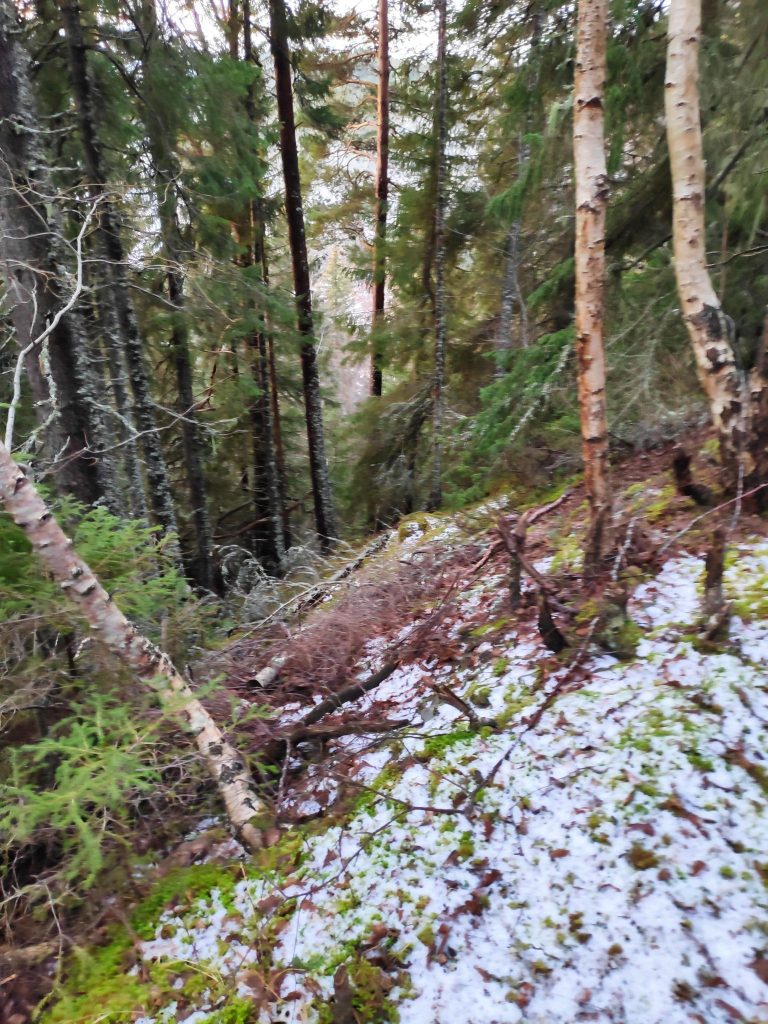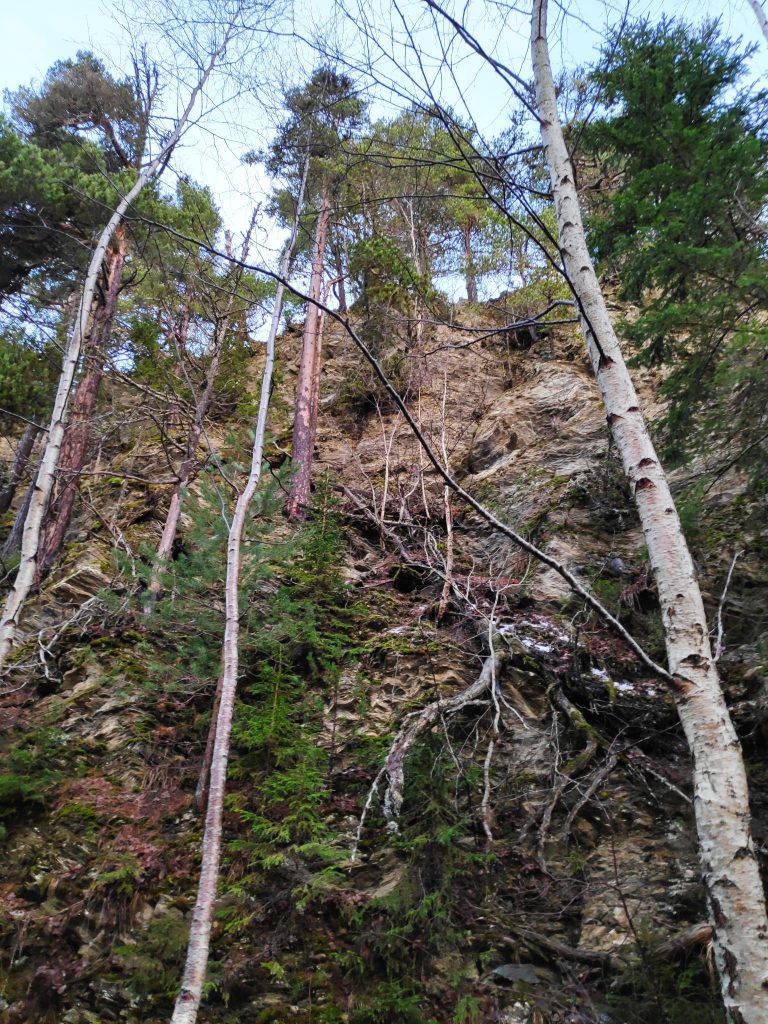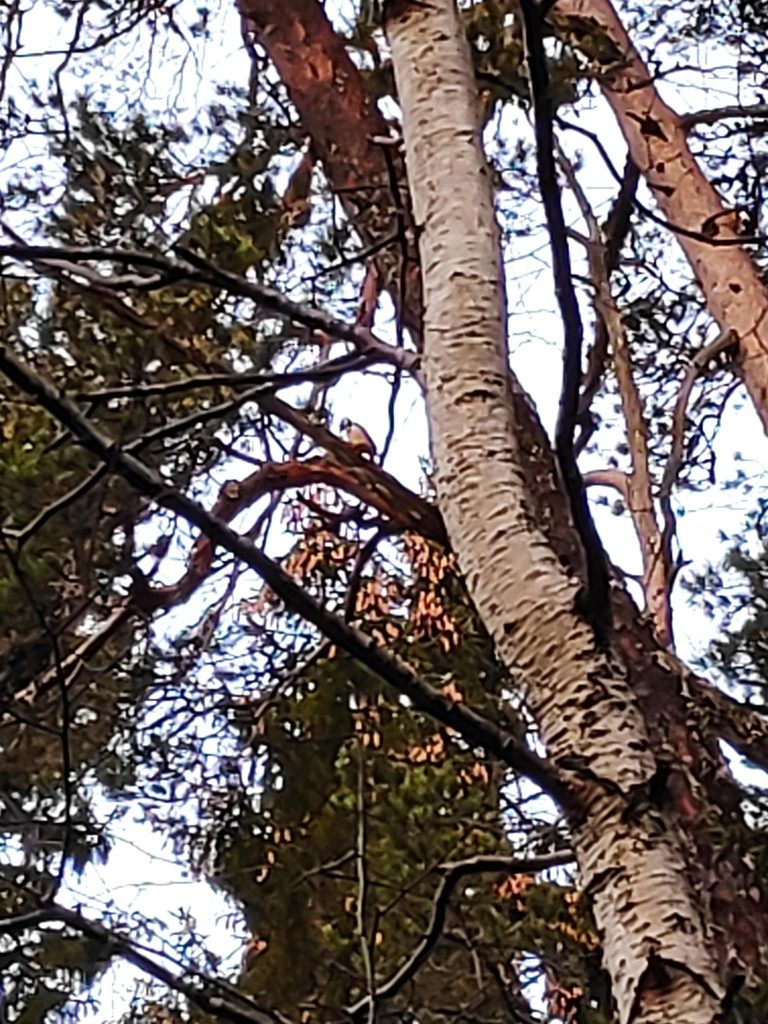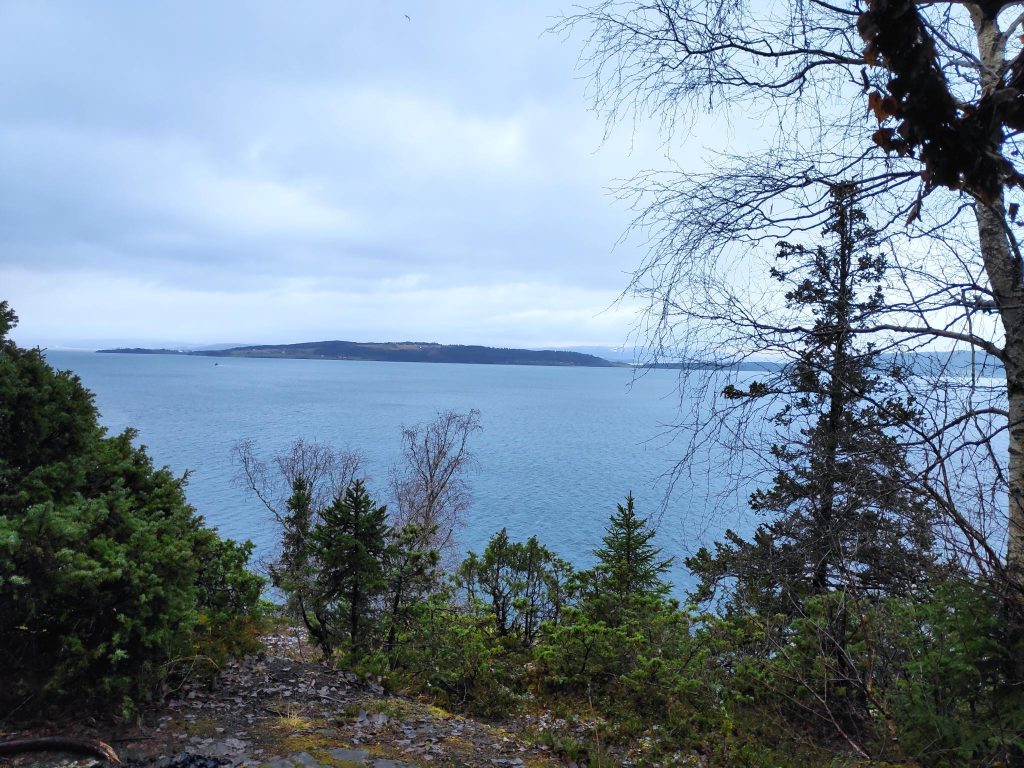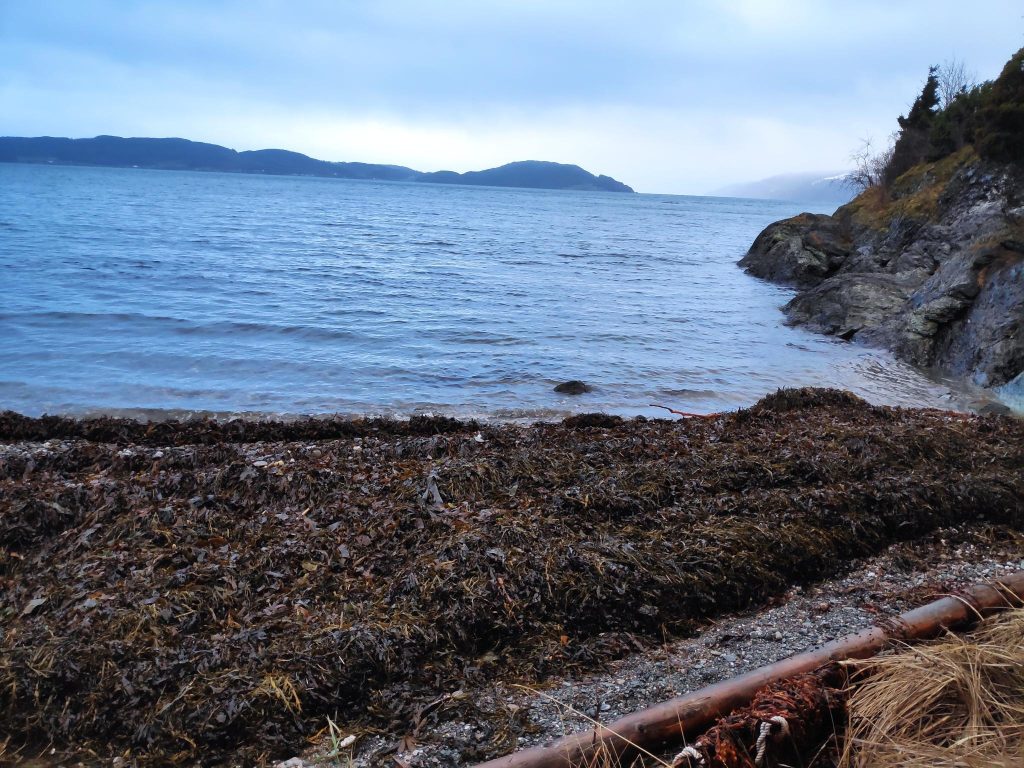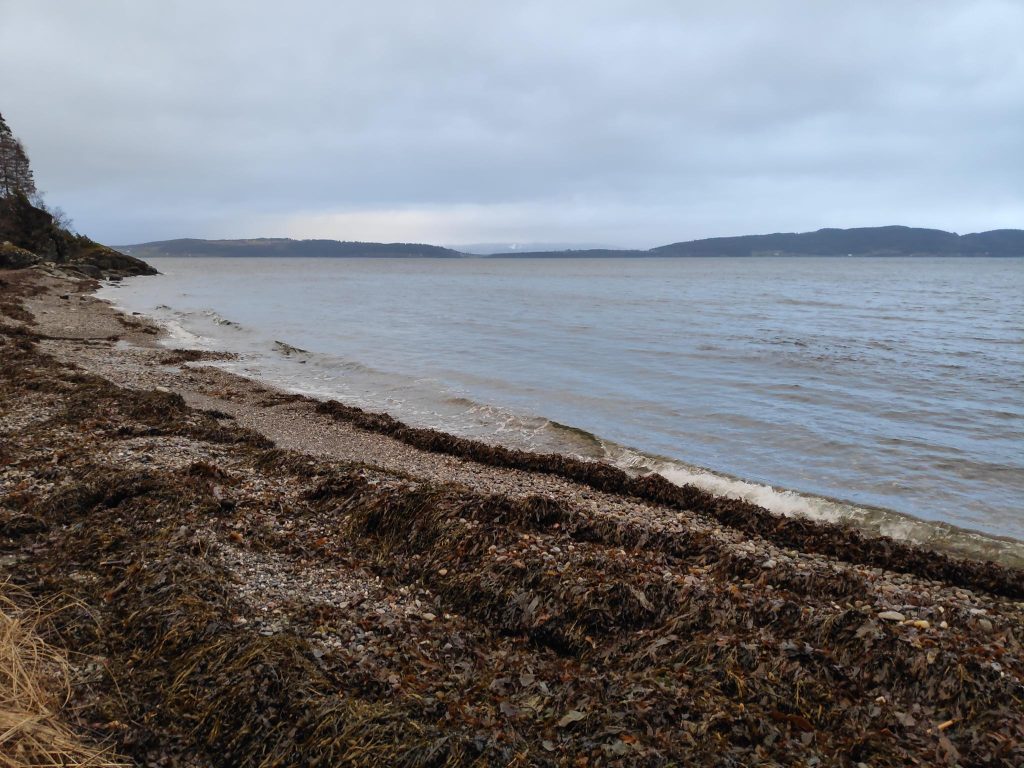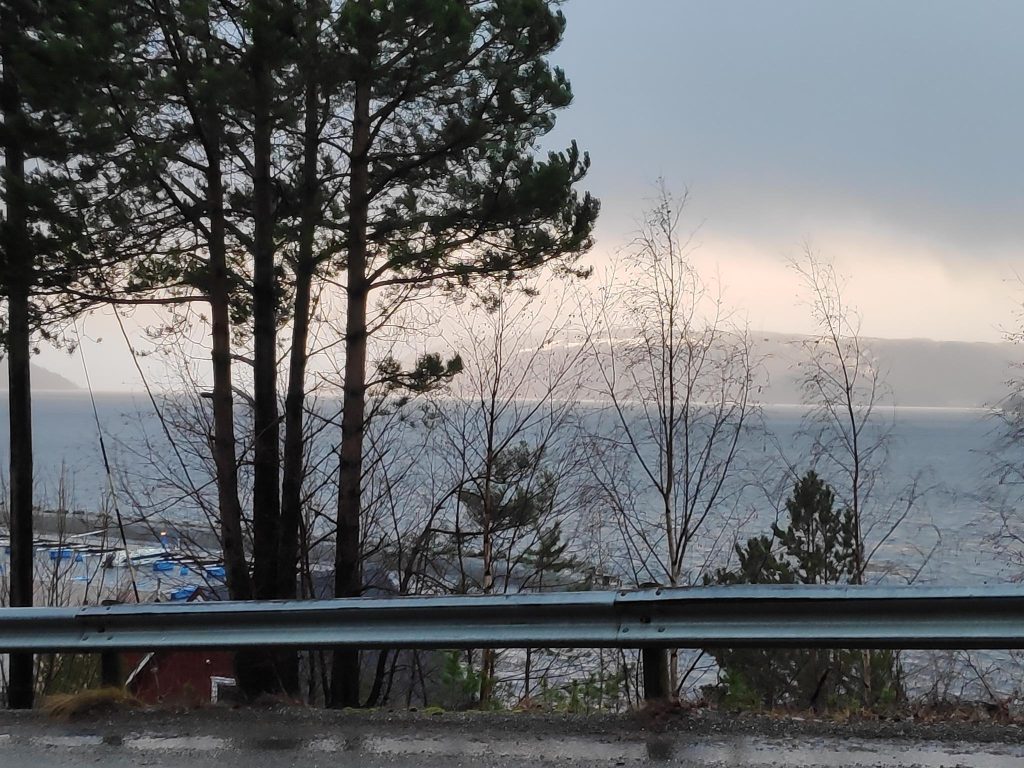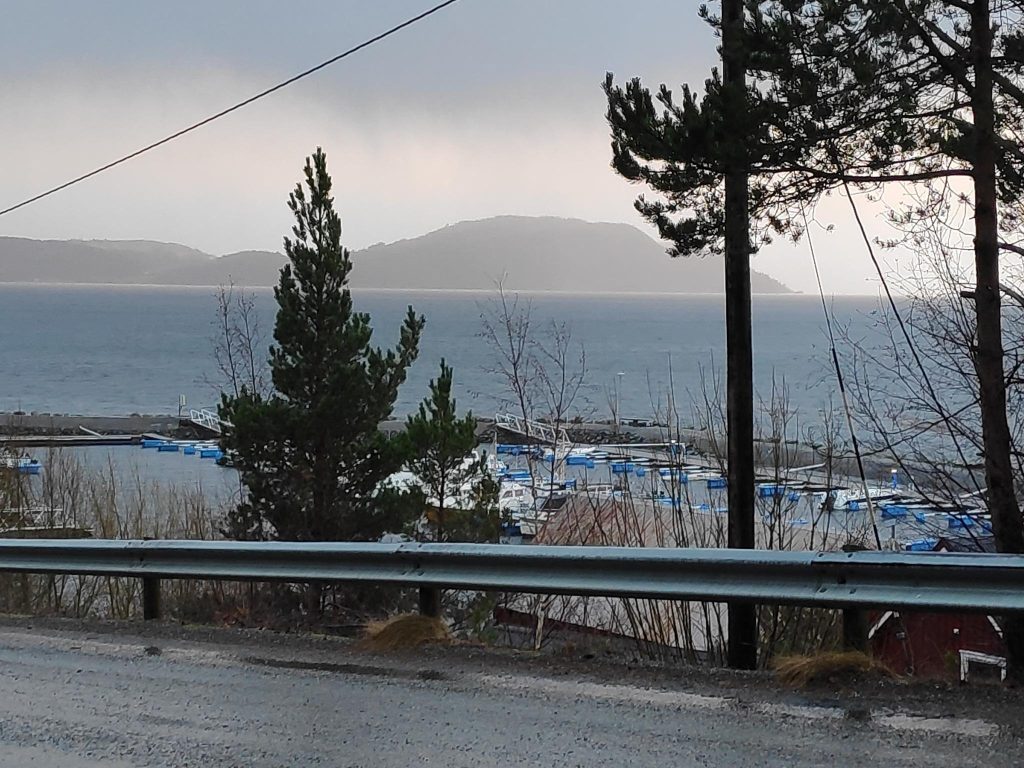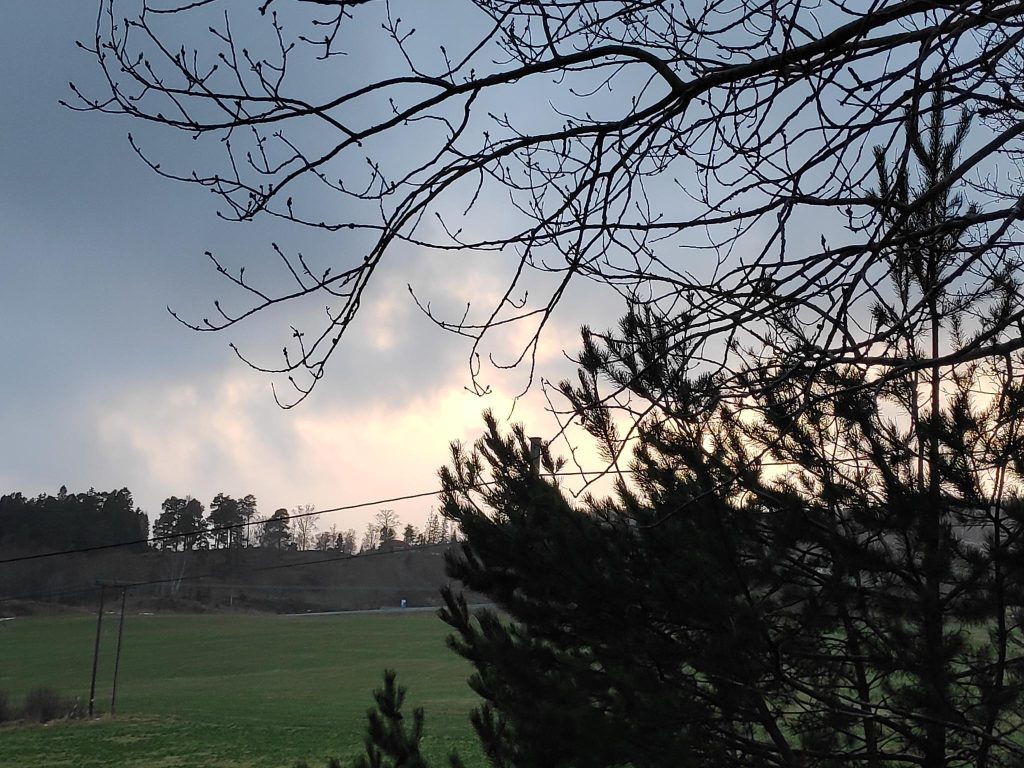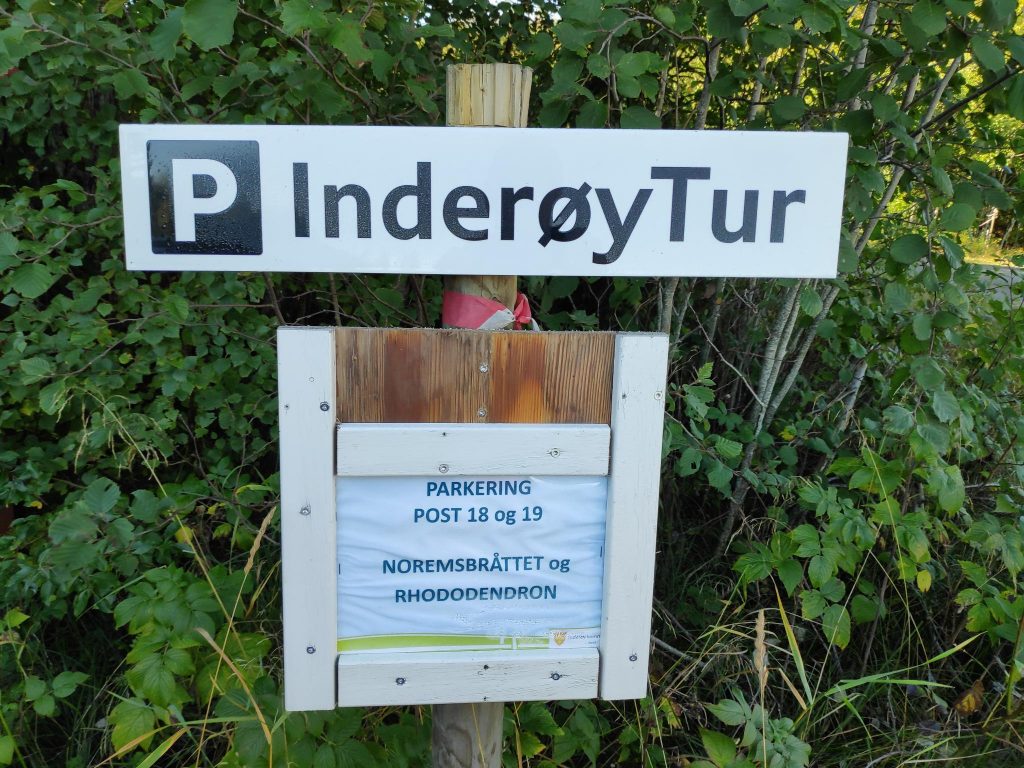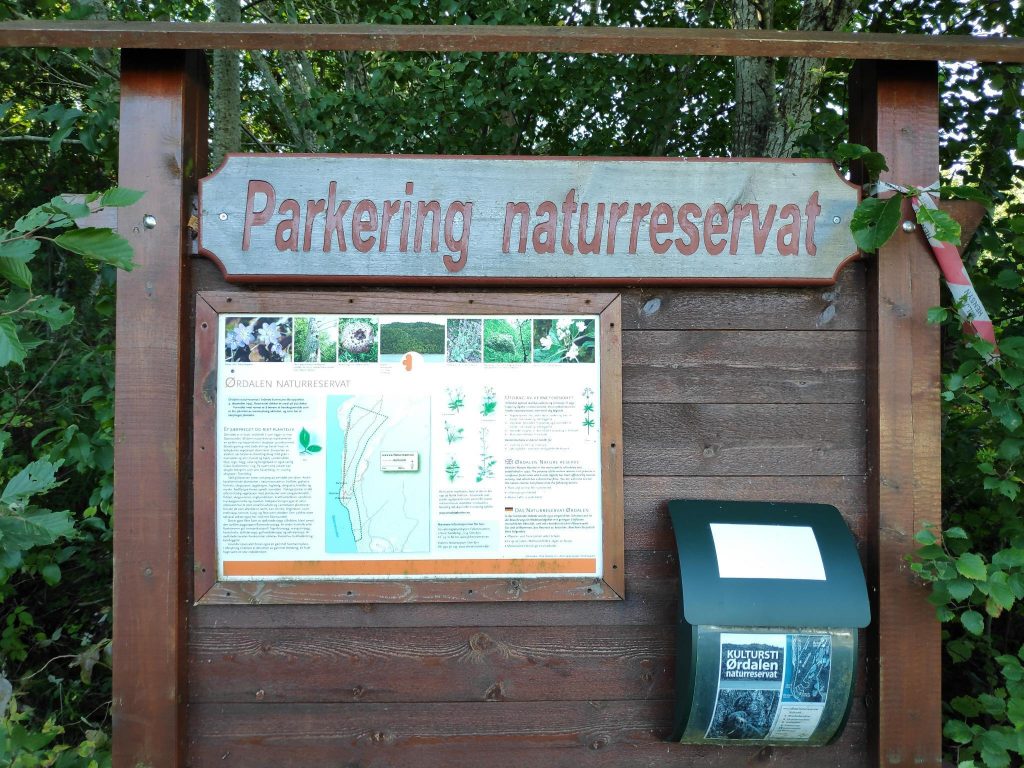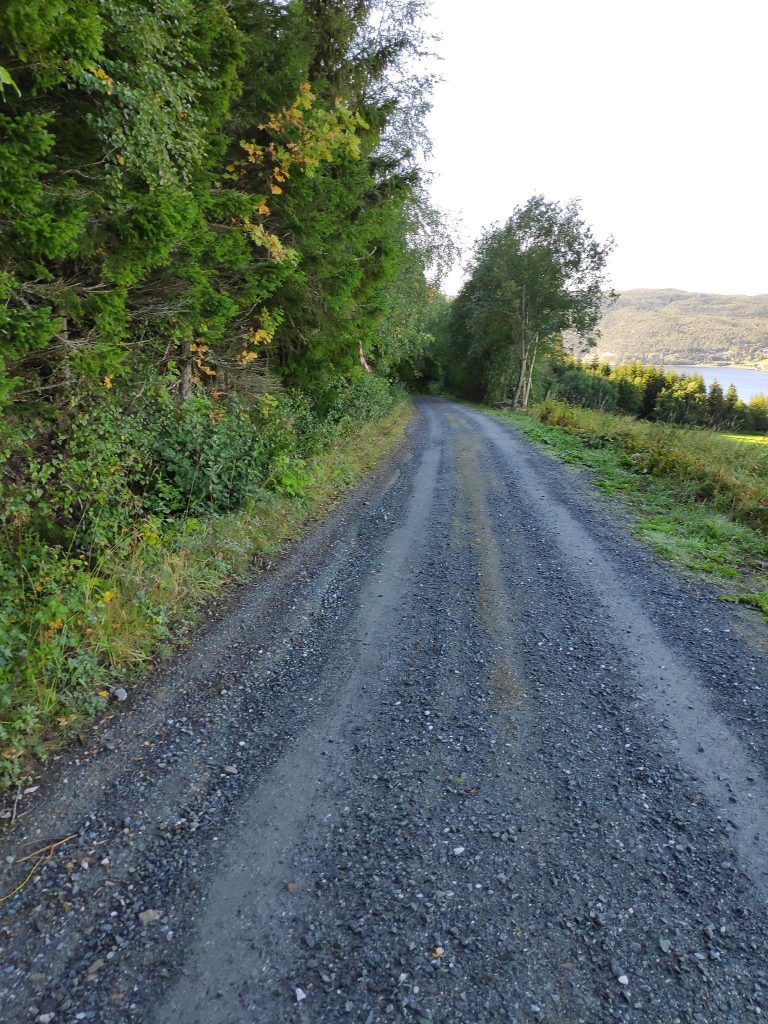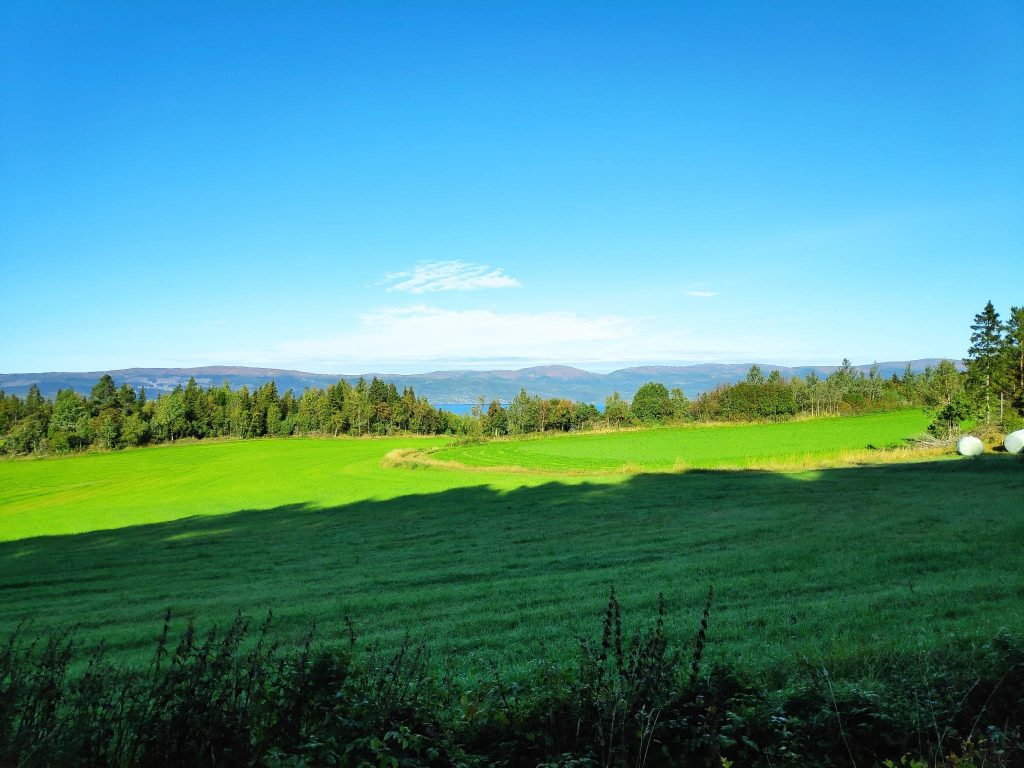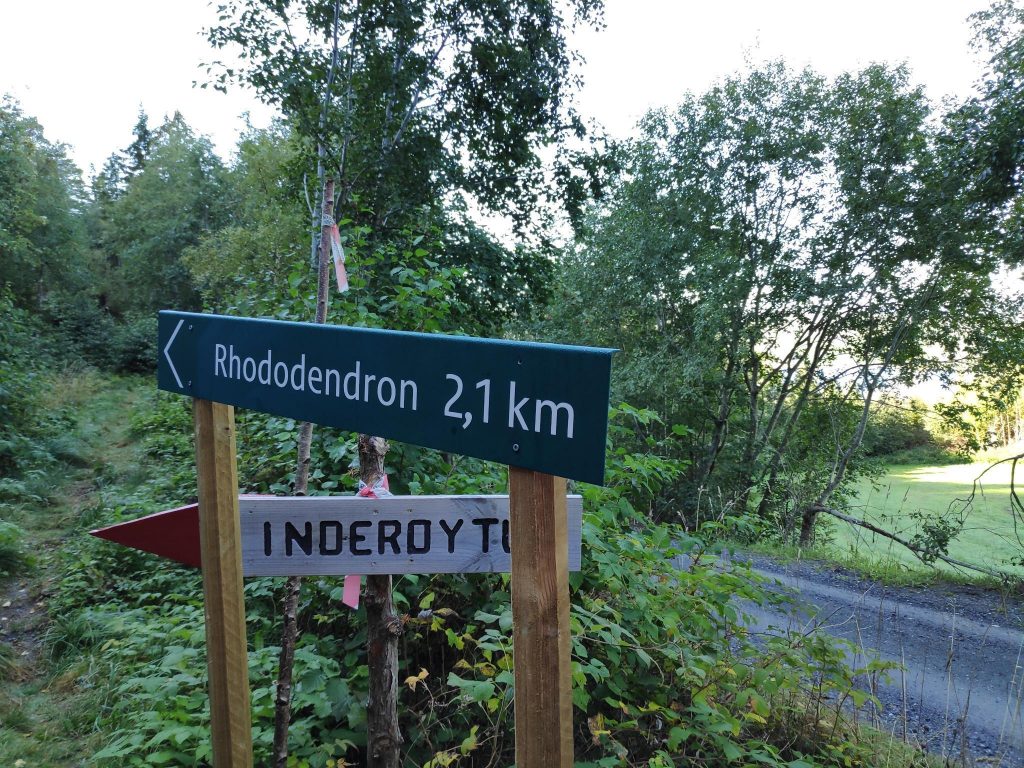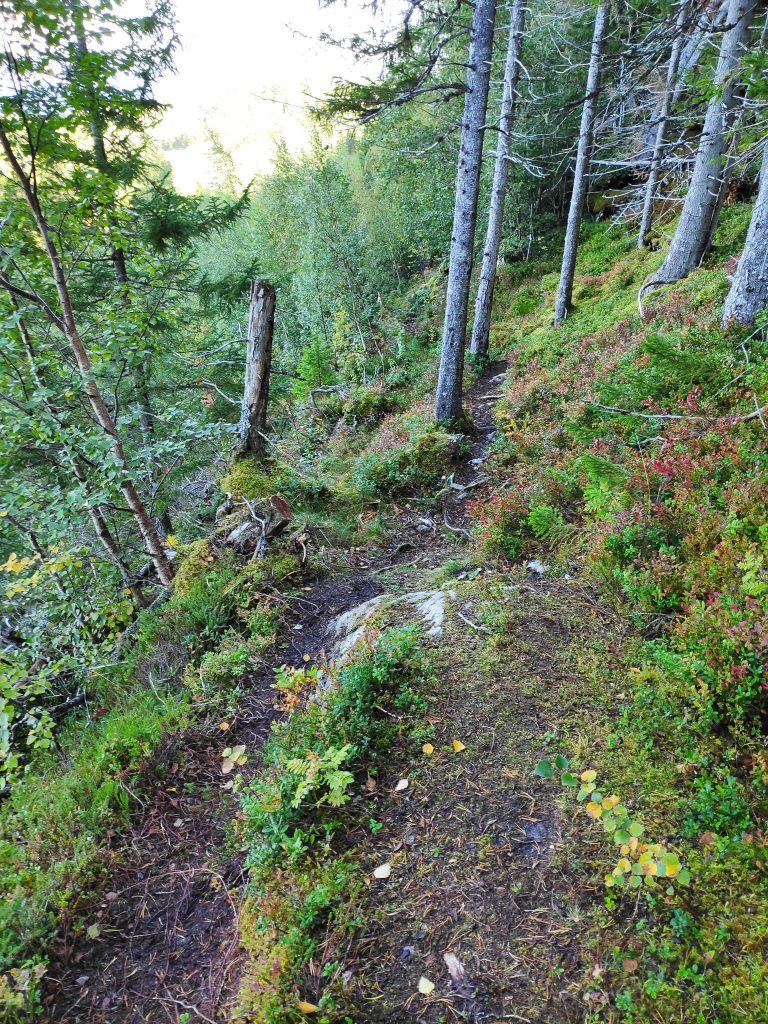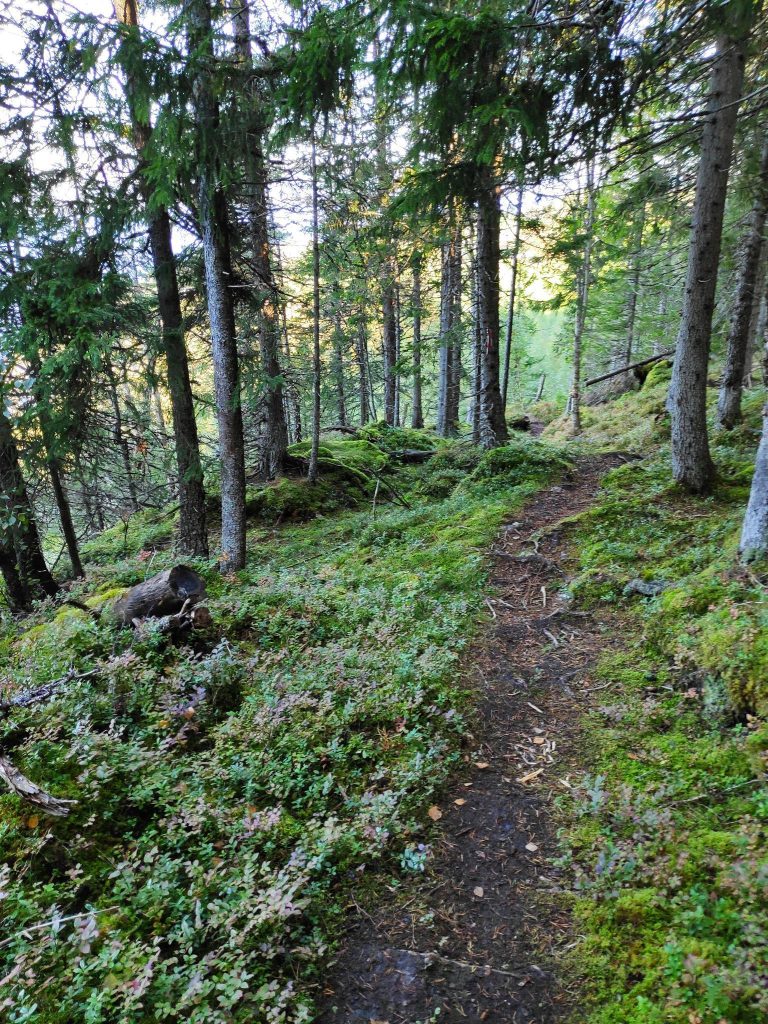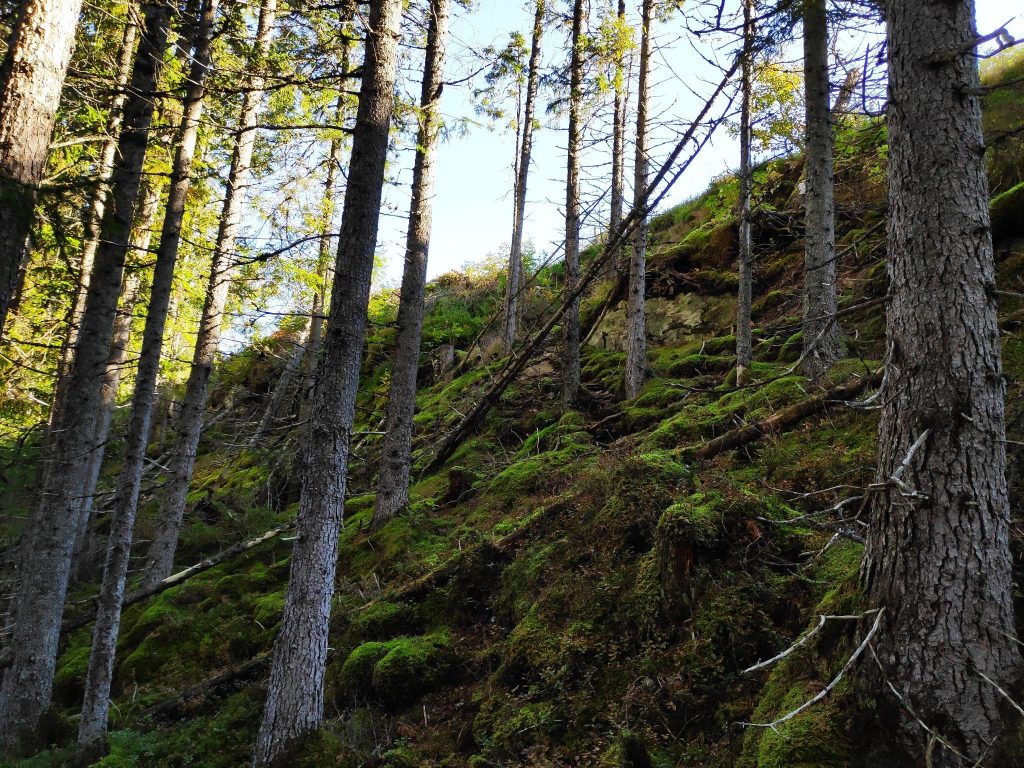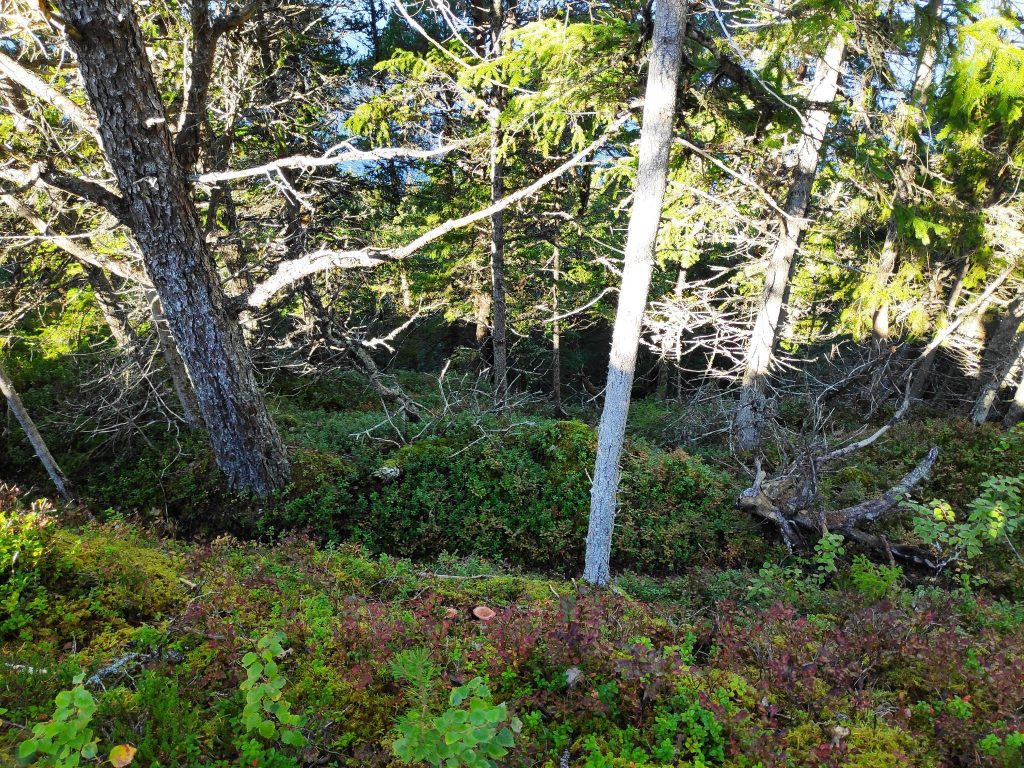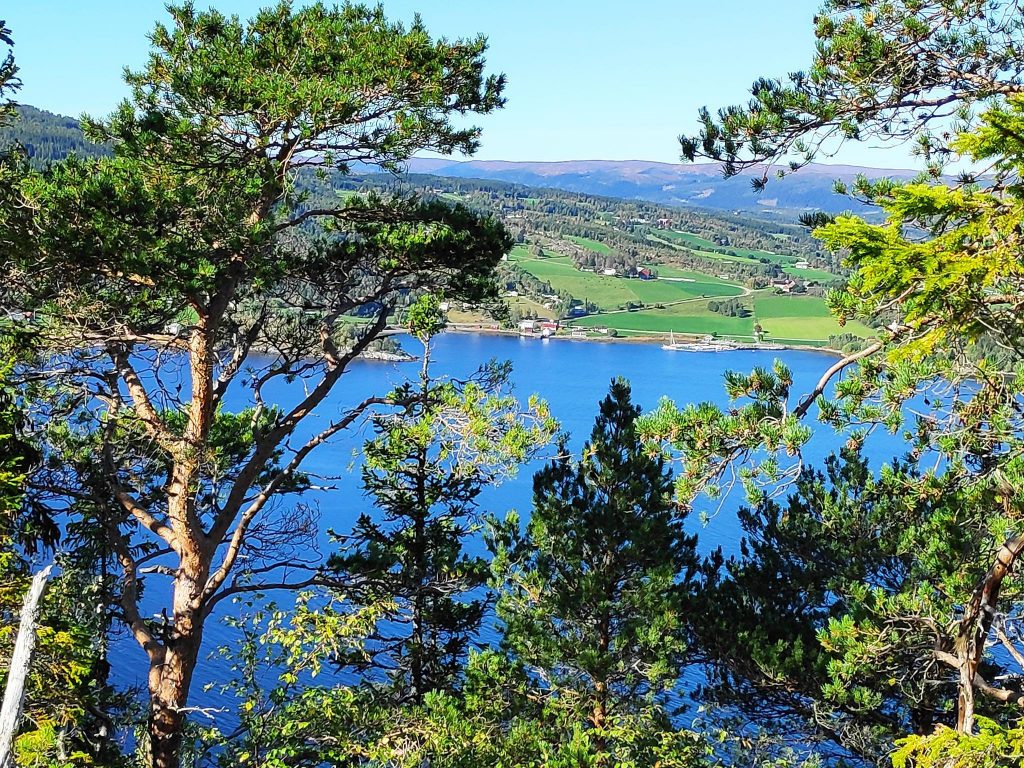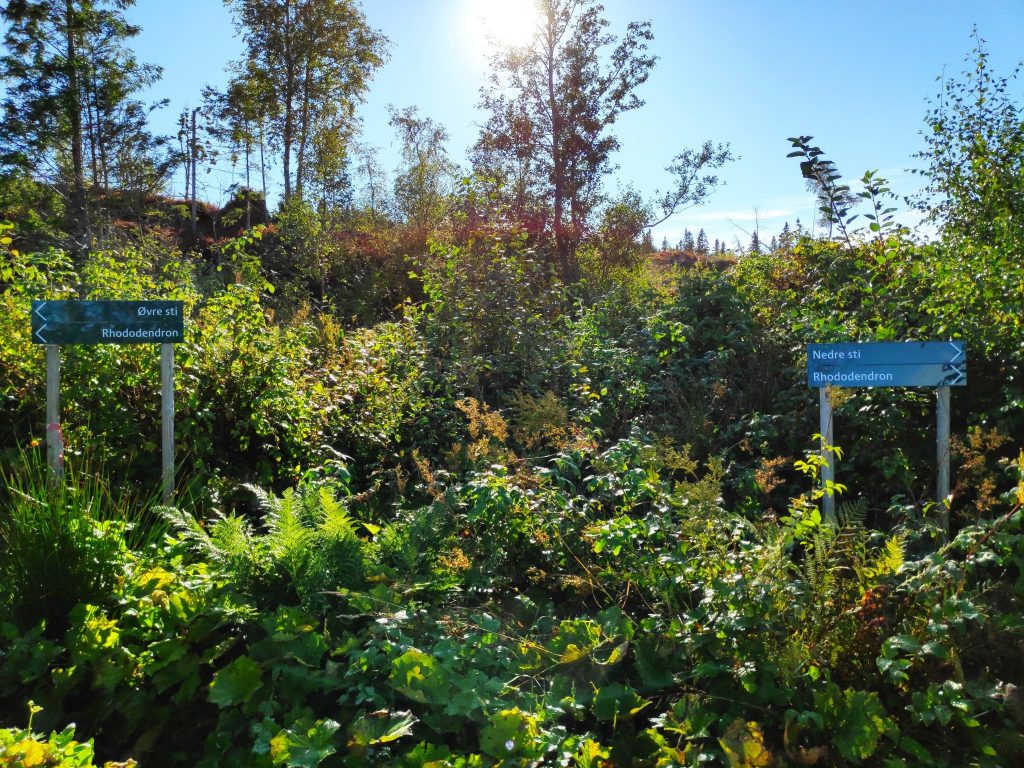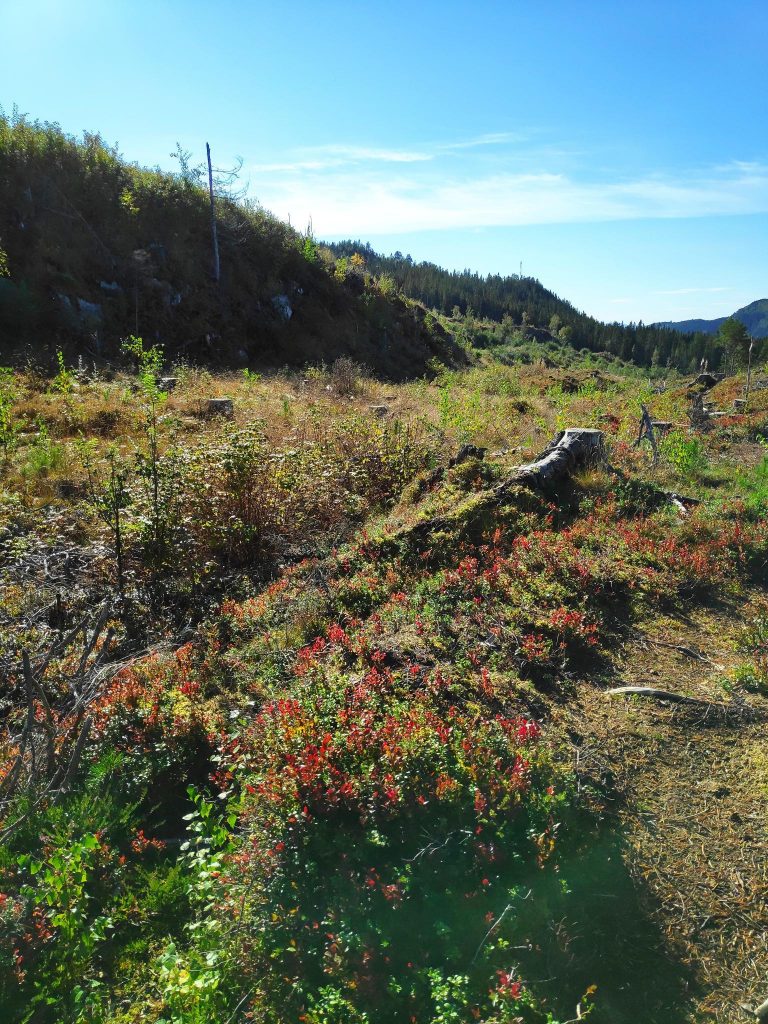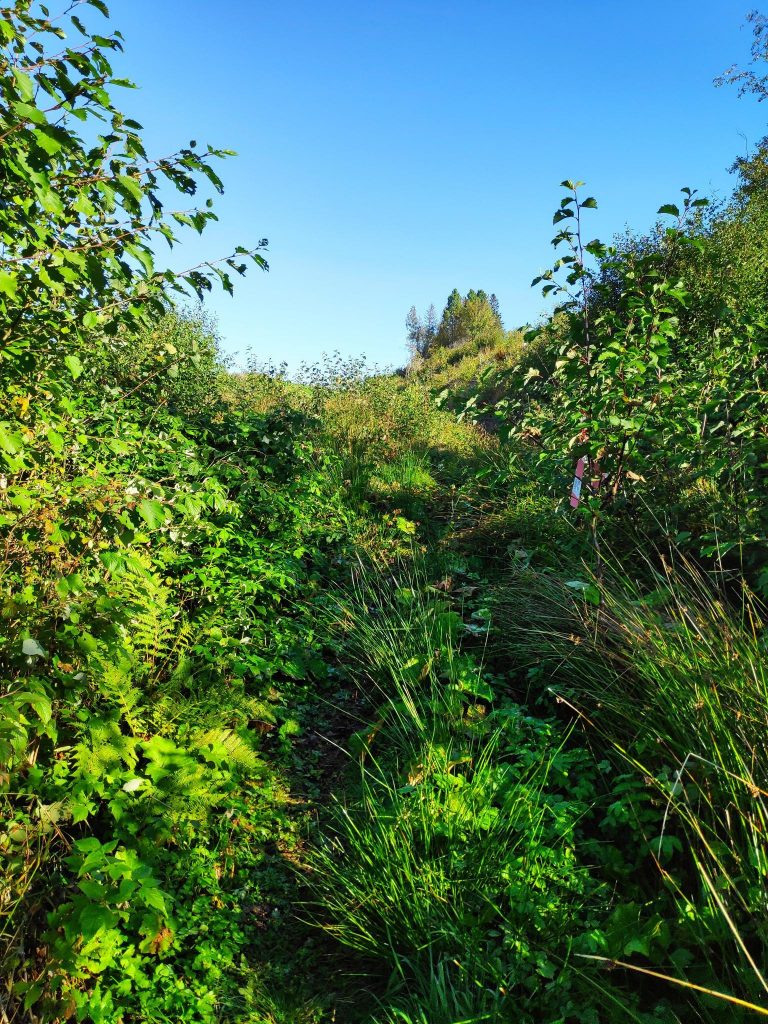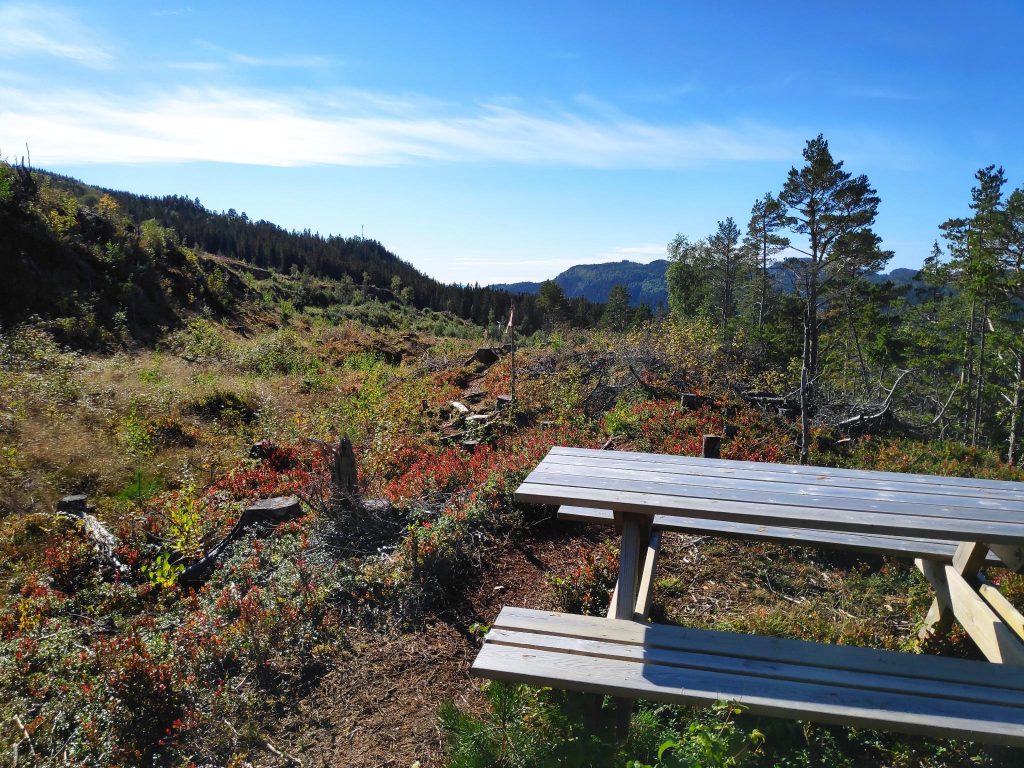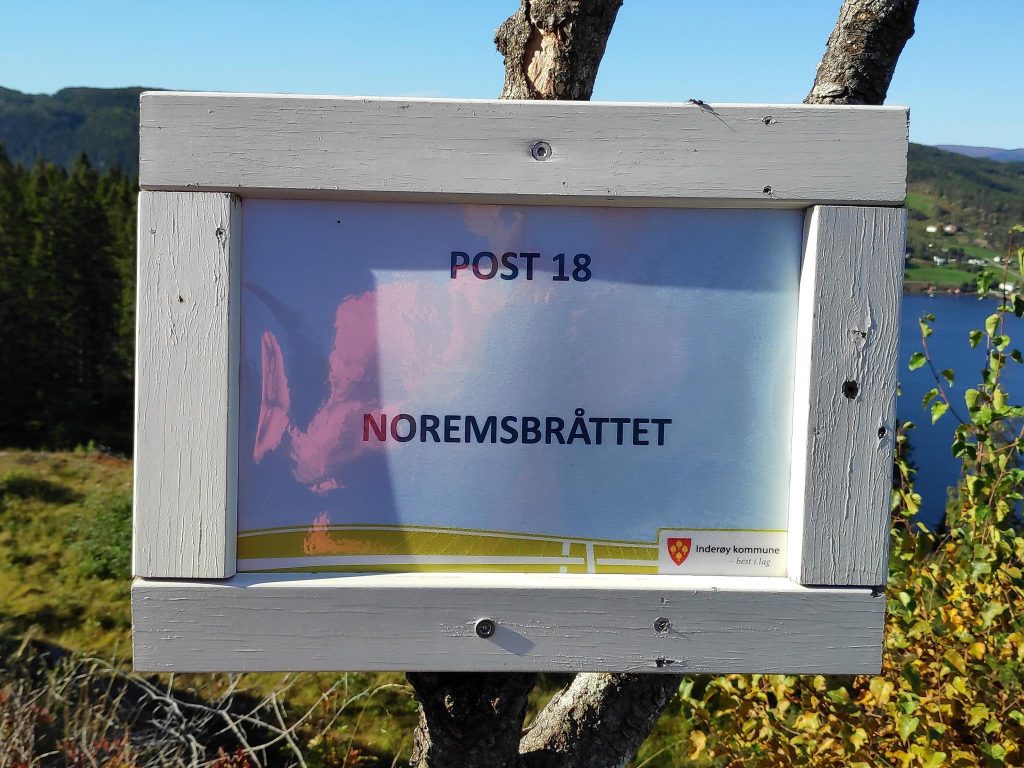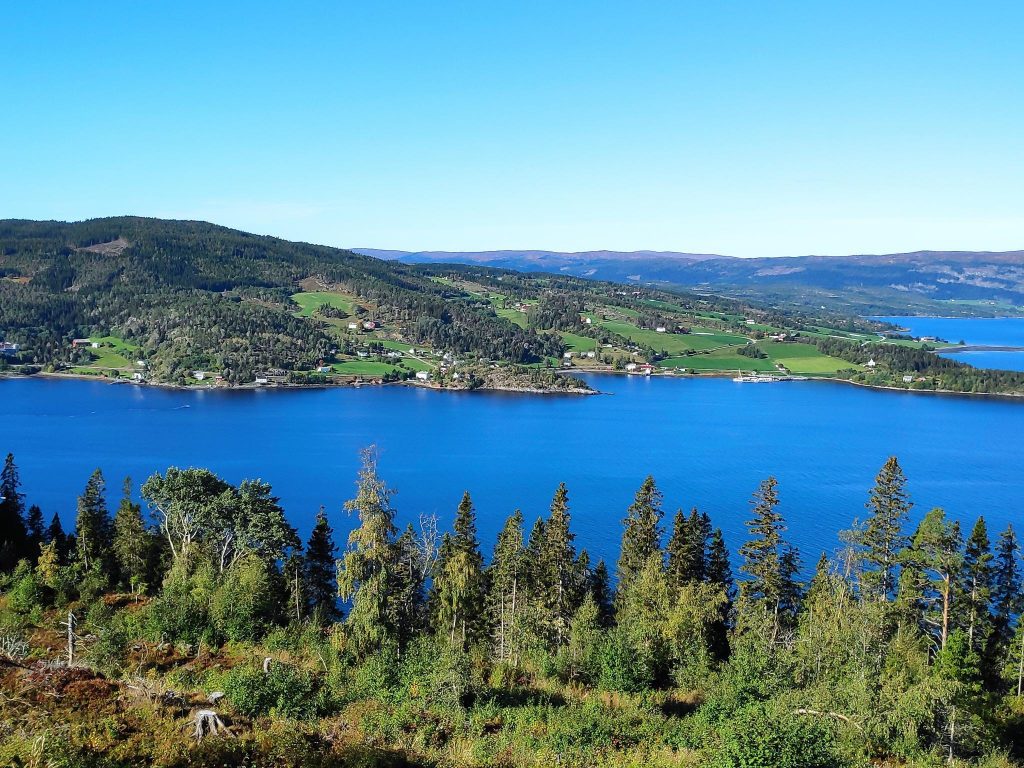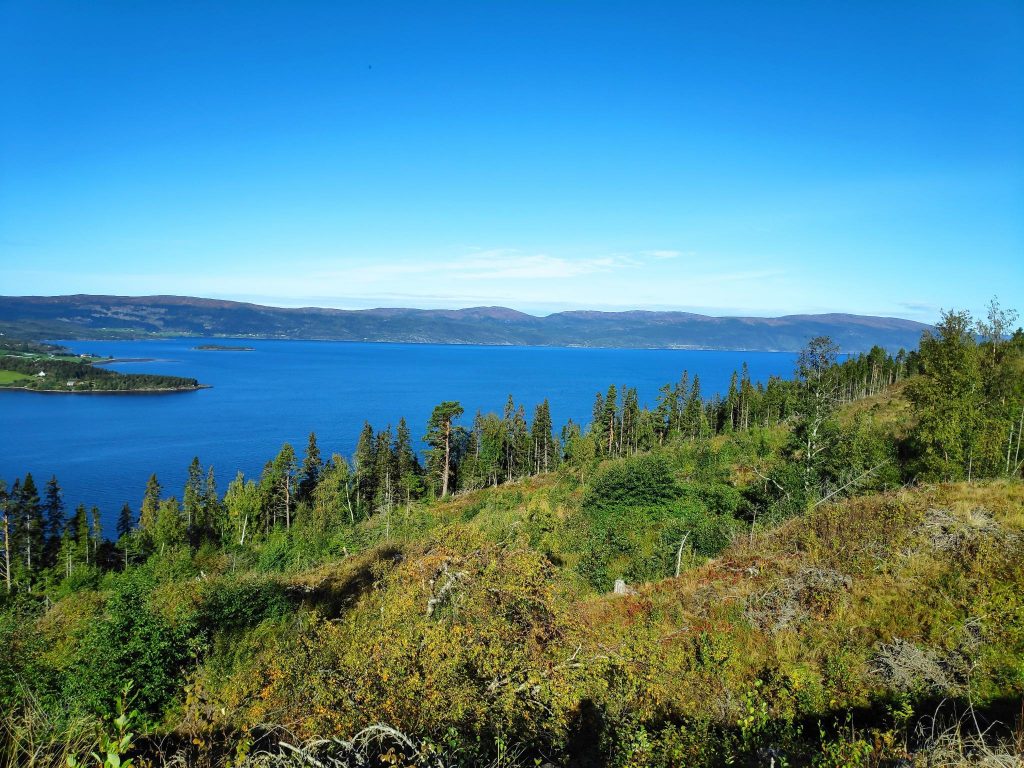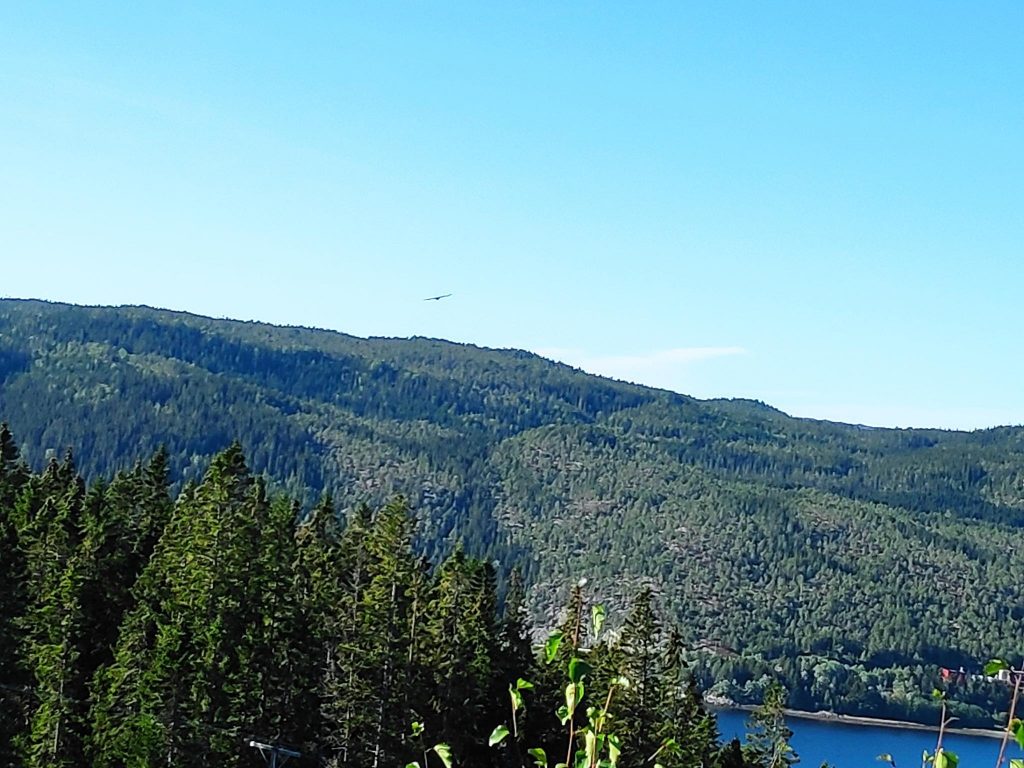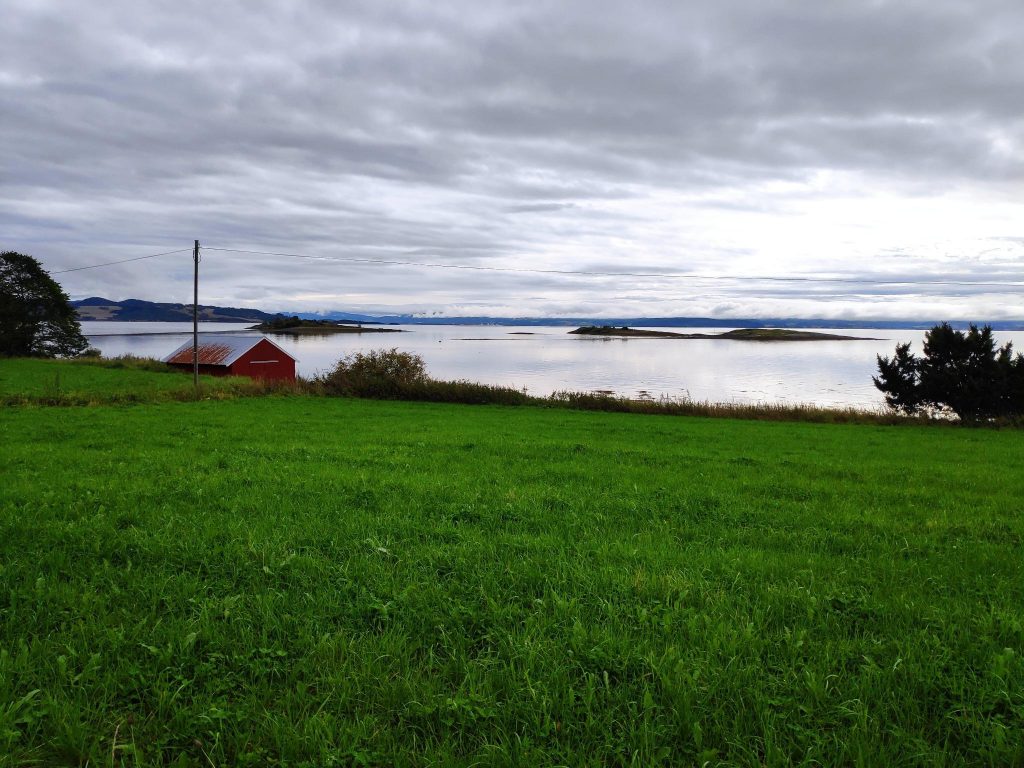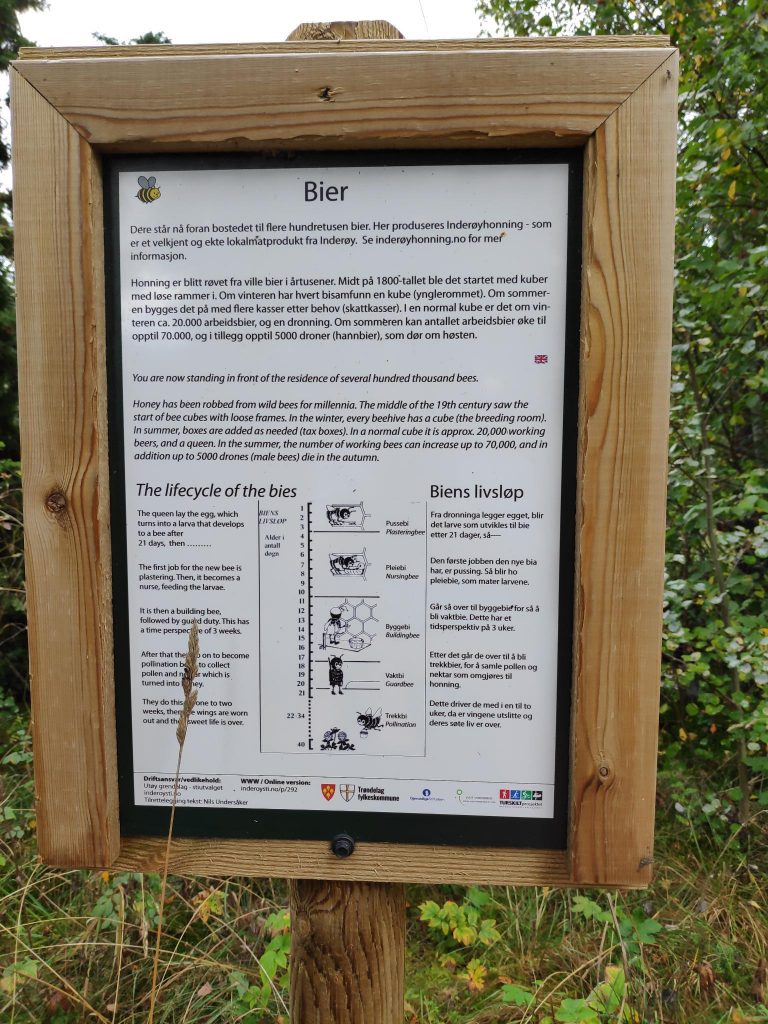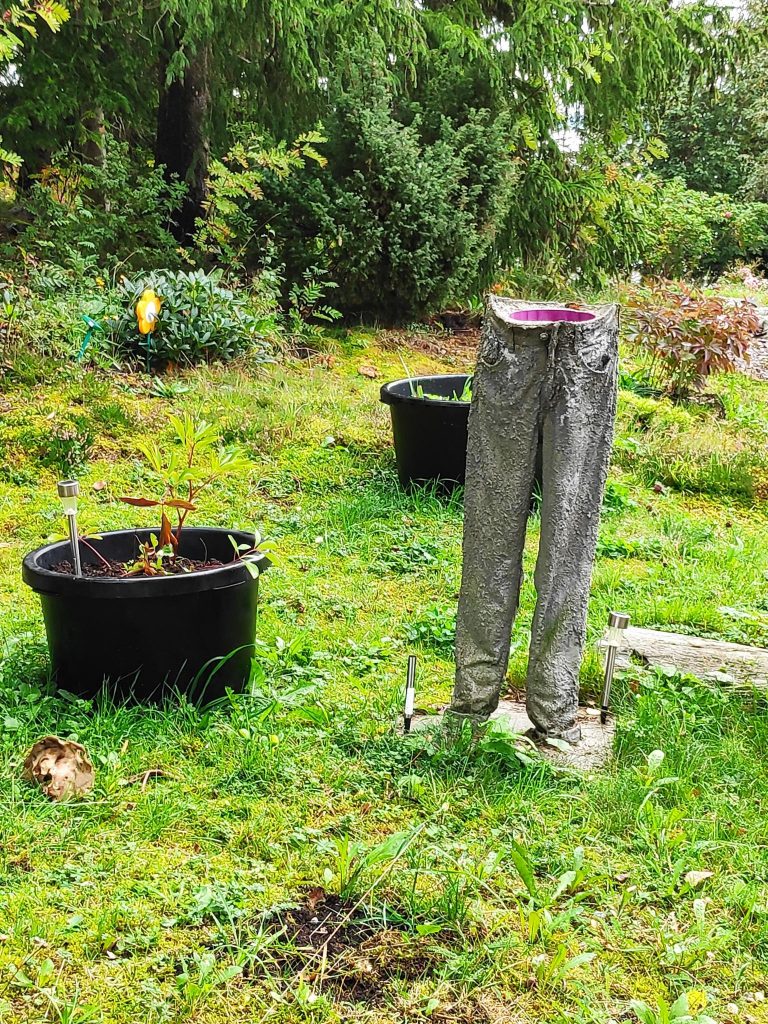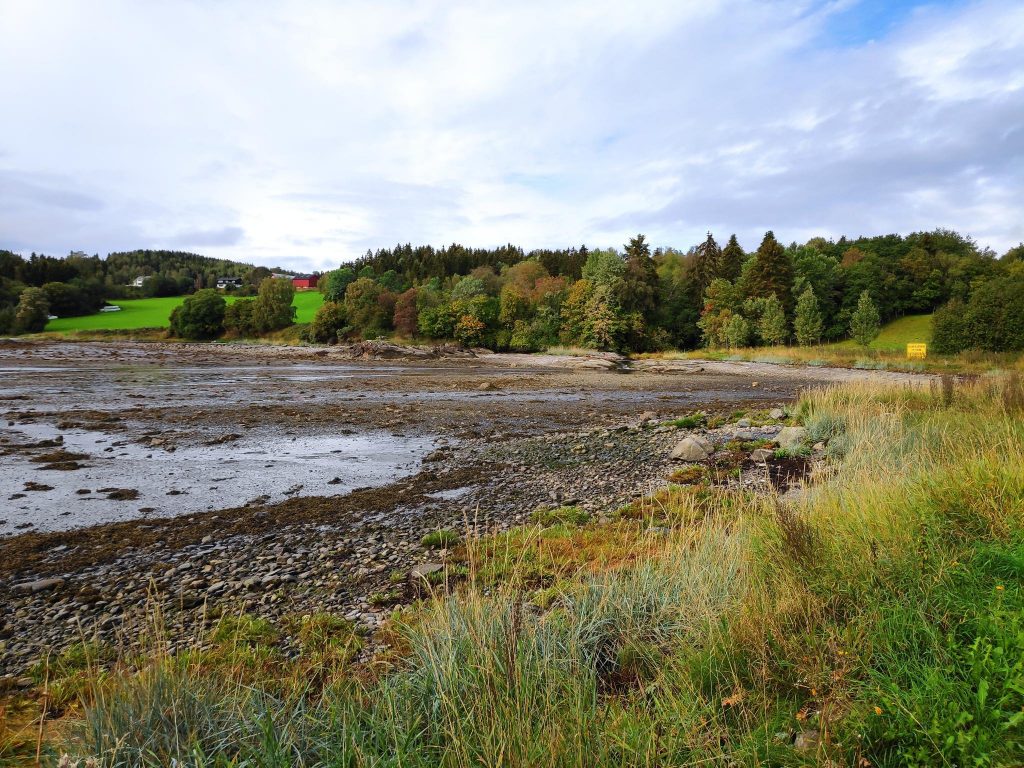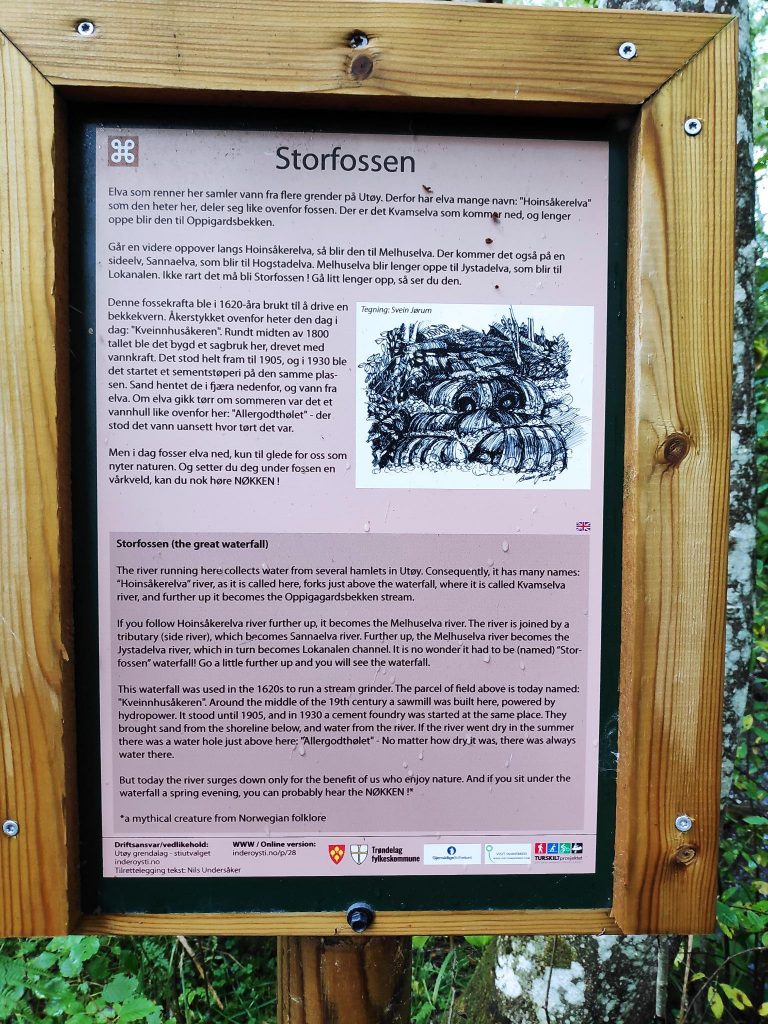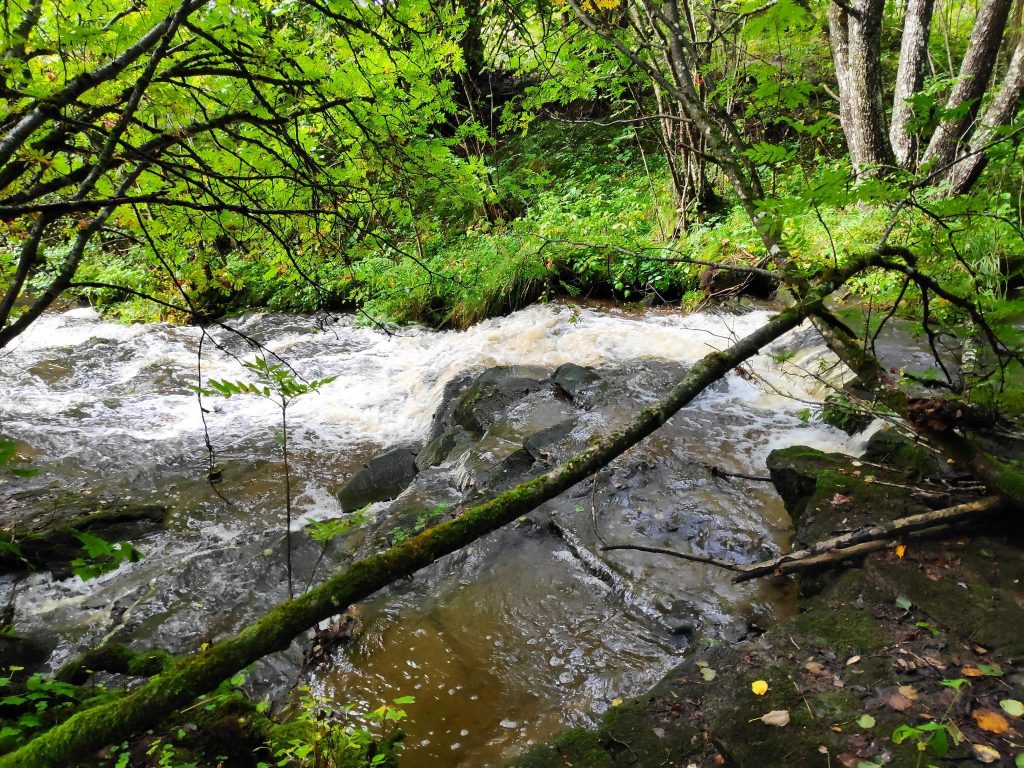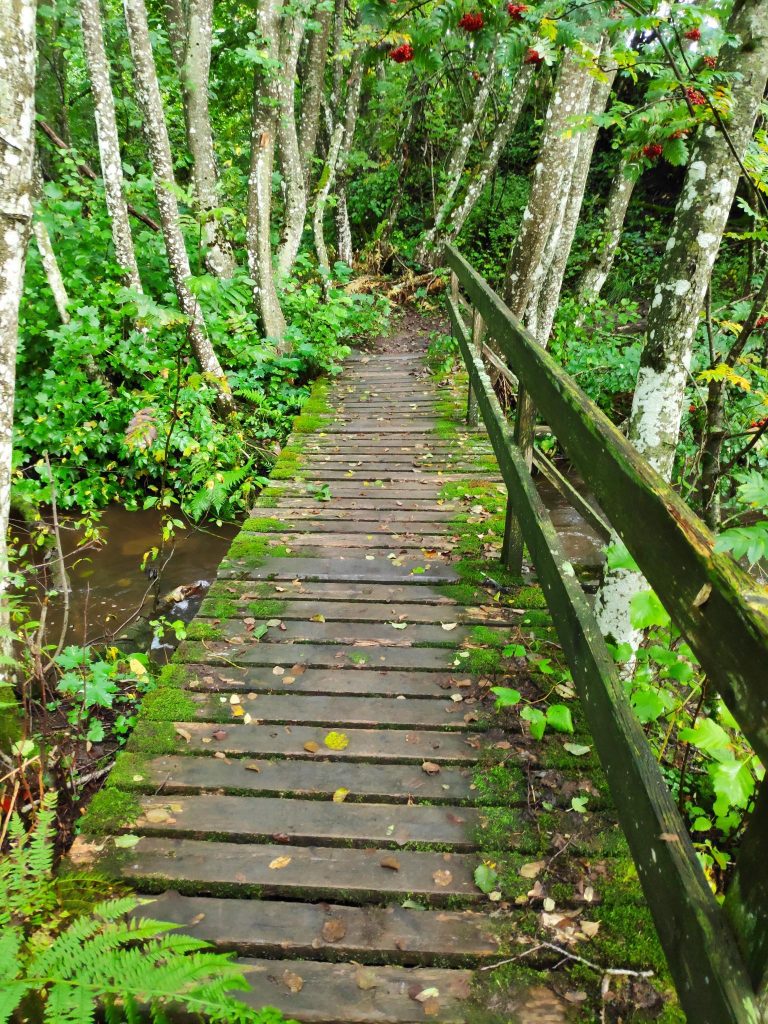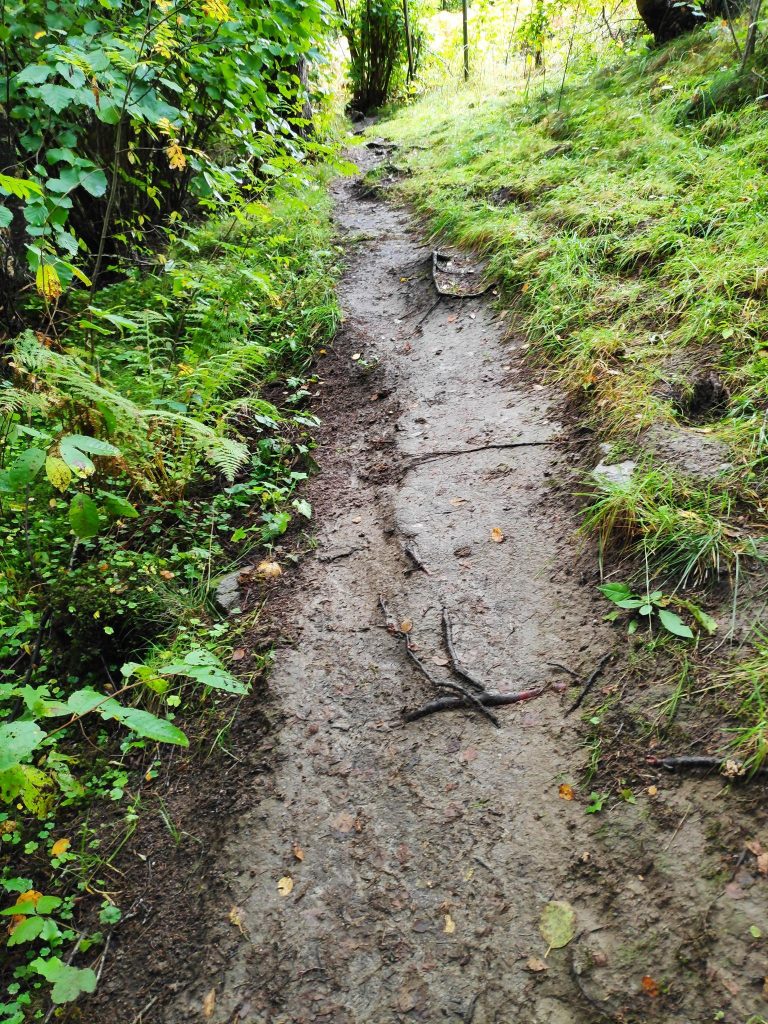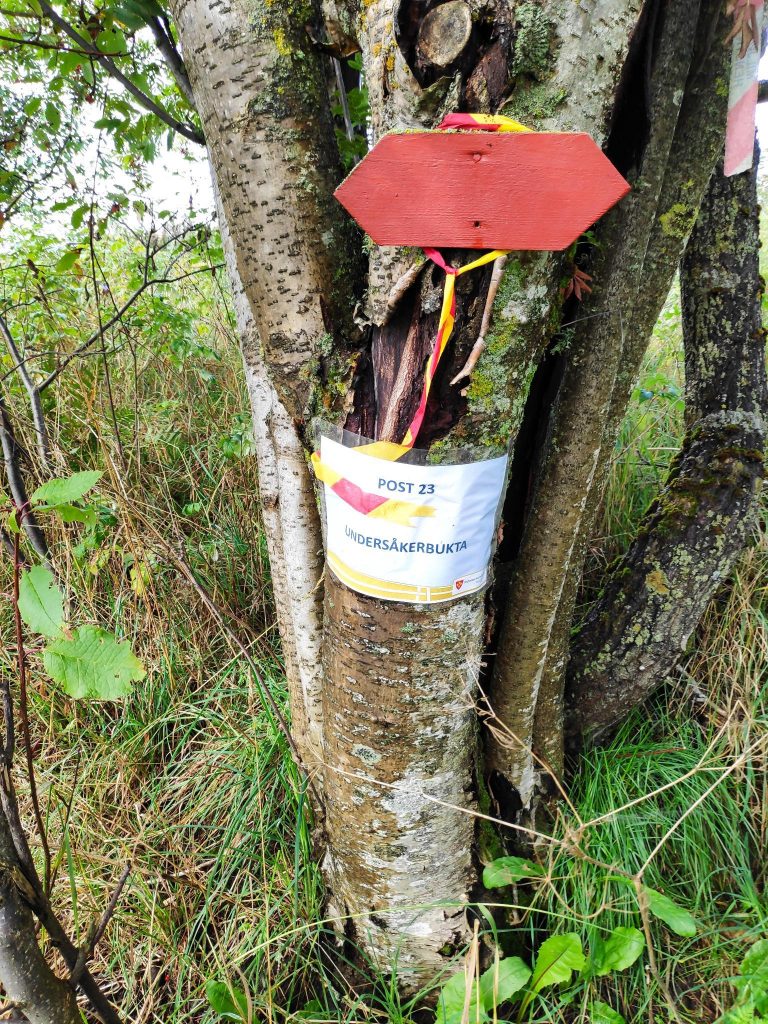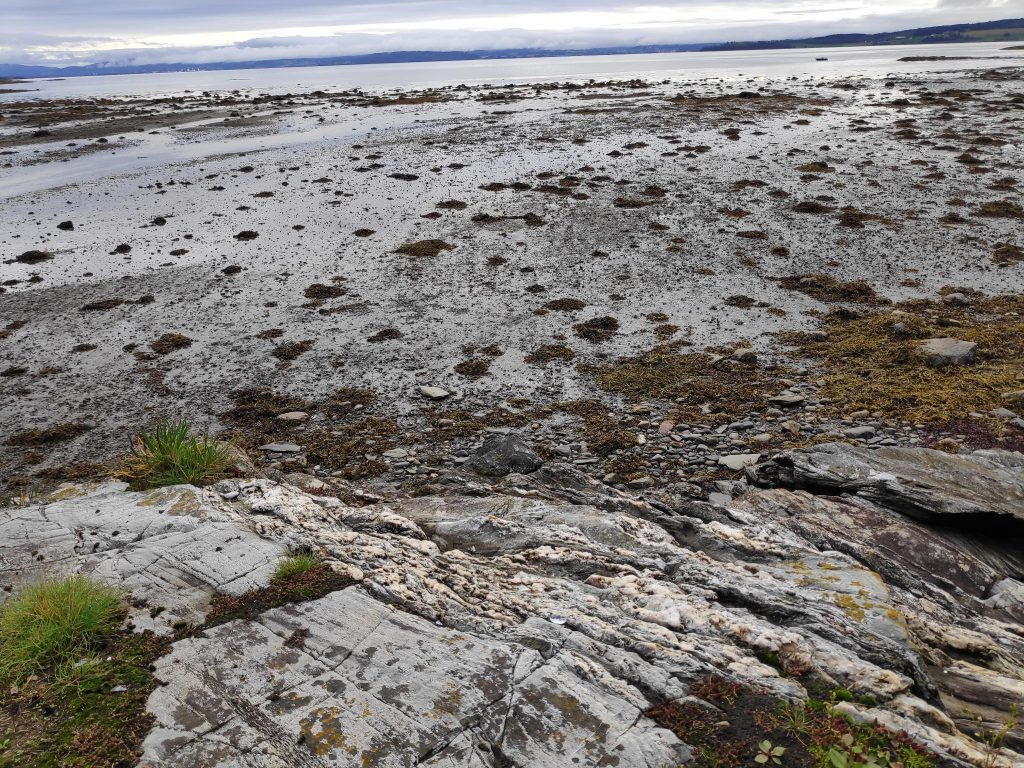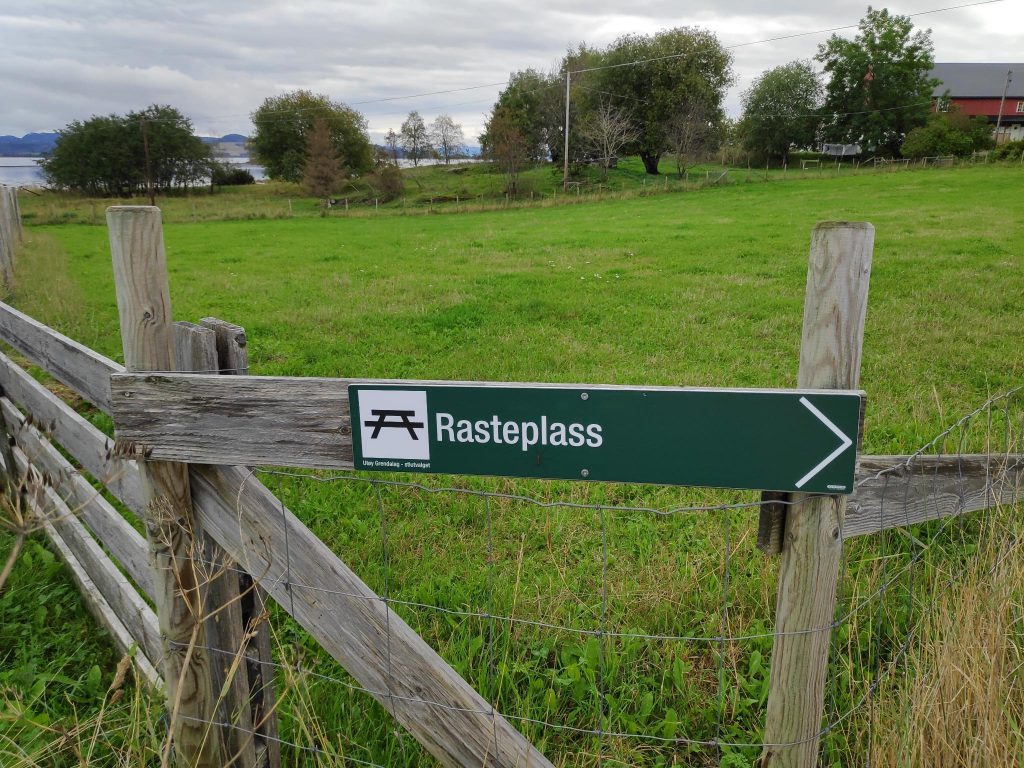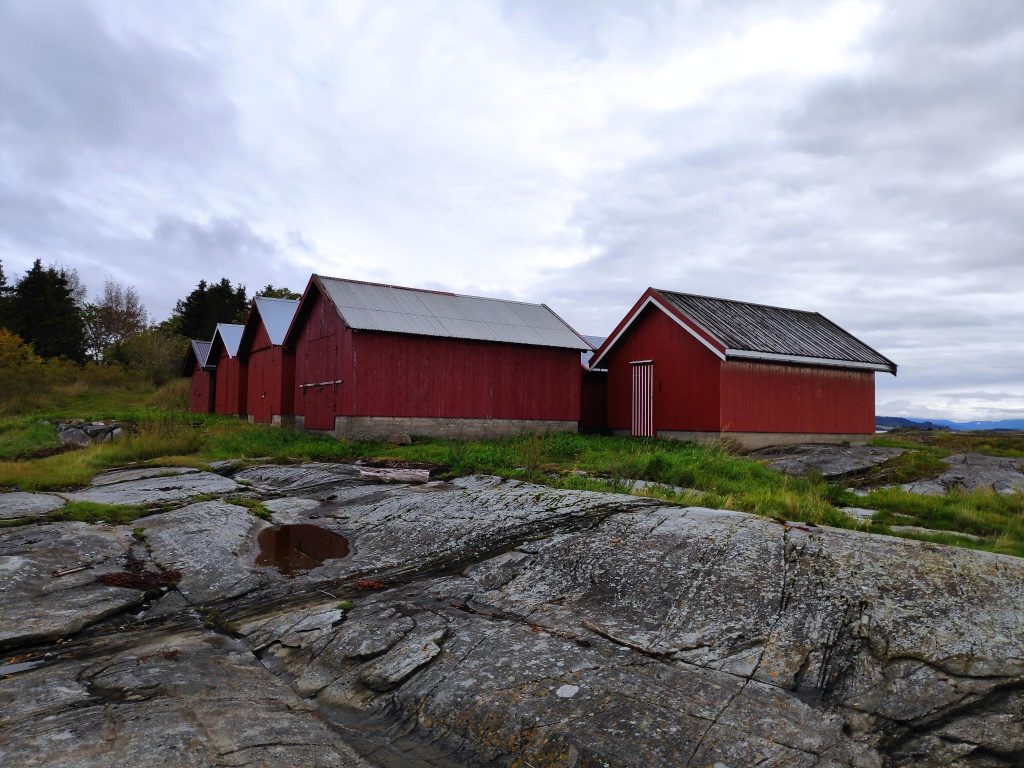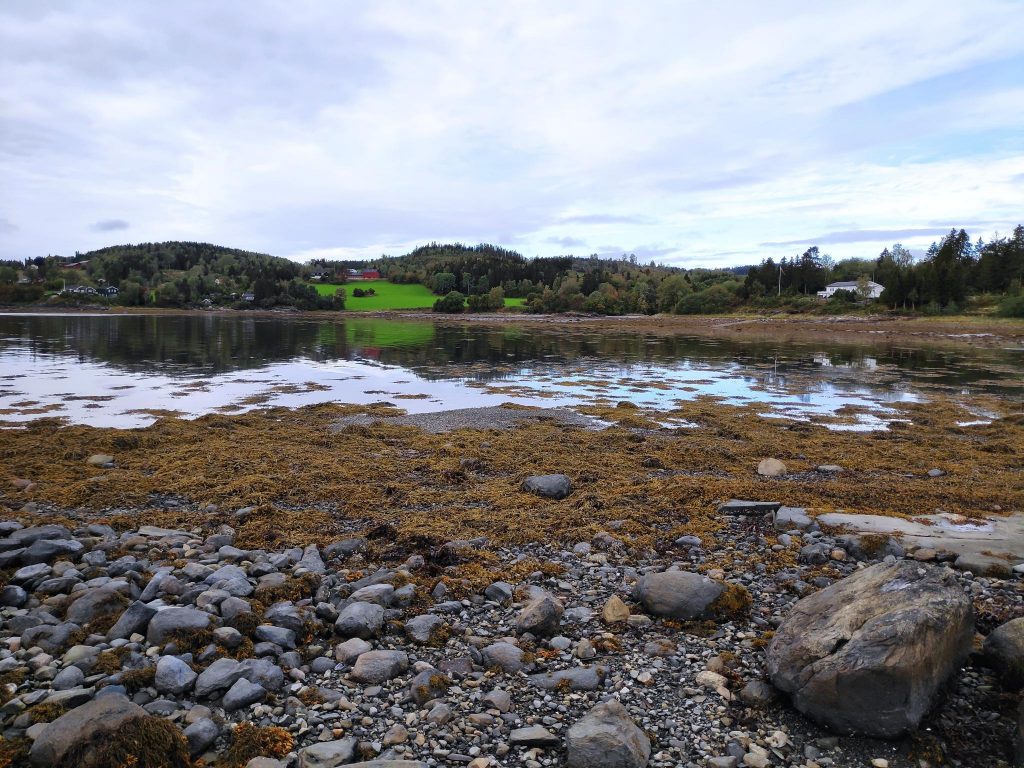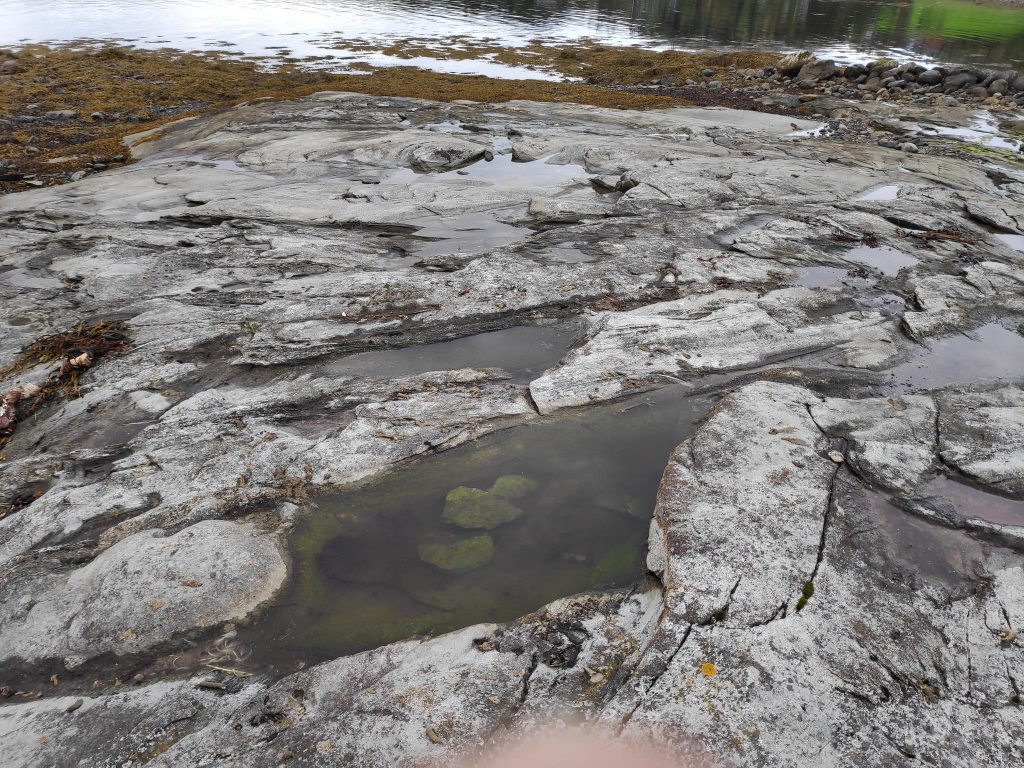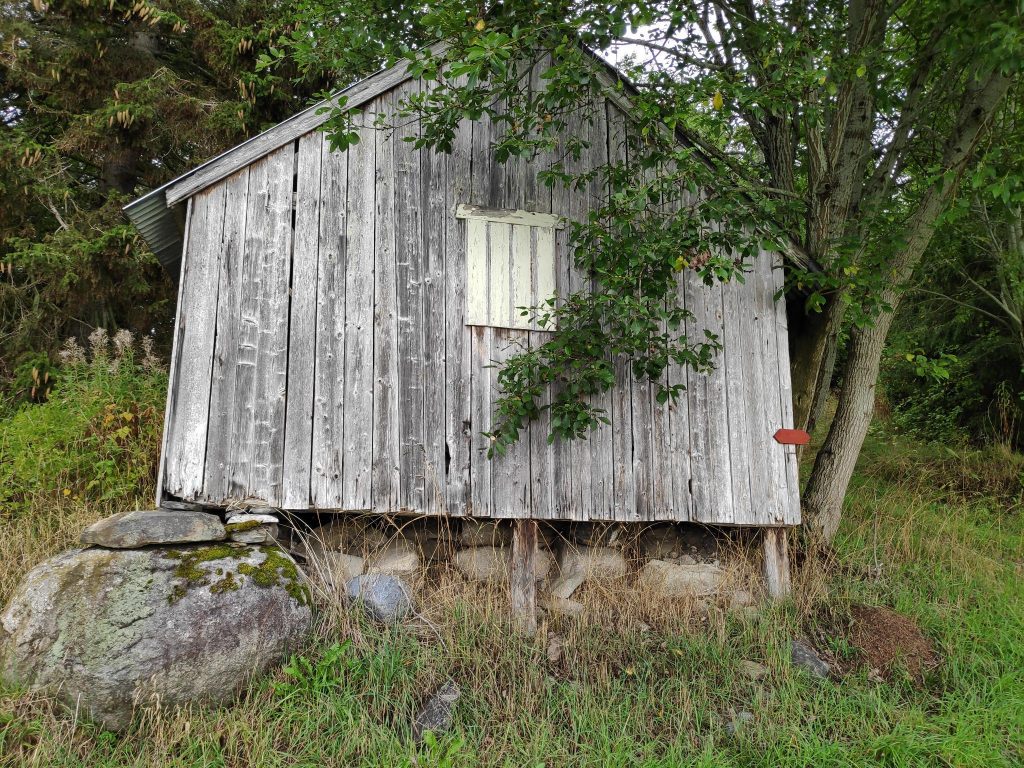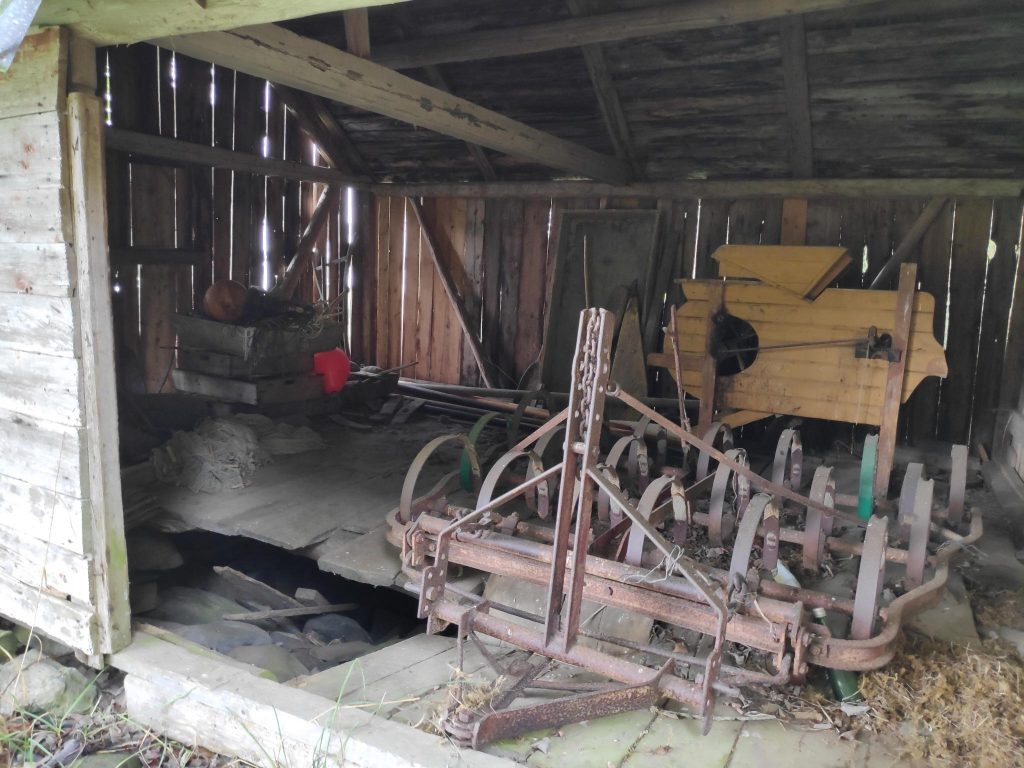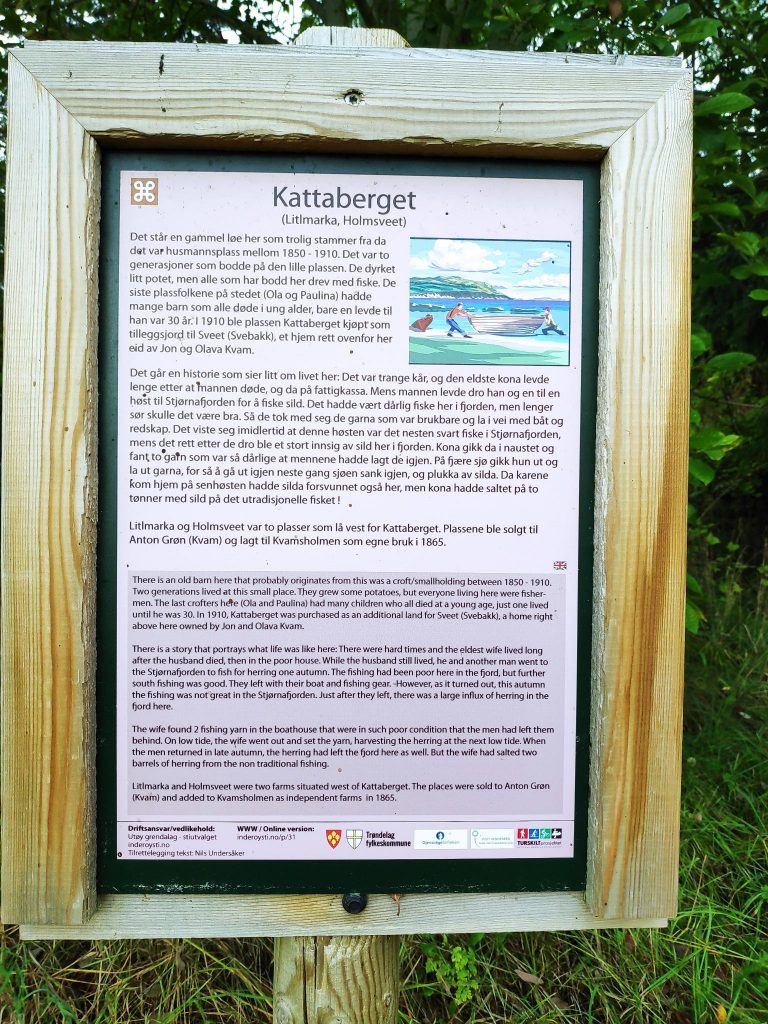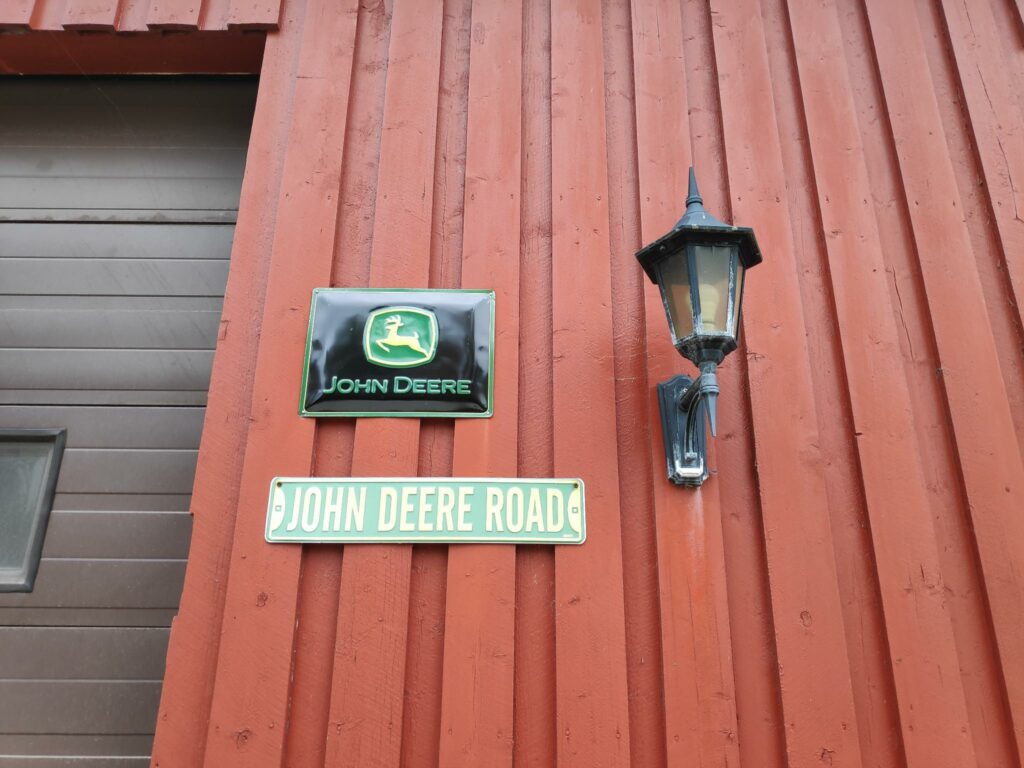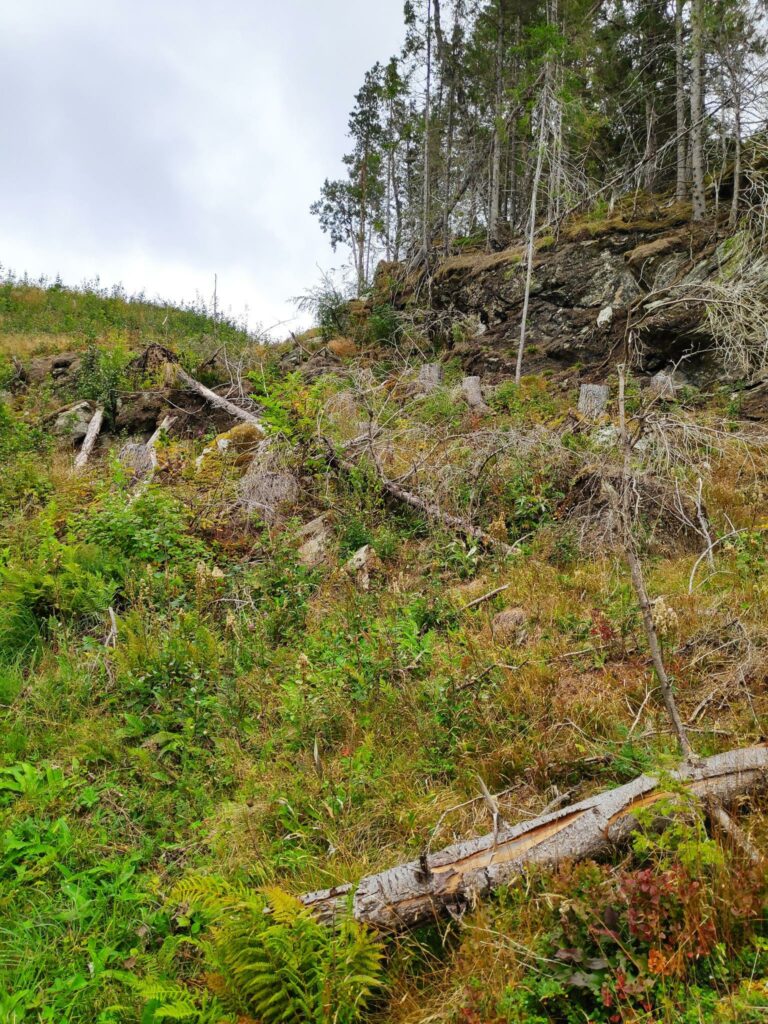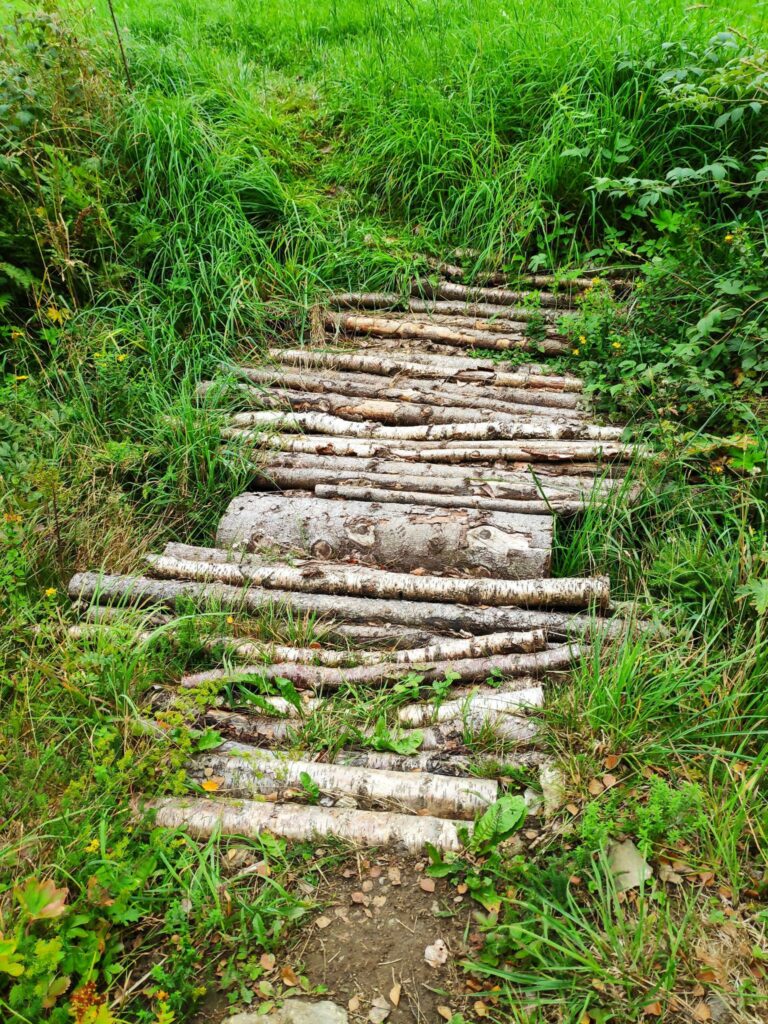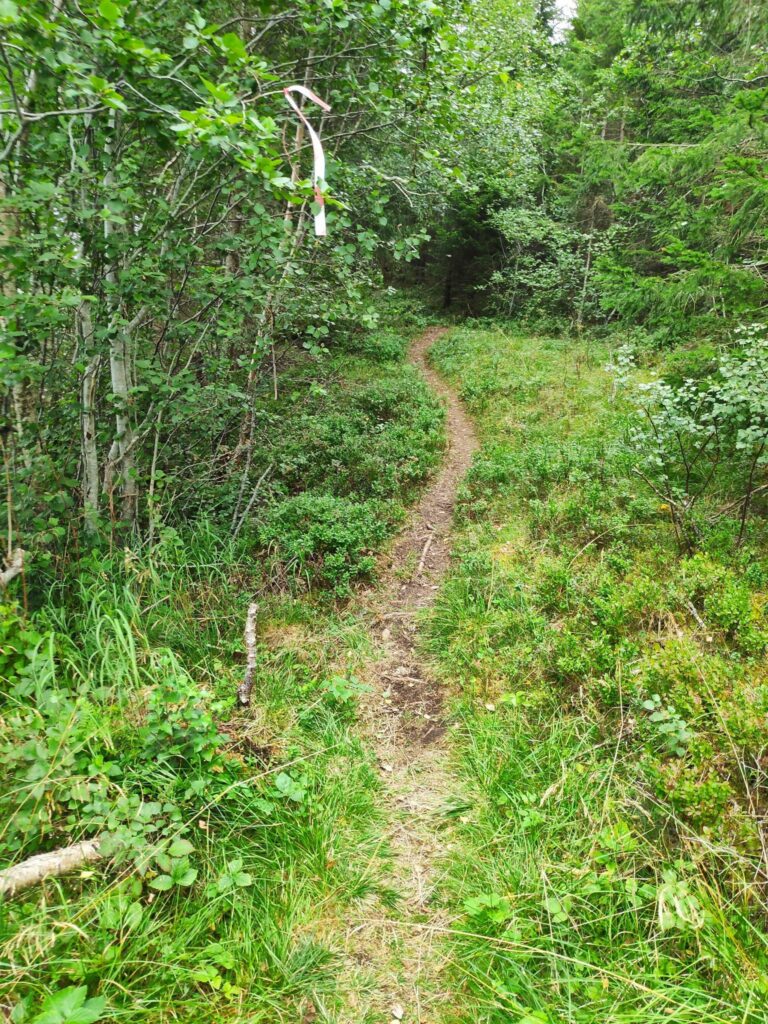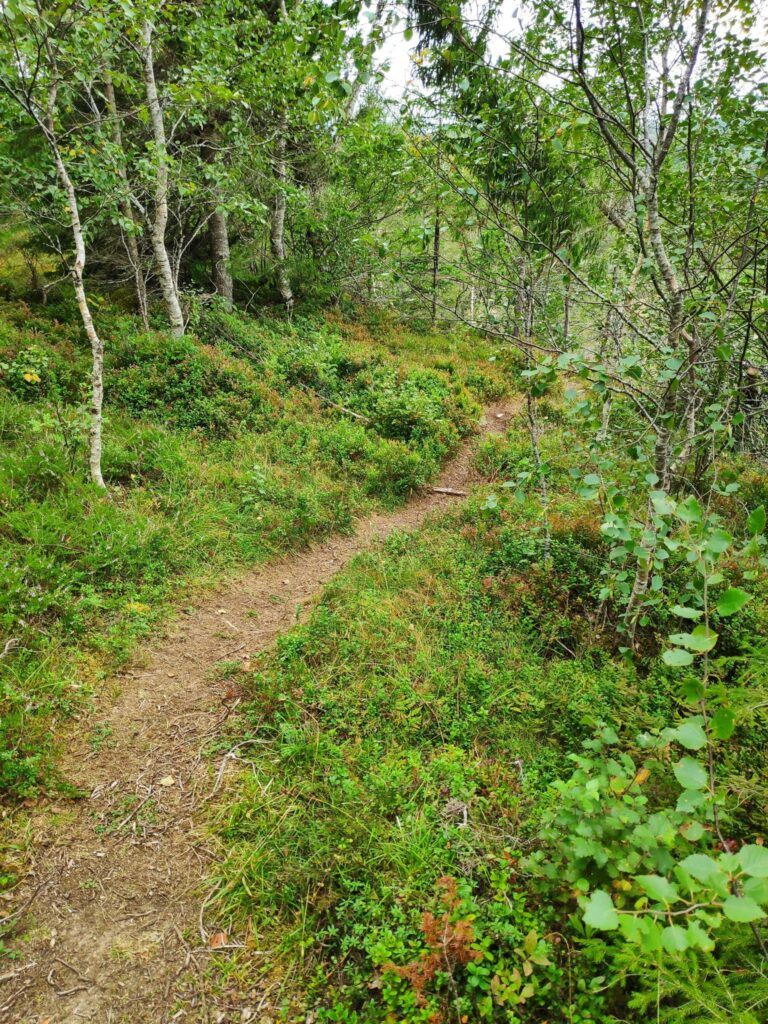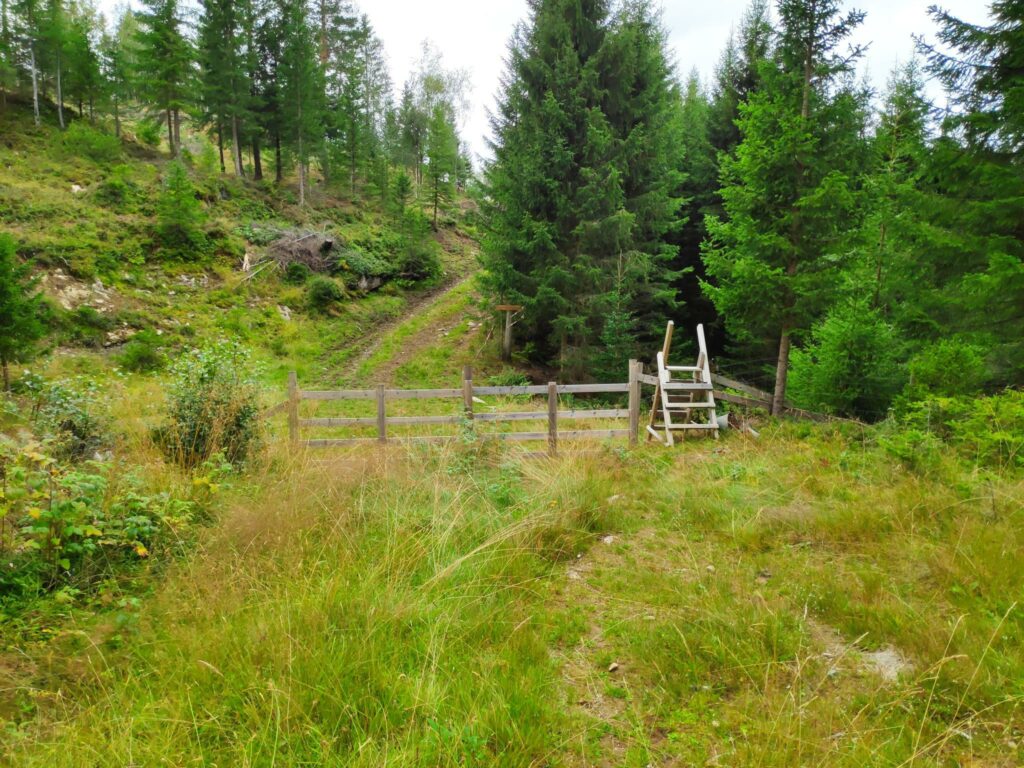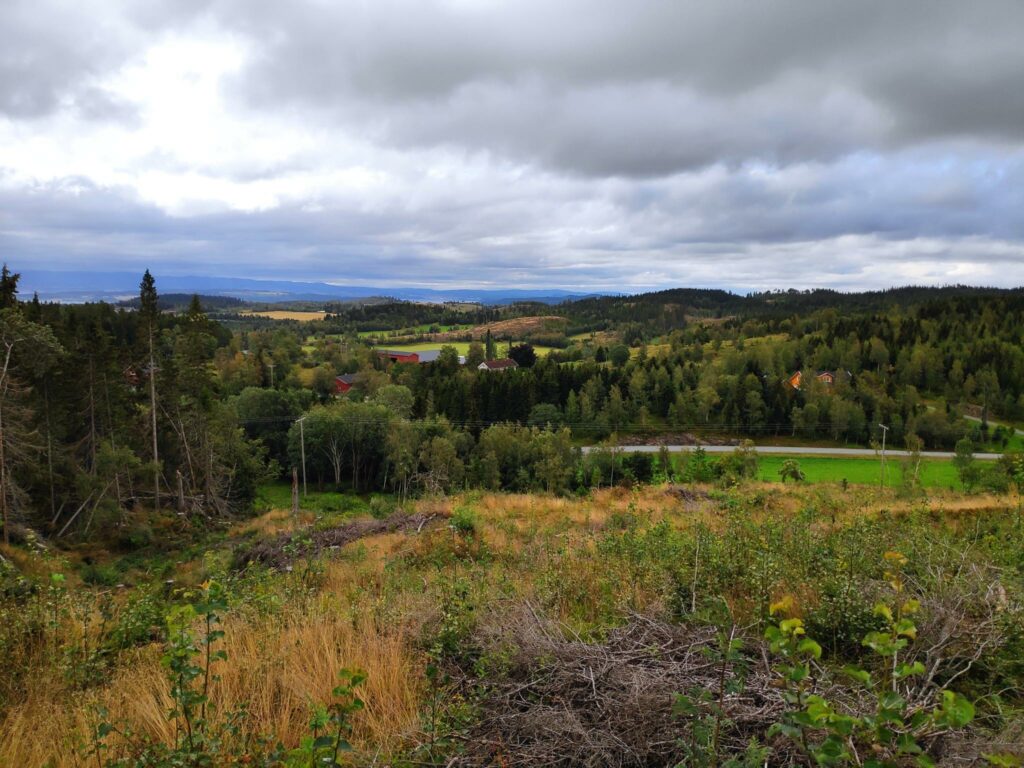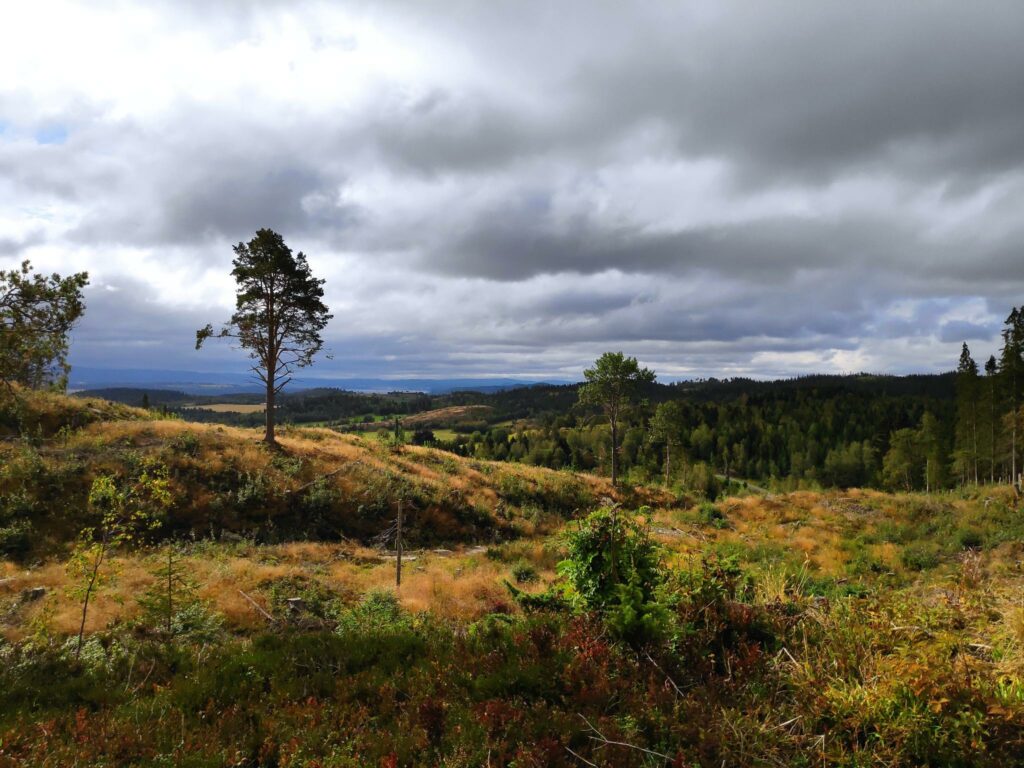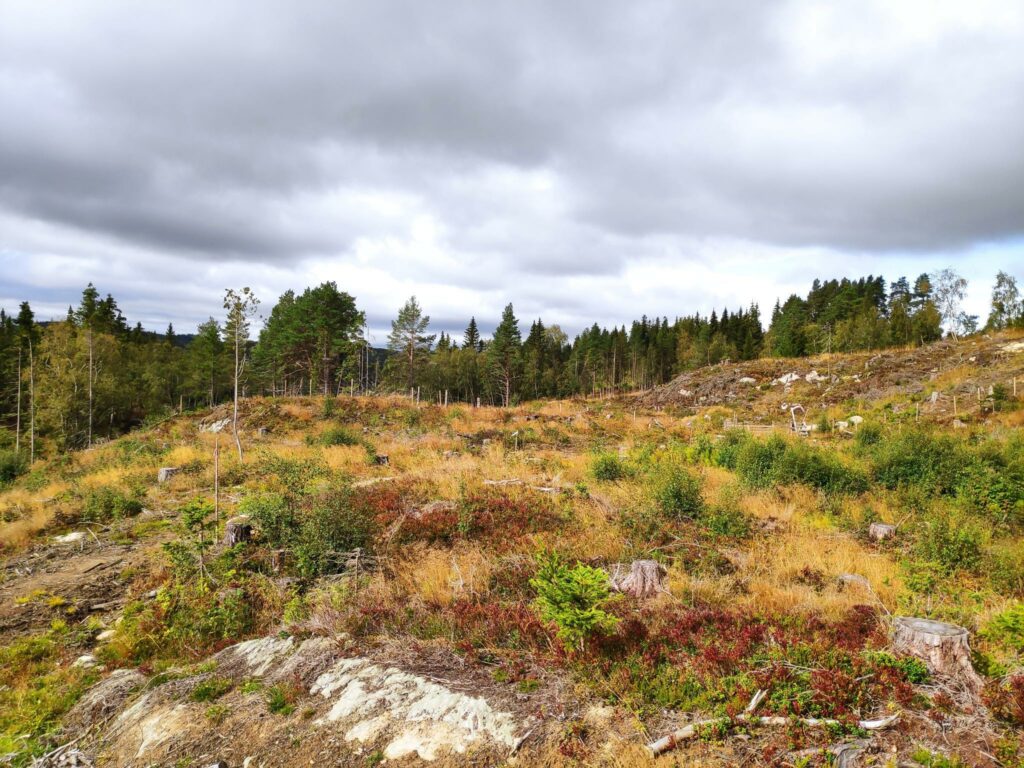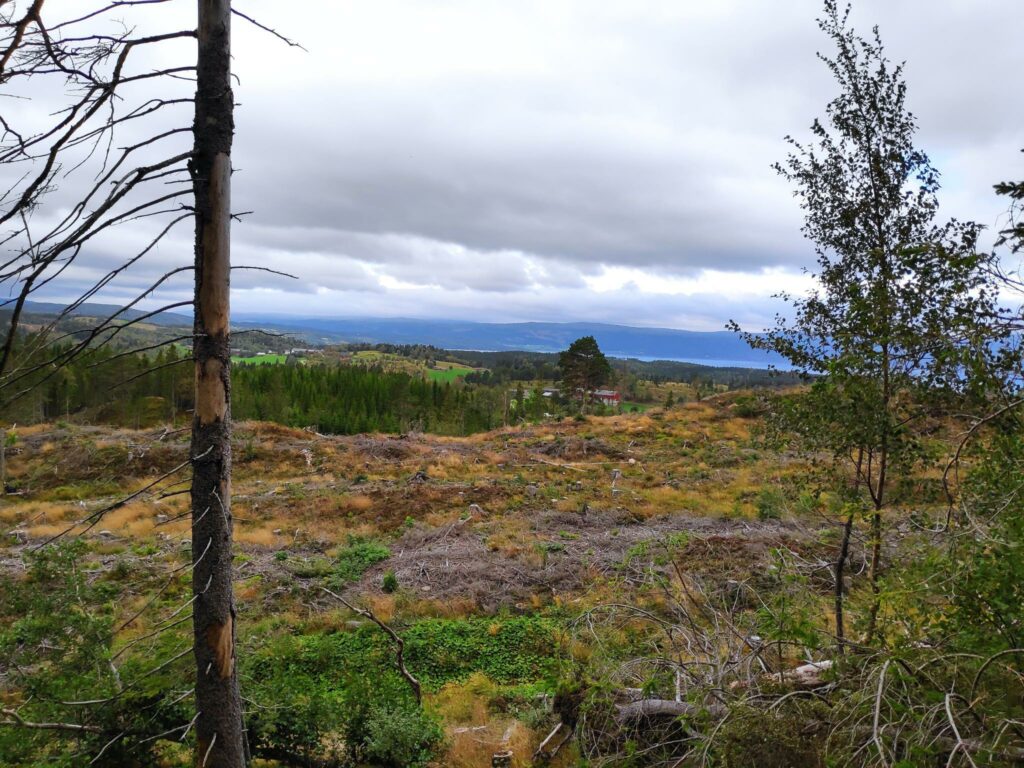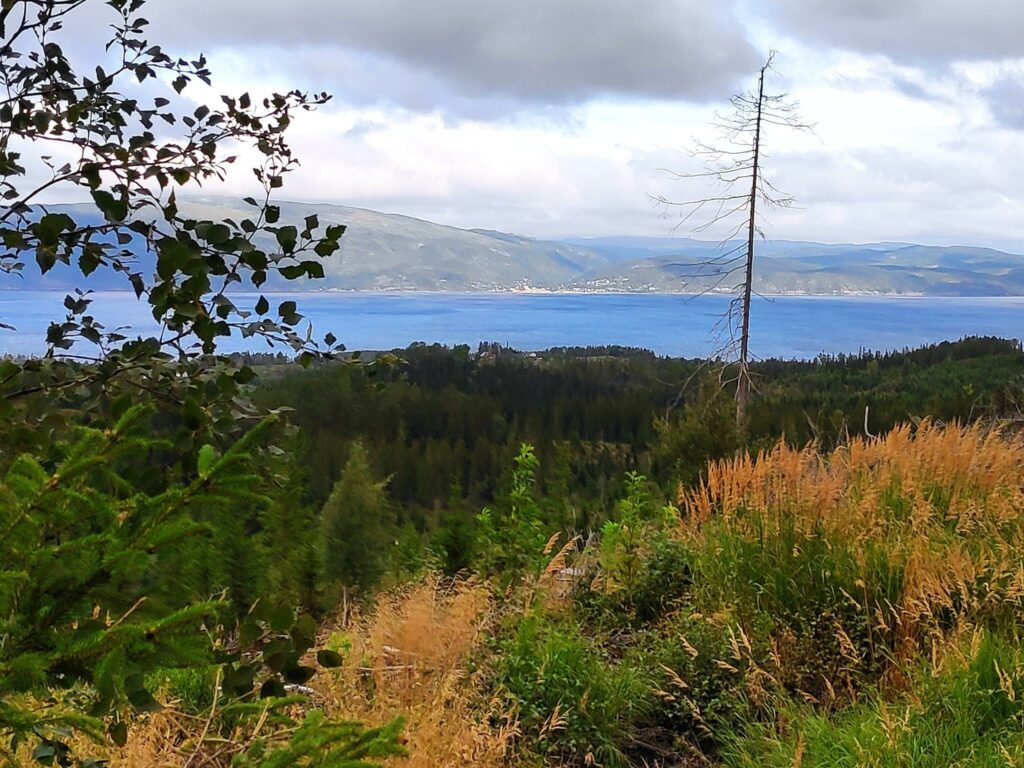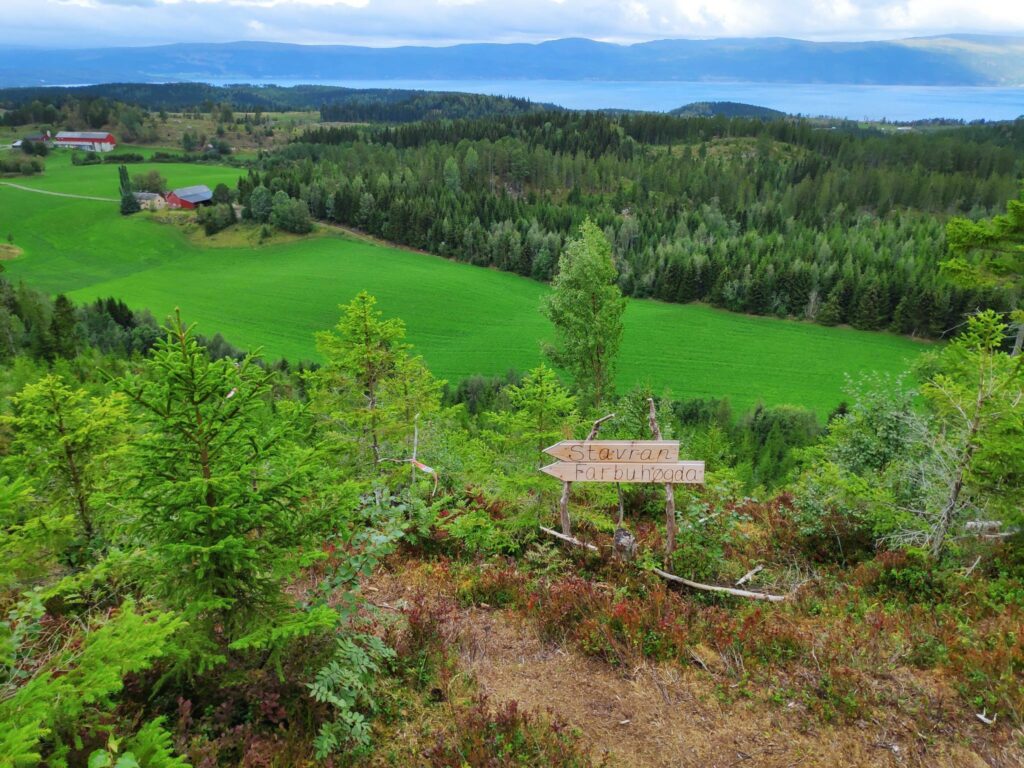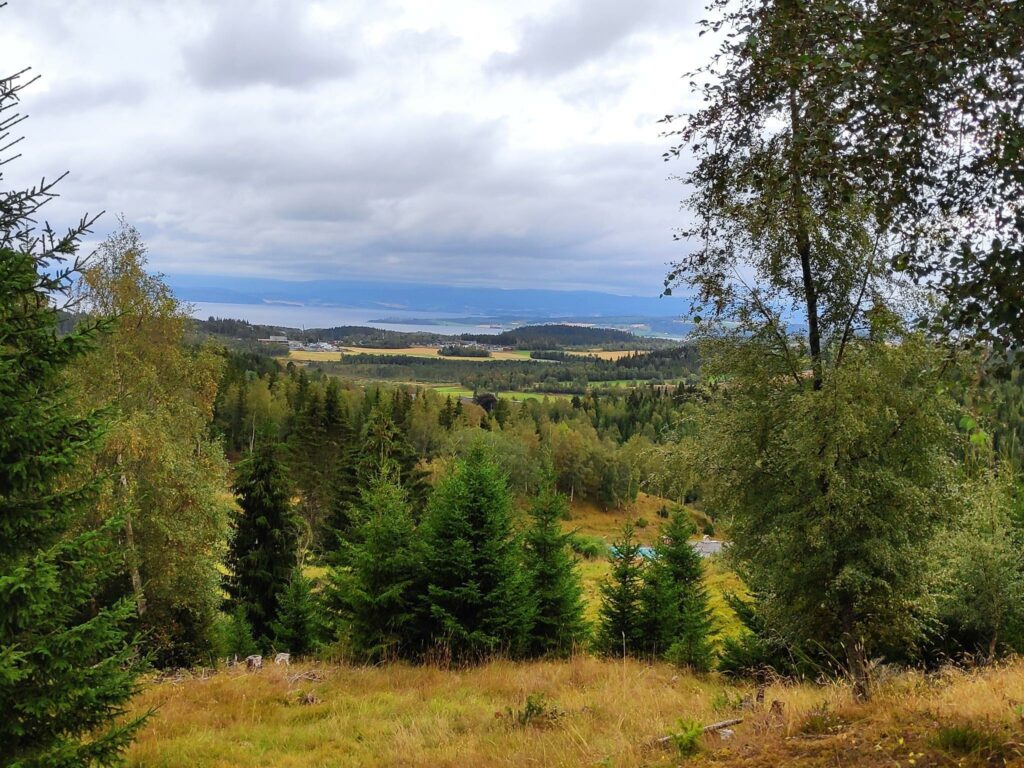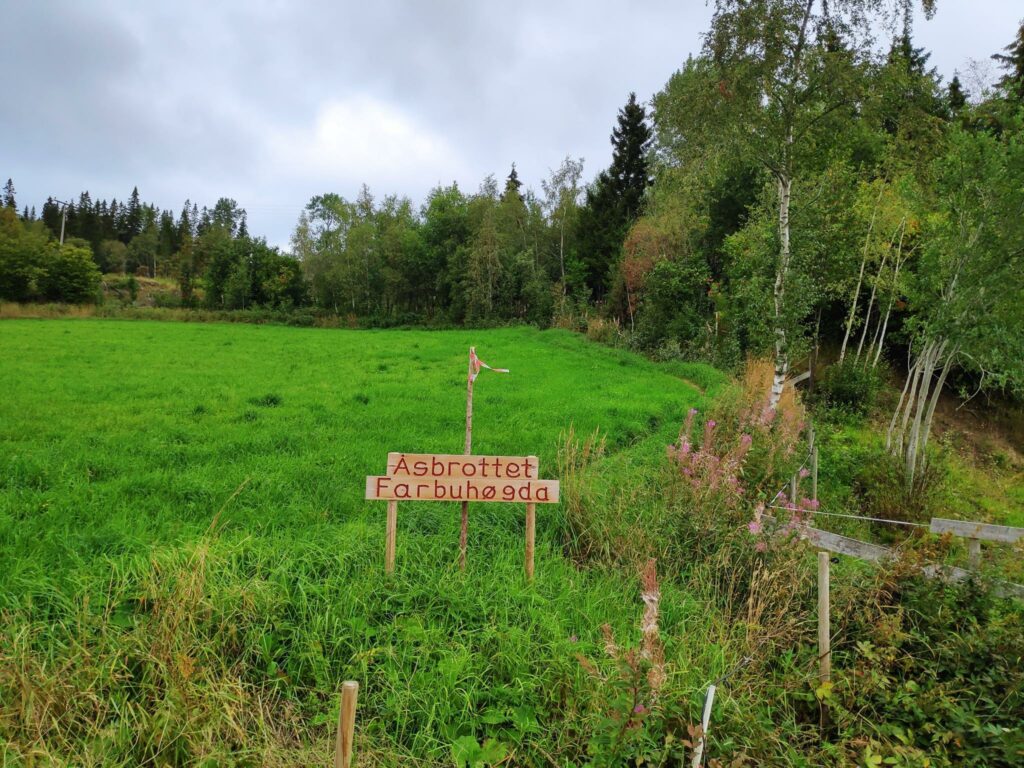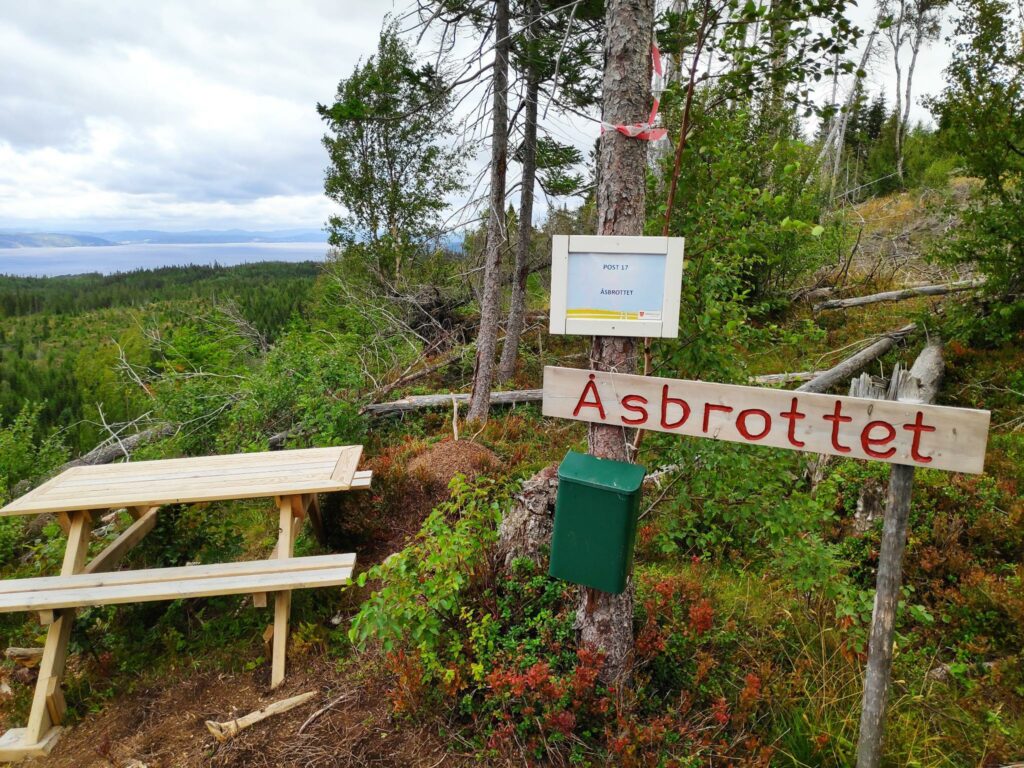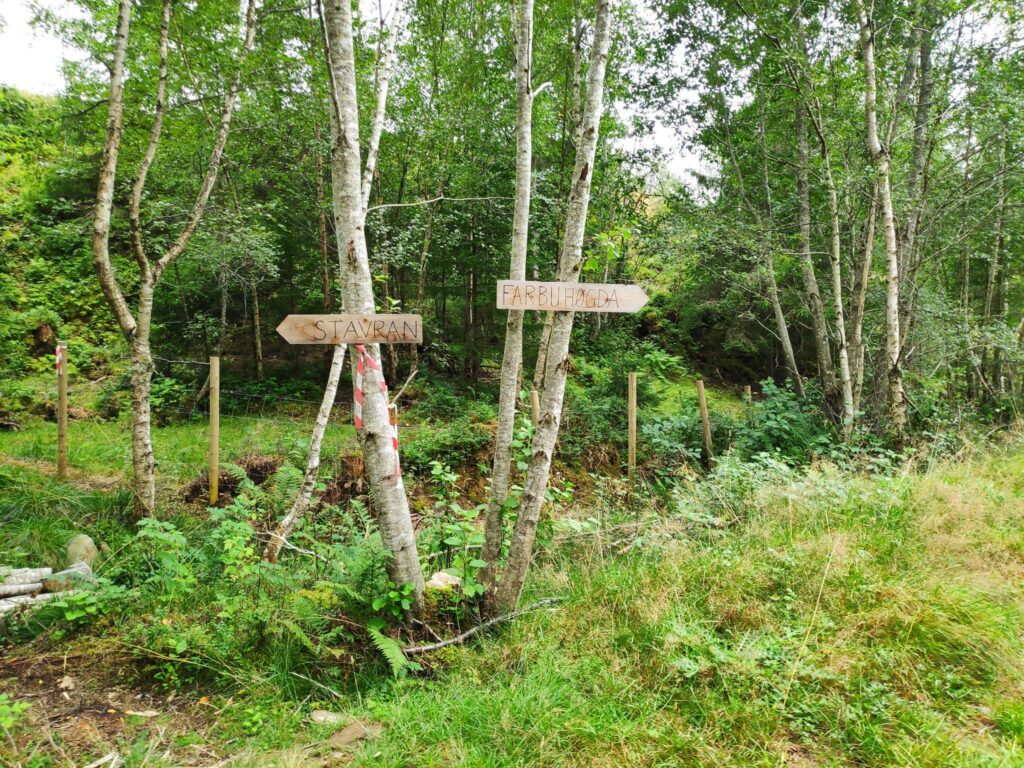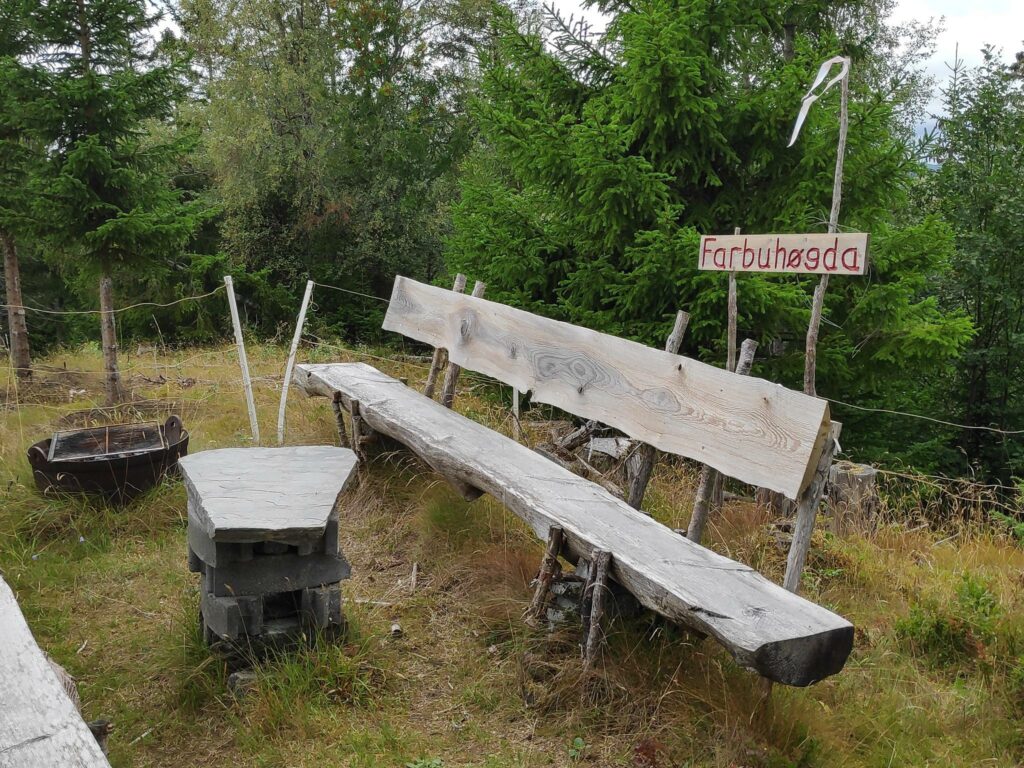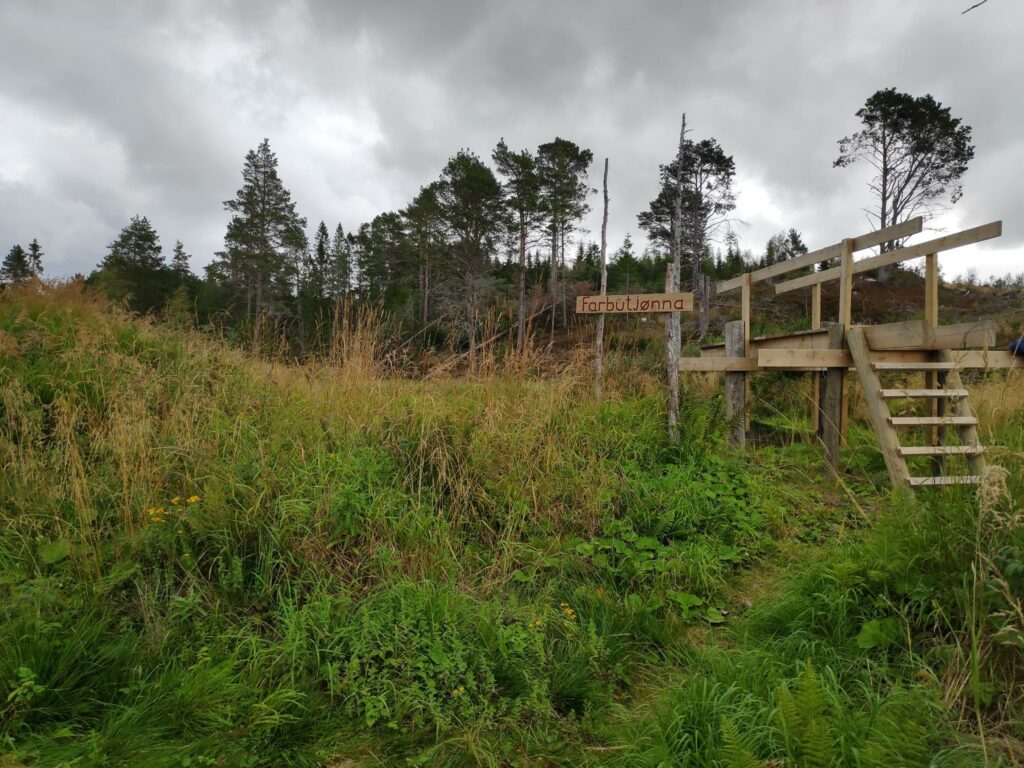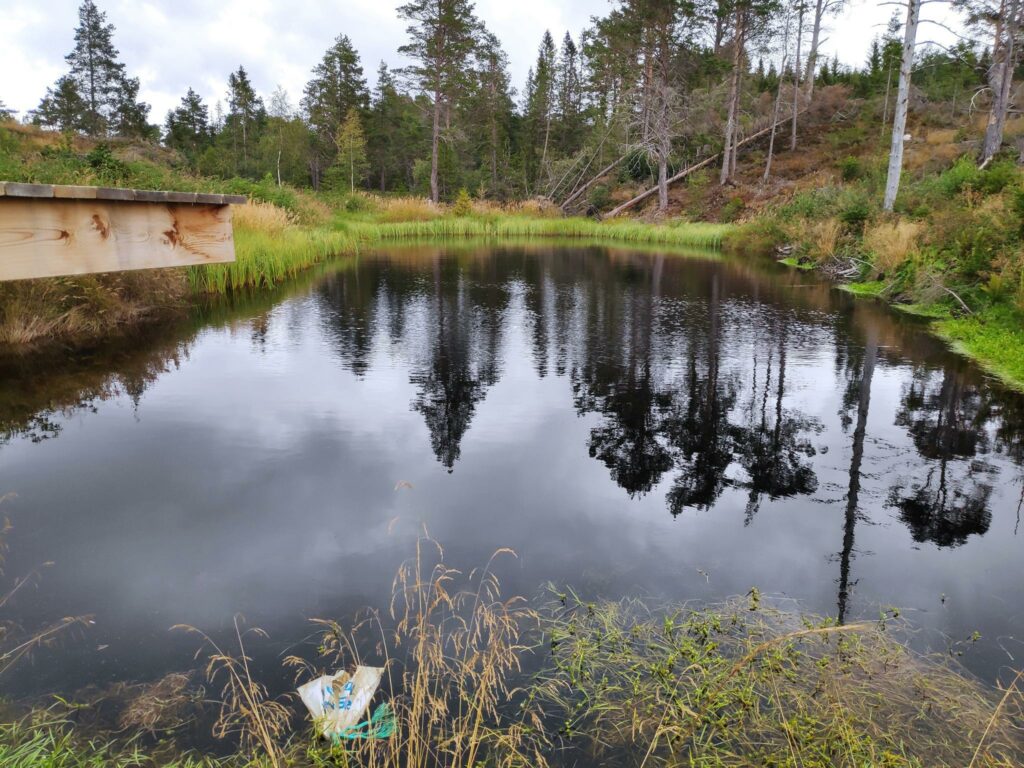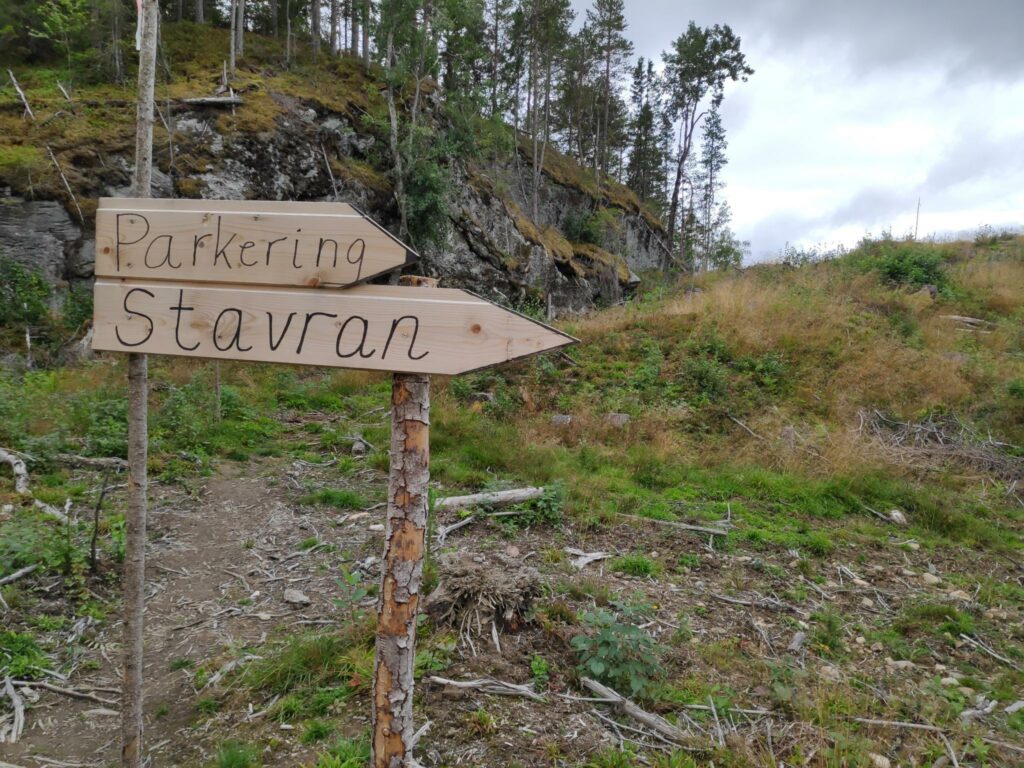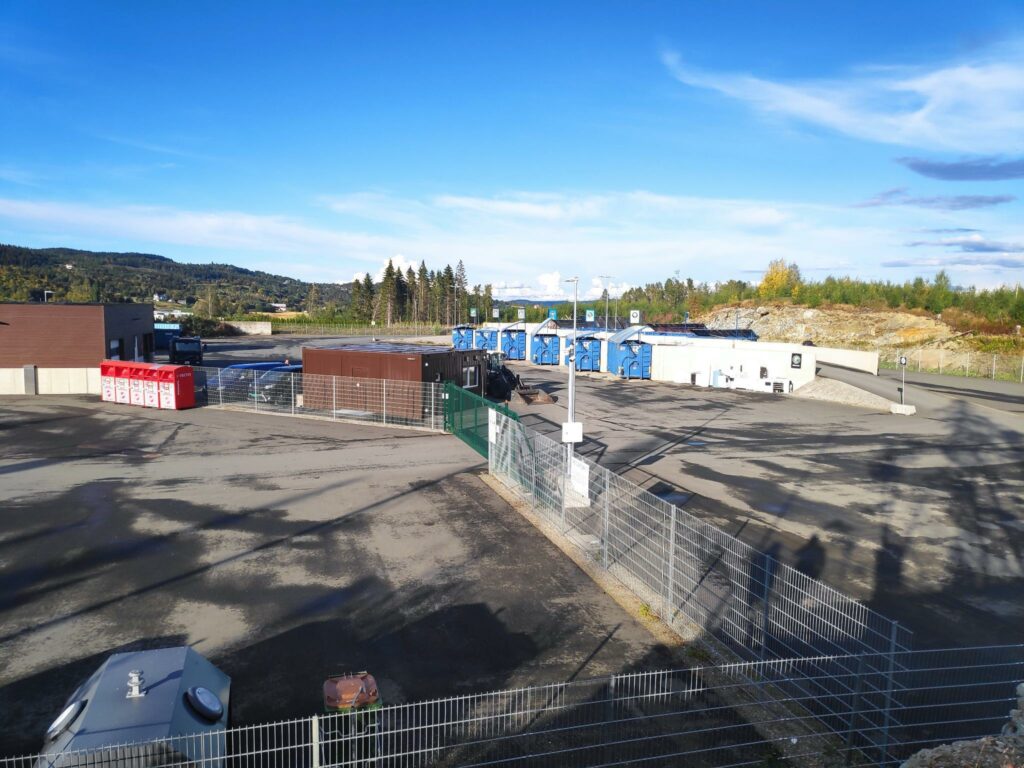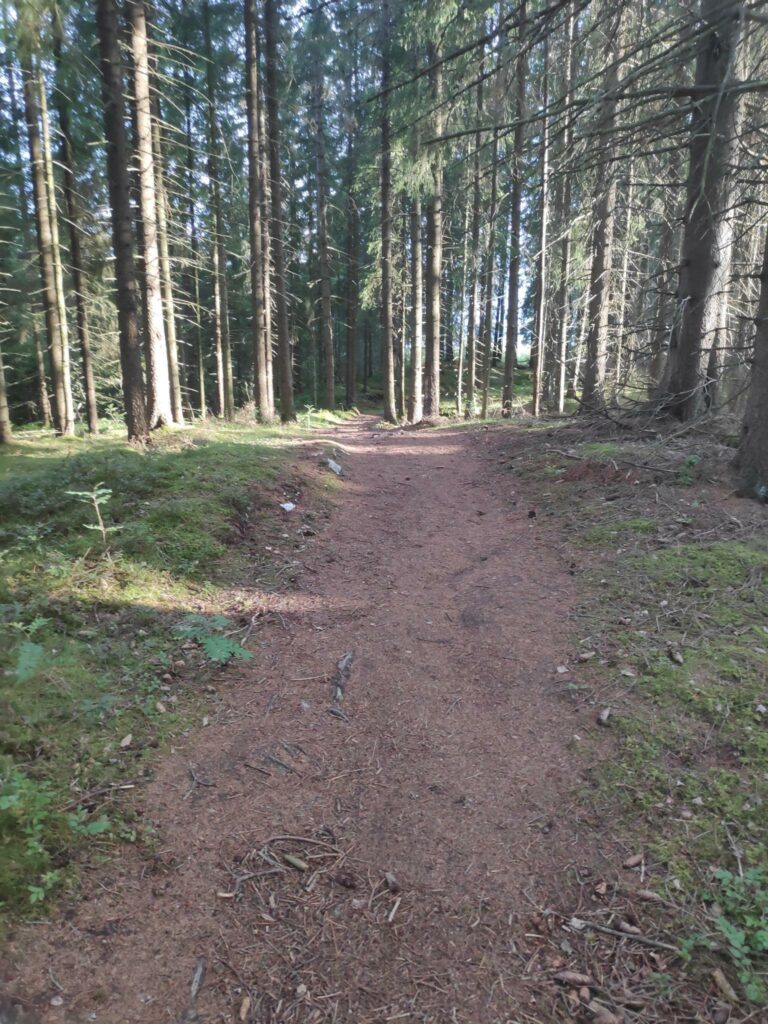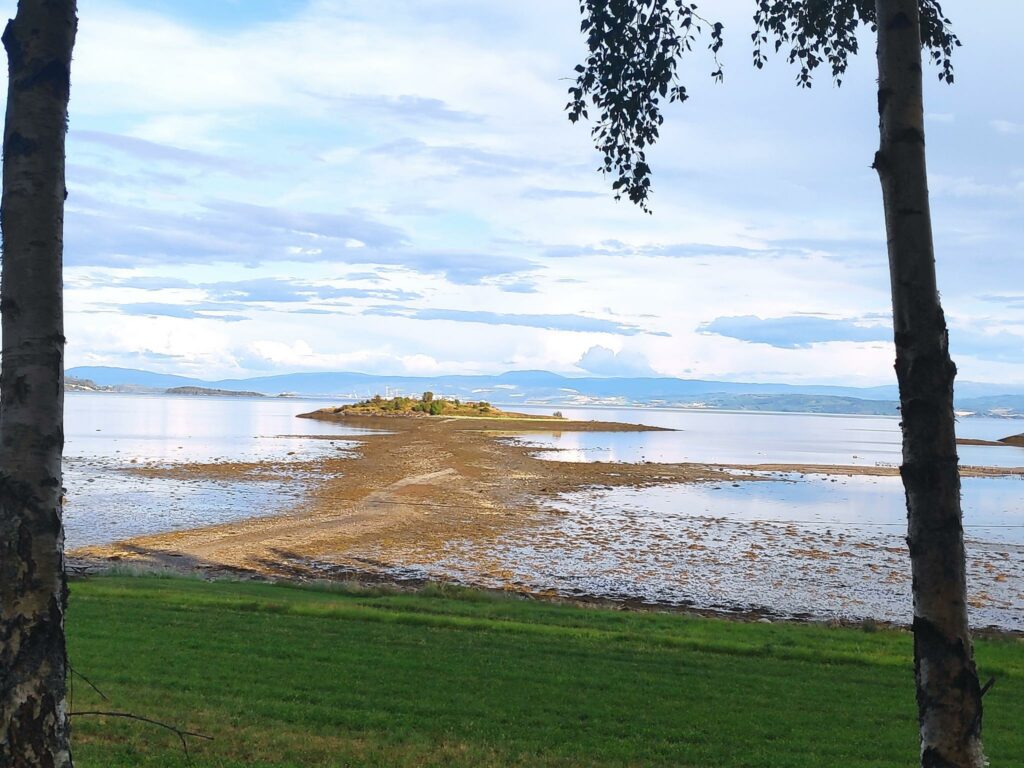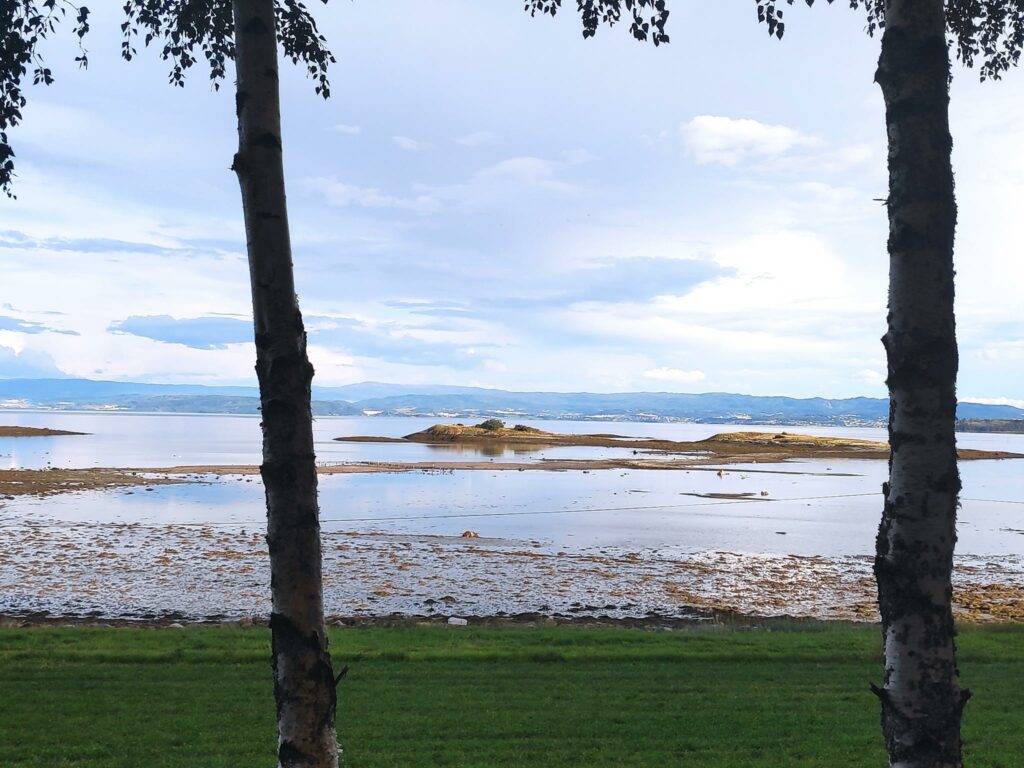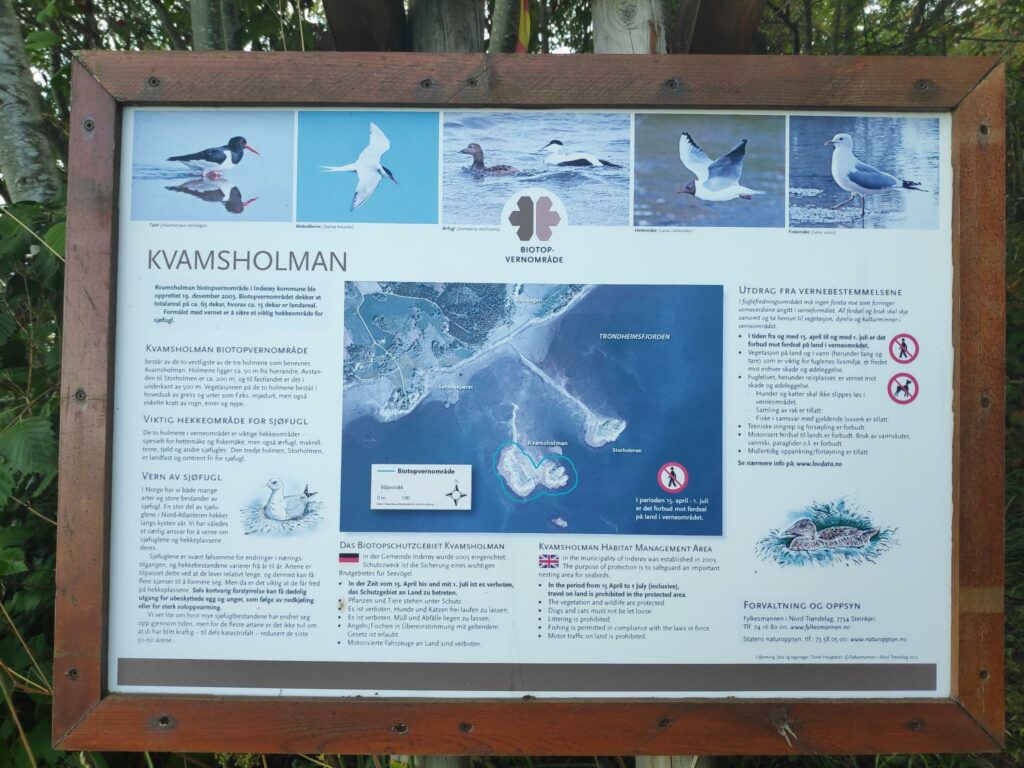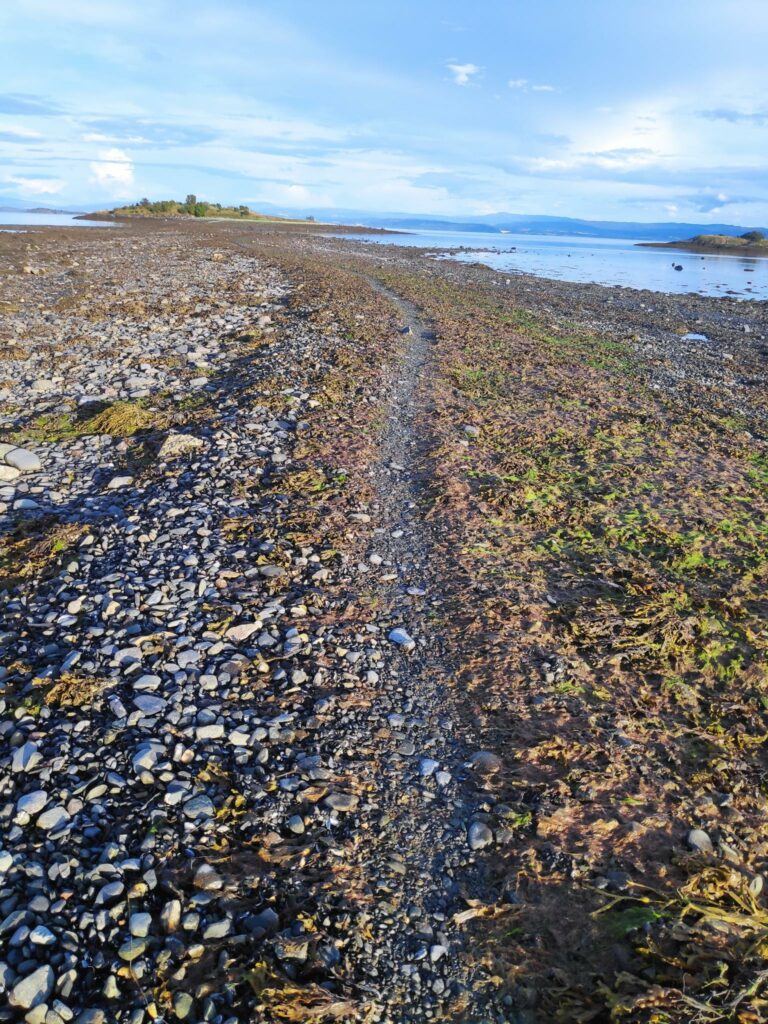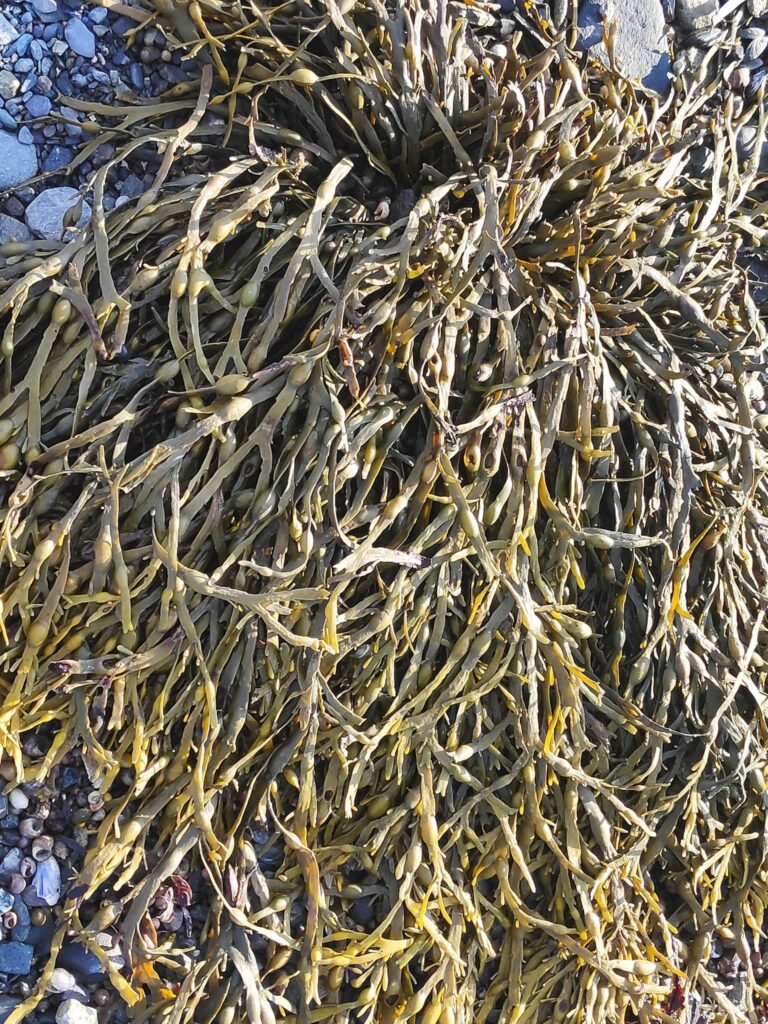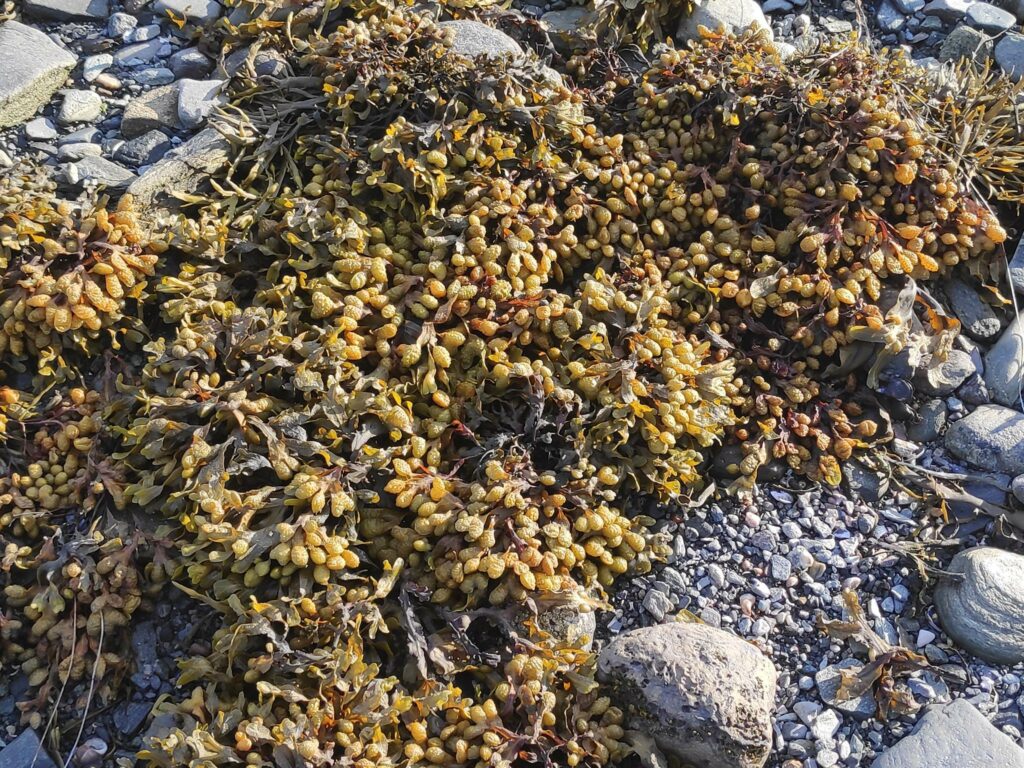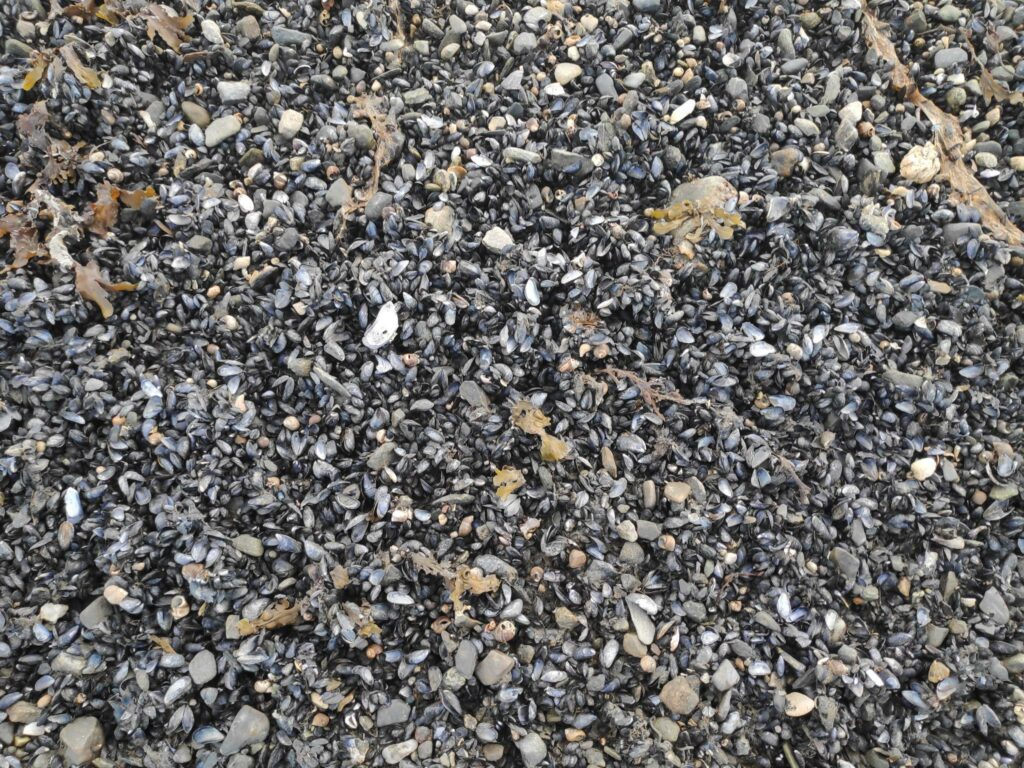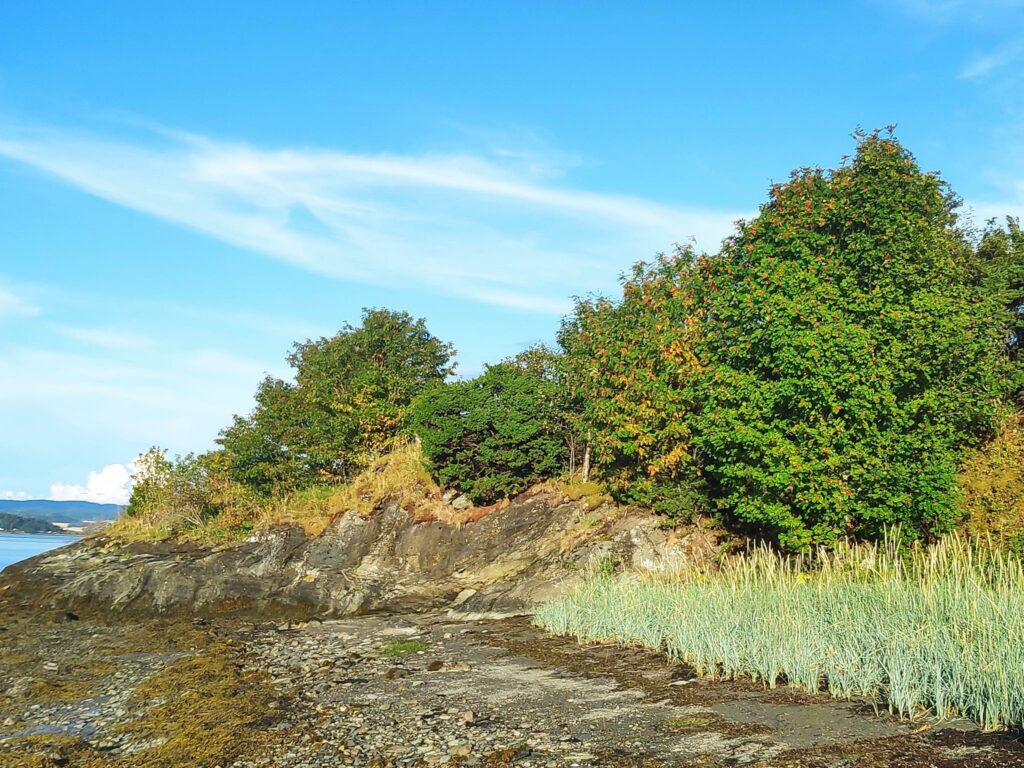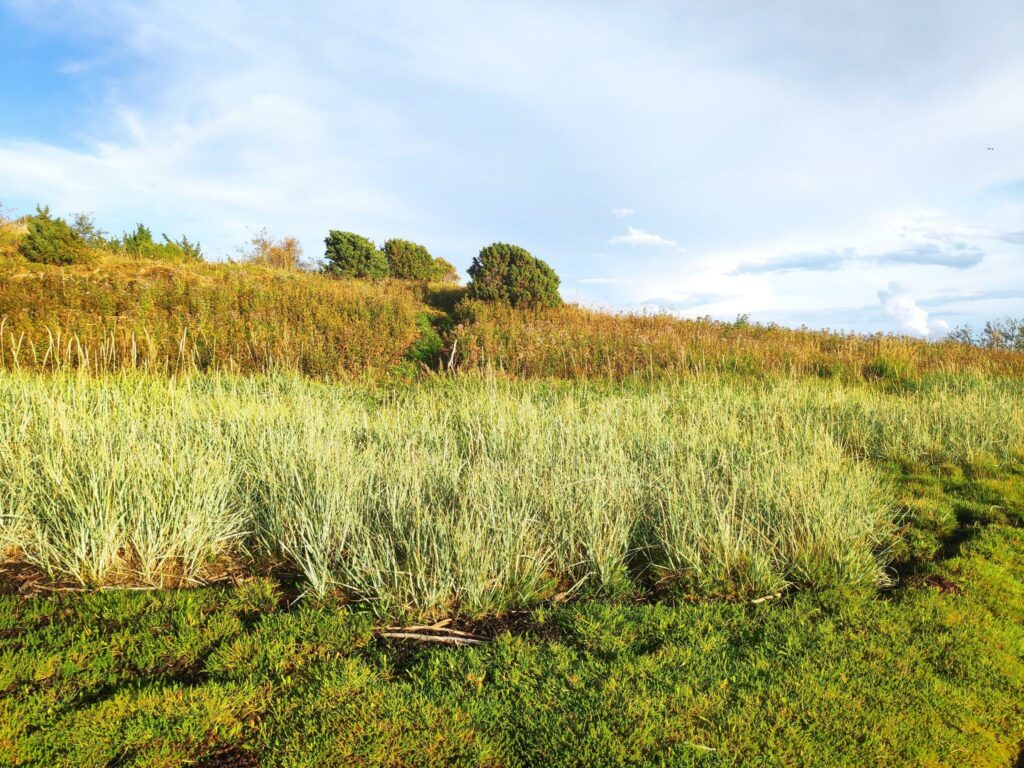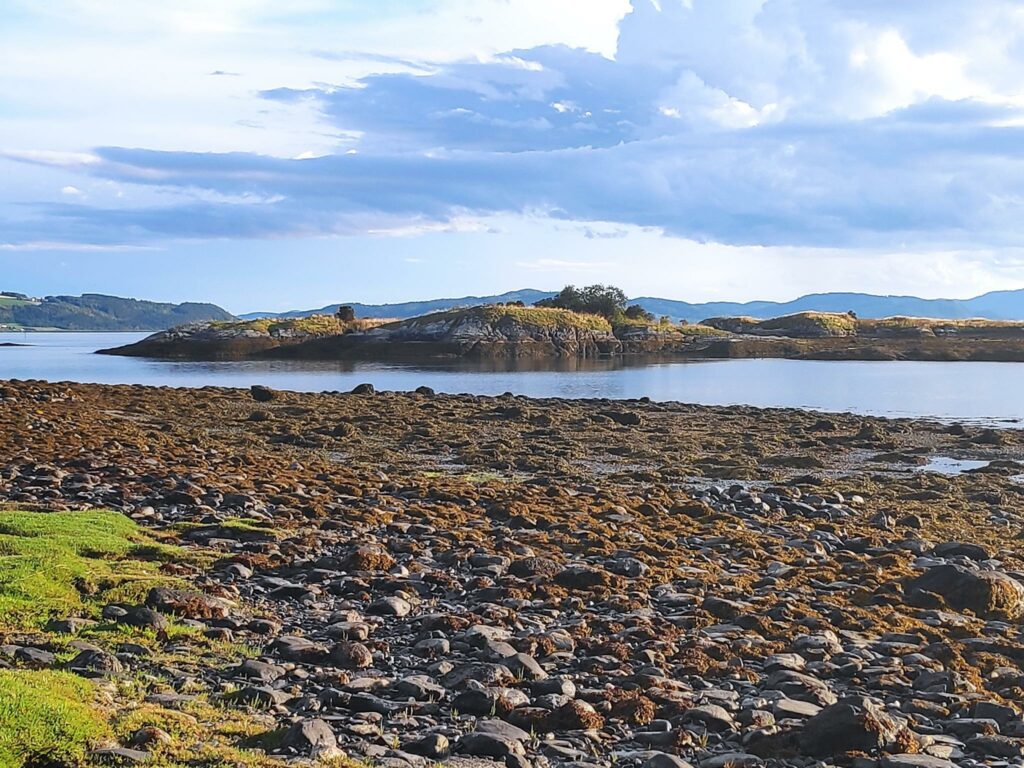Though Easter is a moveable Christian holiday marking the death of Jesus Christ, in Norway this is a national holiday that no longer has anything to do with Christianity. Though Christians may attend church services, most people just see it as a nice break from work or school. Most people will have a five-day weekend and it is traditionally the time to either go to the mountains and have one last skiing trip, or head to the cabin near a fjord and get it ready for the summer season.
Thursday, Friday, Sunday and Monday are all days that are holy days and therefore most people will have the time off, unless they have a job that has to be manned 24 hours a day and seven days a week, like the police, hospitals and other health care services. Schools take the whole week off, so that children and students get ten days free. Stores are open on Saturday, but will often close a bit early so that the workers can also have extra free time. For example, my local grocery store has standard opening hours from 7 am to 11 pm but on the Saturday before Easter Sunday they will close at 4 pm.
I’ve never been keen on skiing, but getting into the woods and up a mountain have always been things I like to do. For me, this year, this is the week that my walking season has begun in earnest. Yesterday I took a one-and-a-half hour walk with my son and we covered about 5 km. However, I took no pictures yesterday so I won’t write more about that walk except to say that I really enjoyed it and I wanted to do more.
Today was again a bright sunny day. There was frost when I got up, but as the sun climbed higher in the sky, the air temperature warmed up considerably. While my son and my husband headed off for a day-trip in the car, I got a ride to a drop-off point that is about 5 km from home. I walk up and along a back road that brings me to Skarnsund Bridge, cross the bridge and walk through the woods to home again. It is only on the bridge that I have to listen to the noise of cars. Today I used two and a half hours, so probably walked almost 8 km.
The typical Easter weather that everyone wants is a sunny day, with heat in the sunshine. Today was a good day for fulfilling that dream weather.
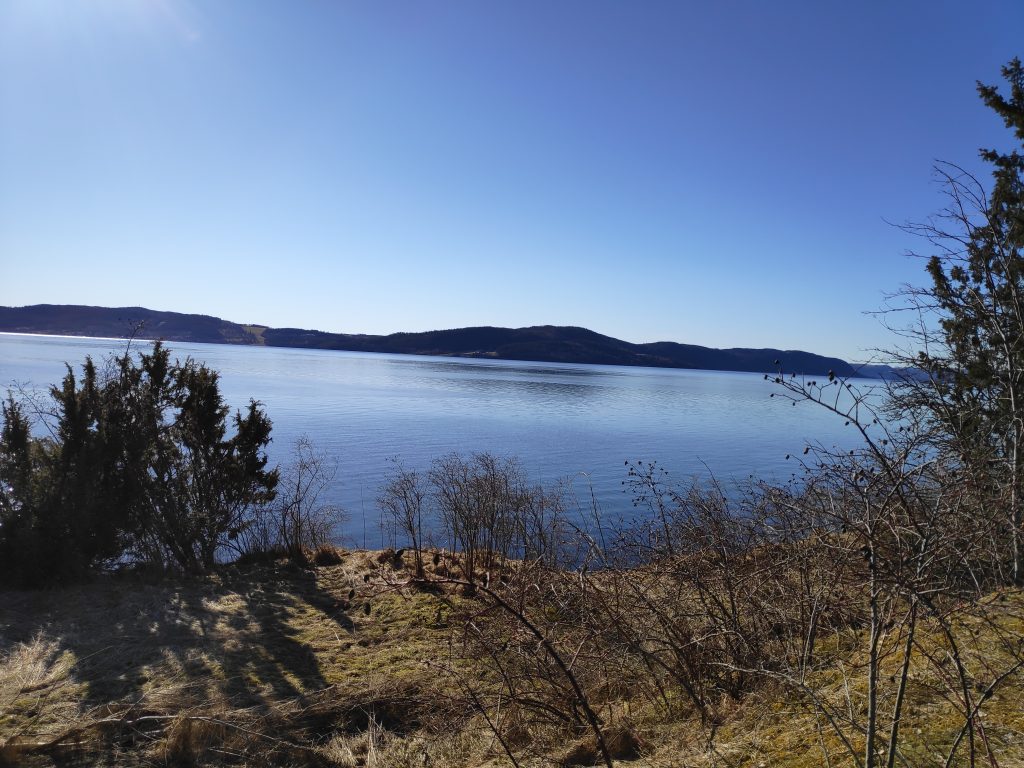
Though the snow is gone in low-lying areas, I was prepared for snow as I climbed up the hill. Mosvik gets a lot more precipitation than we get at Vangshylla. I quite often notice it raining or snowing in Mosvik and we don’t get anything. We also got a lot of precipitation in March this year, often as snow in higher elevations. Several storms would also have blown the snow, causing drifts in open areas in the woods.
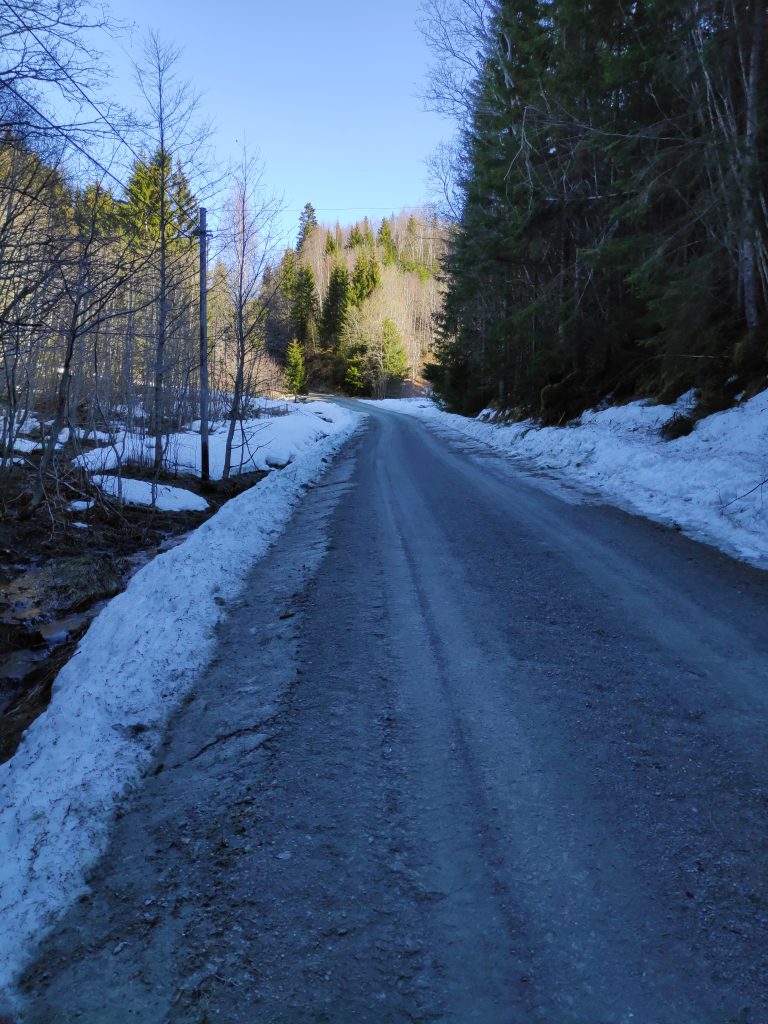
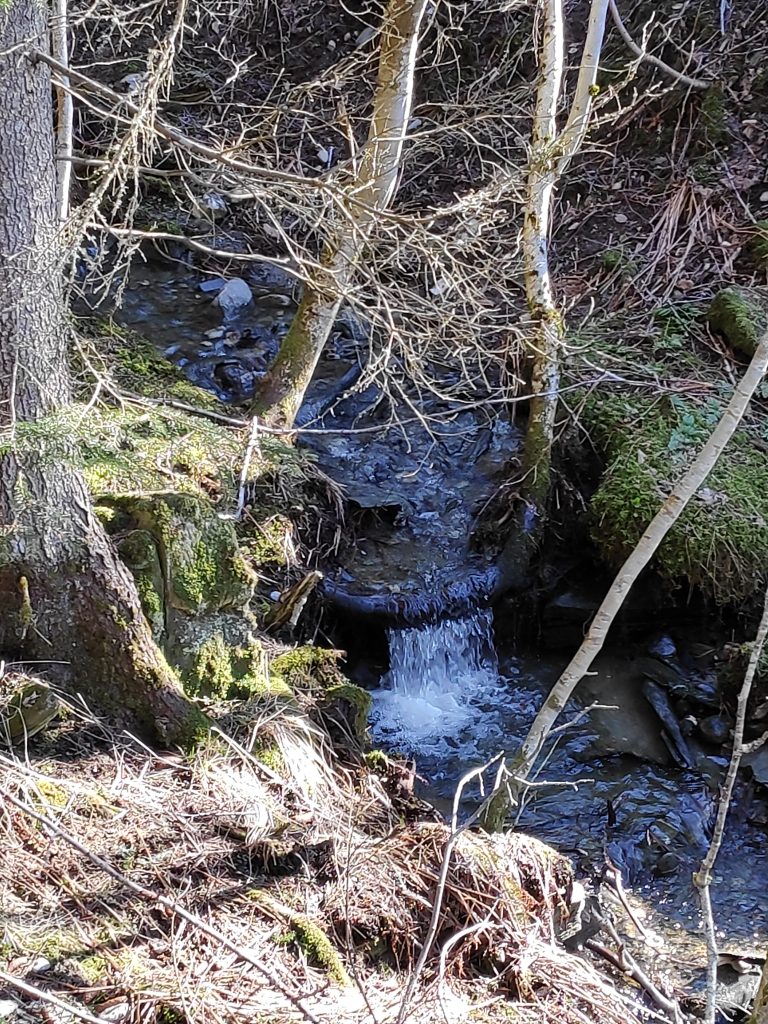
When I got to a farm called Setervang, the road divides and continues eastwards towards Skarnsund Bridge or heads north then west to reach another farm which I think is only used as a summer house. This road is not always suitable for driving, even in the summer as it can have quite deep ruts. It is not plowed or kept open in the winter. In the summer there is a gate to keep the sheep away from farm fields.
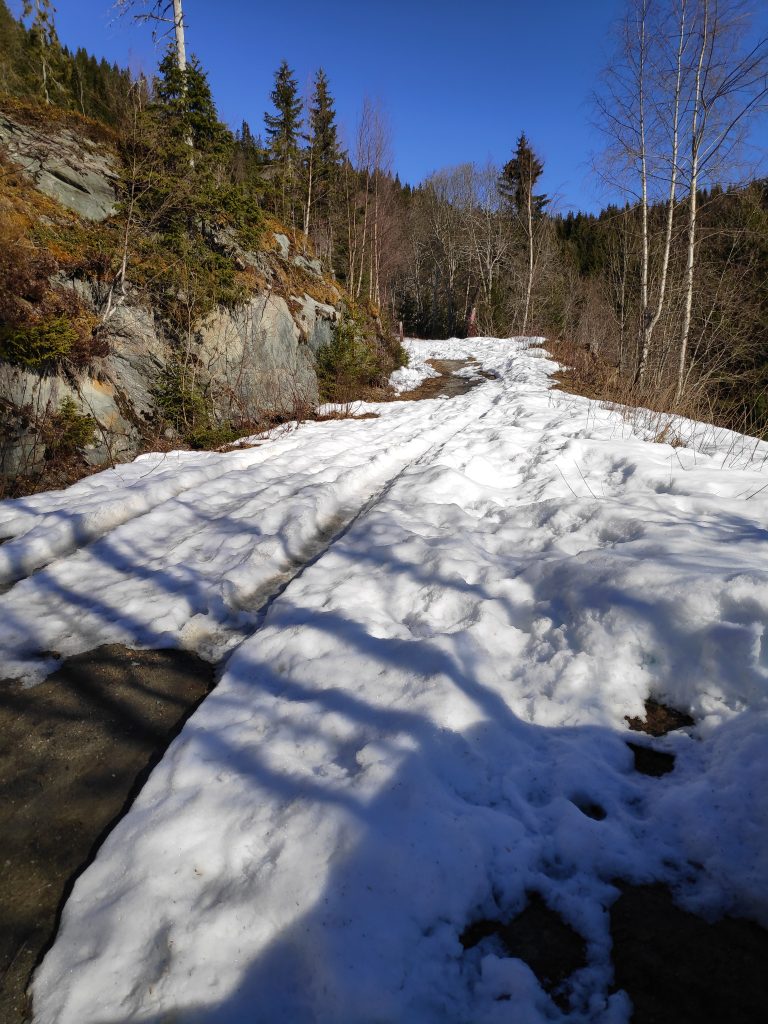
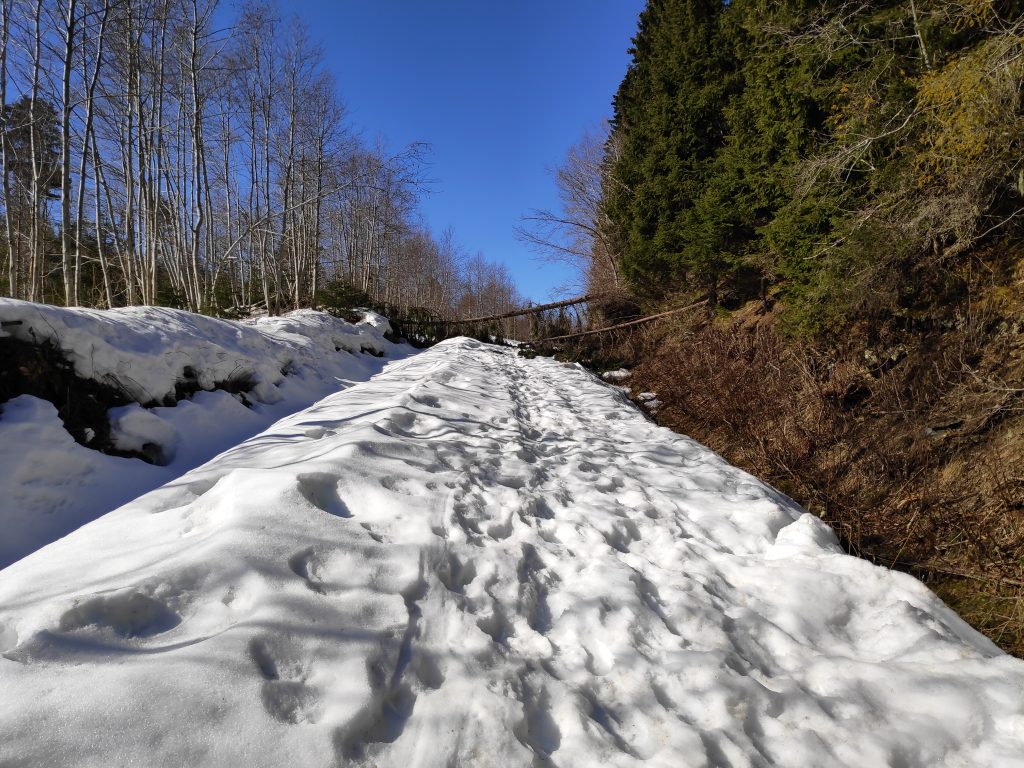
The main reason I had decided to come up this rather snow-covered road was to get to a viewpoint where I could see out over the fjord. There are several that can be accessed from this road, but I decided to neither go to Storlia nor Korpsåsen, both of which are lovely walks, in the summer. By the time I had gotten to this point, I did not want to go much farther across snow. I was on my own and had to be careful that I didn’t twist my ankle or otherwise injure myself. So I decided on a place that I knew about which was closer than either of those places.
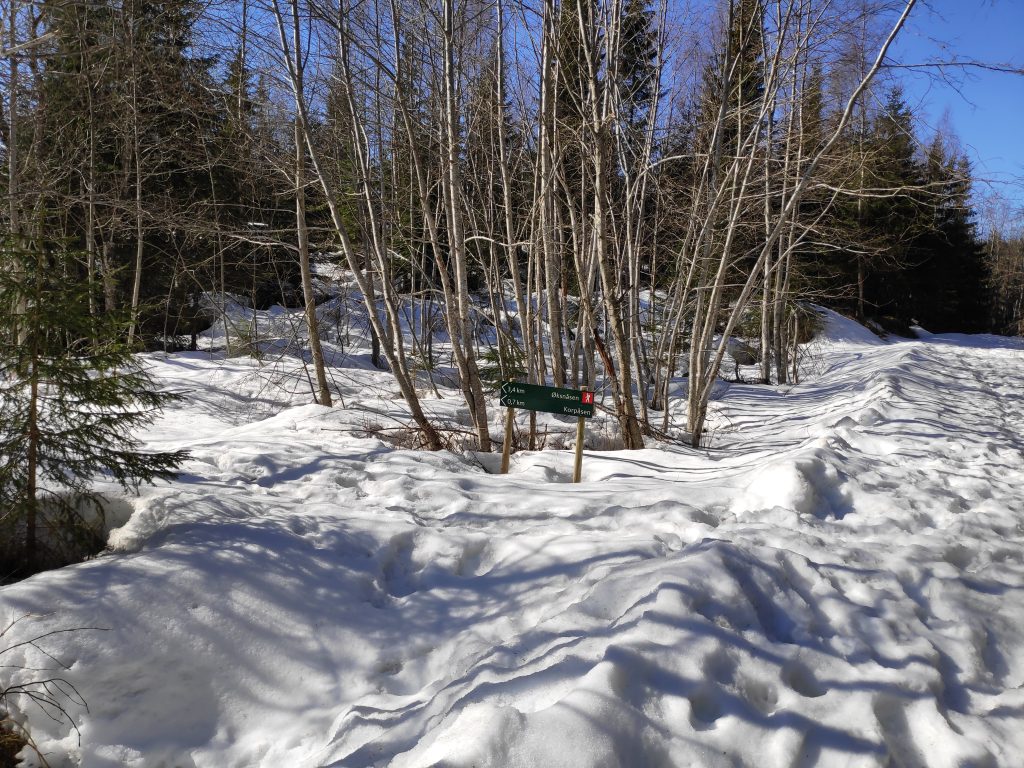
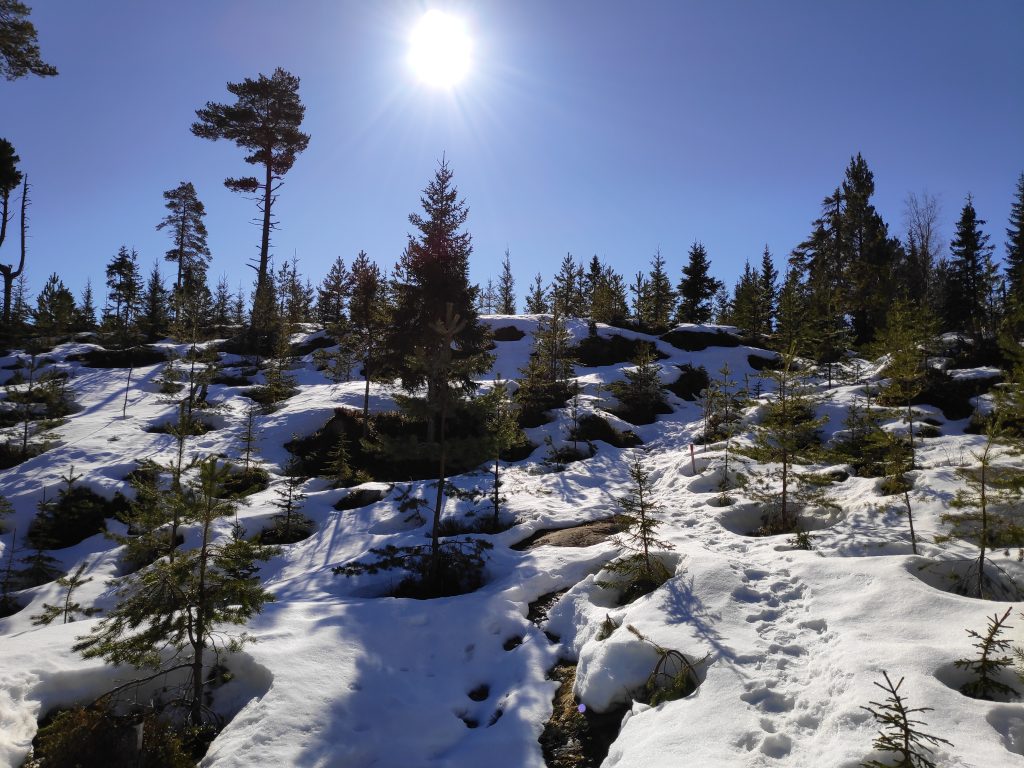
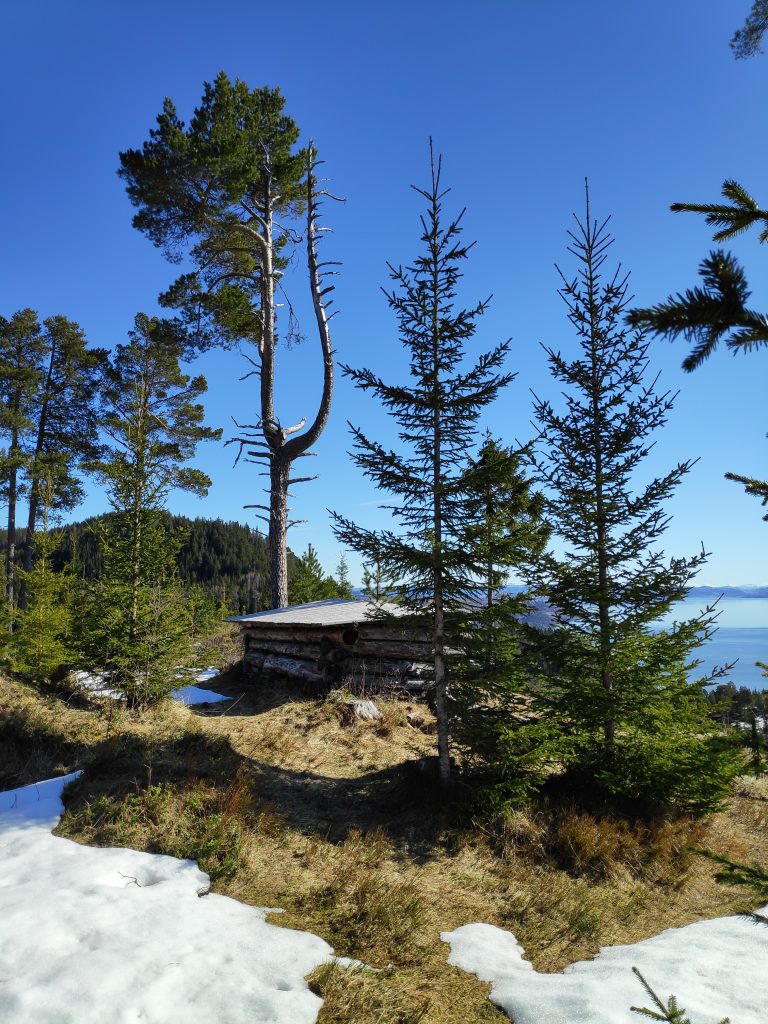
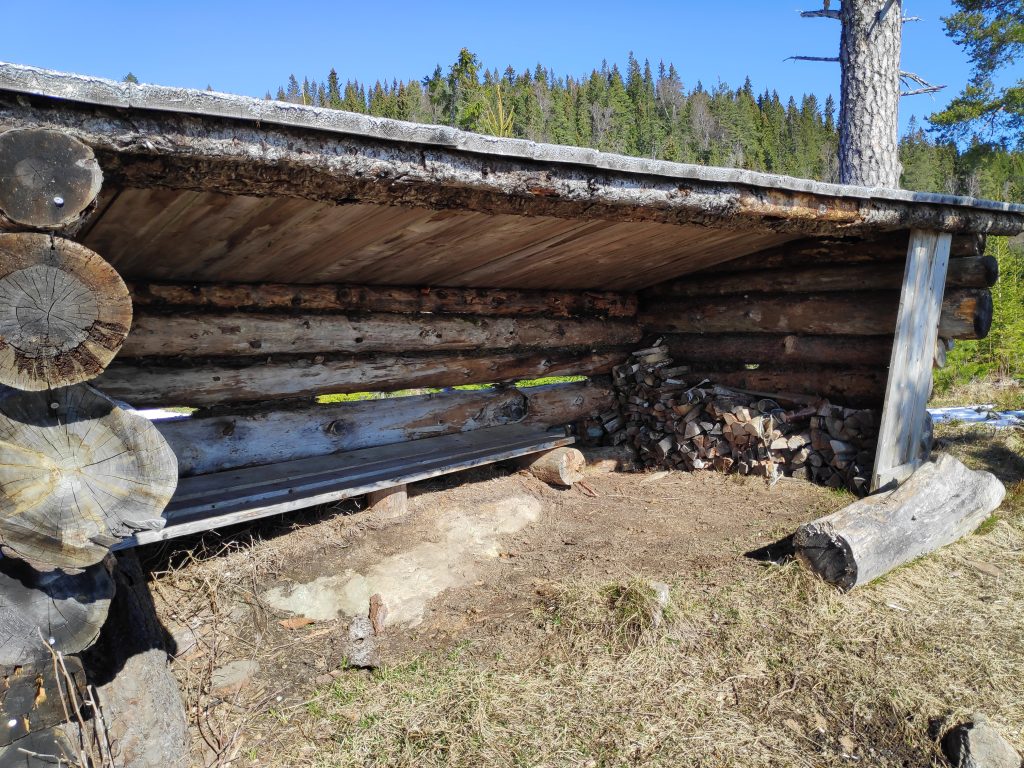
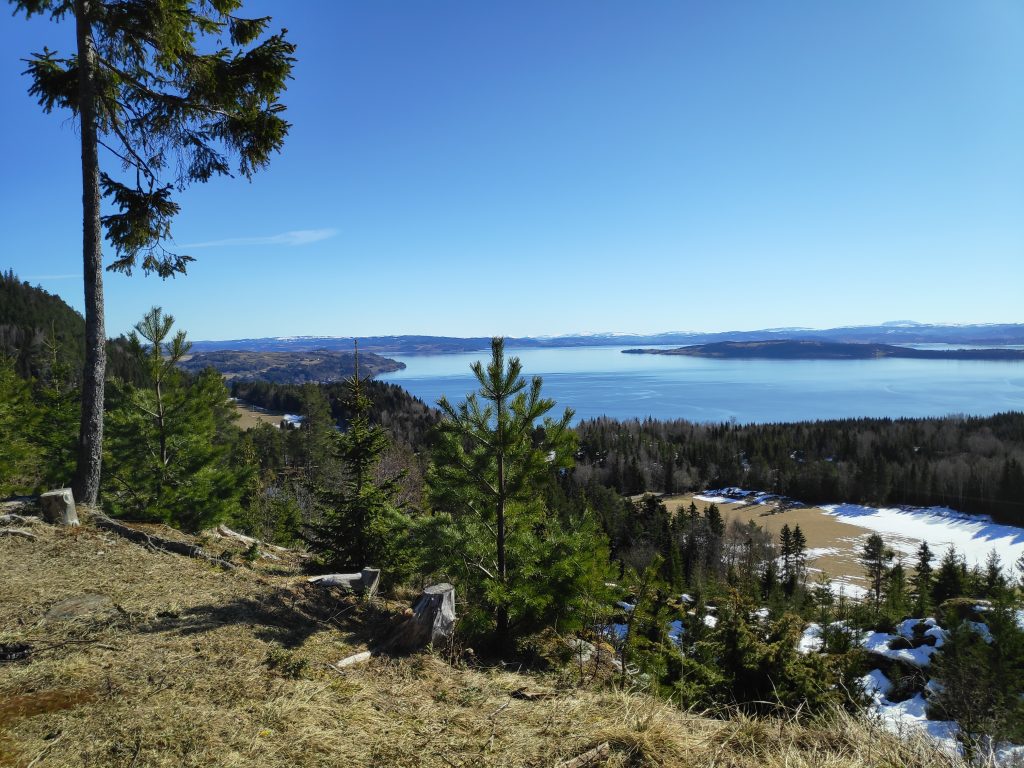
After enjoying the view, I went back to Gammelplassen, where in the summer you can park a car and headed off towards Skarnsund Bridge and home. However, there was a lot of snow on the trail, trees that had blown over, and a stream to cross before I got onto the section of the trail that was mostly free of snow.
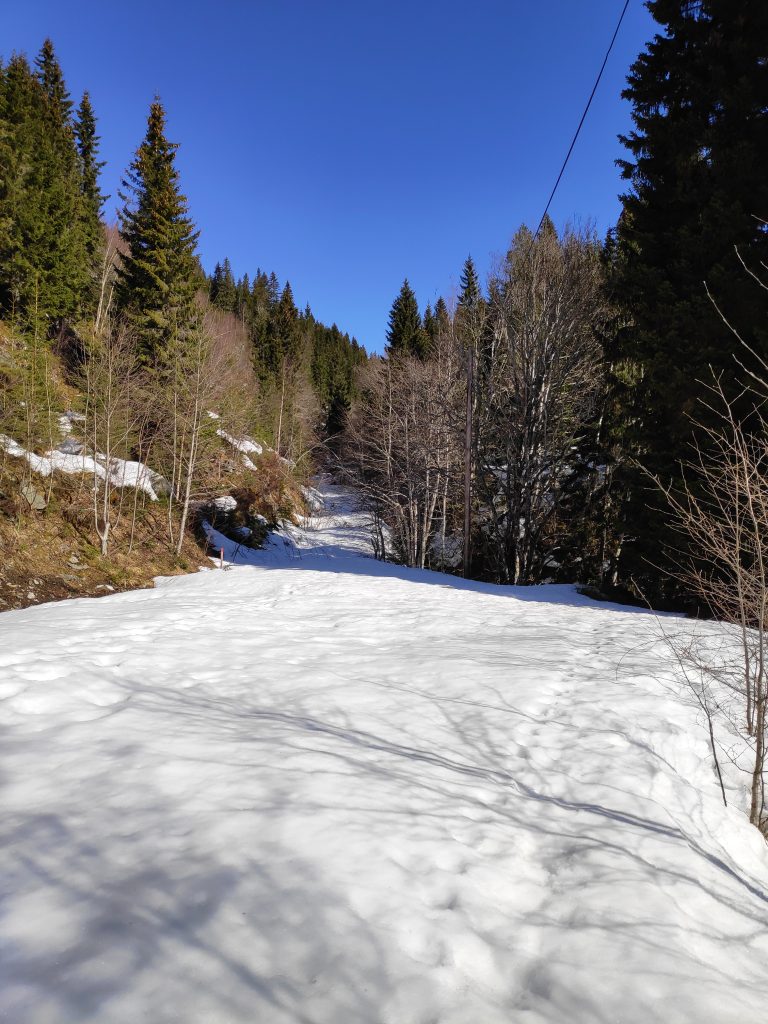
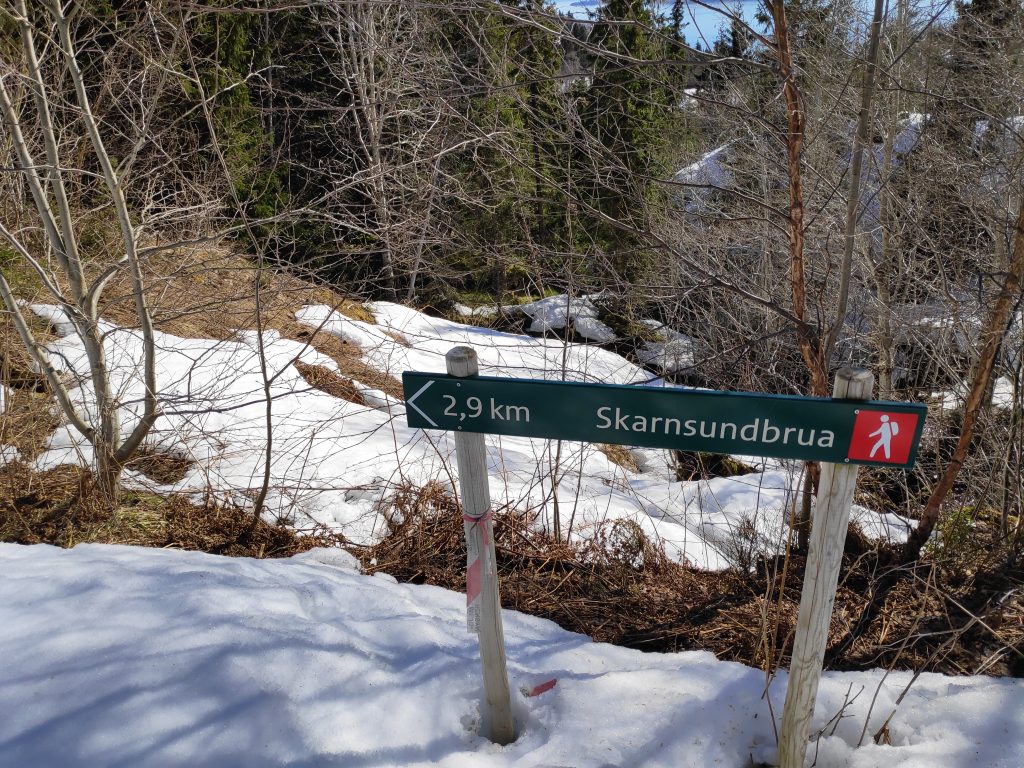
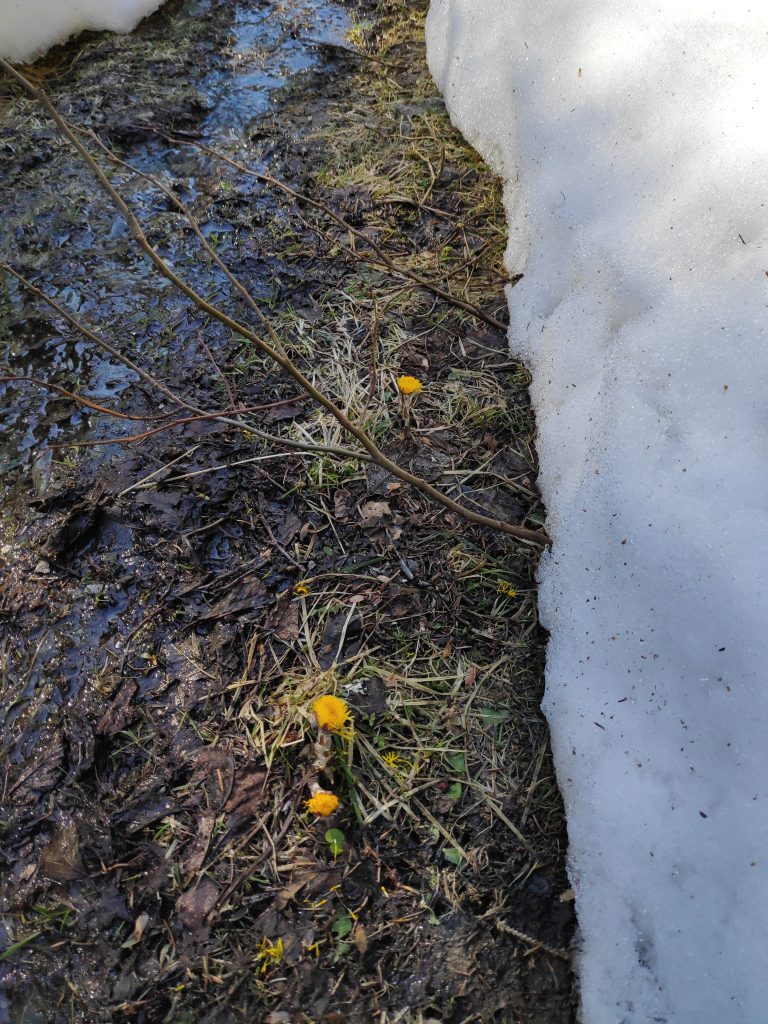
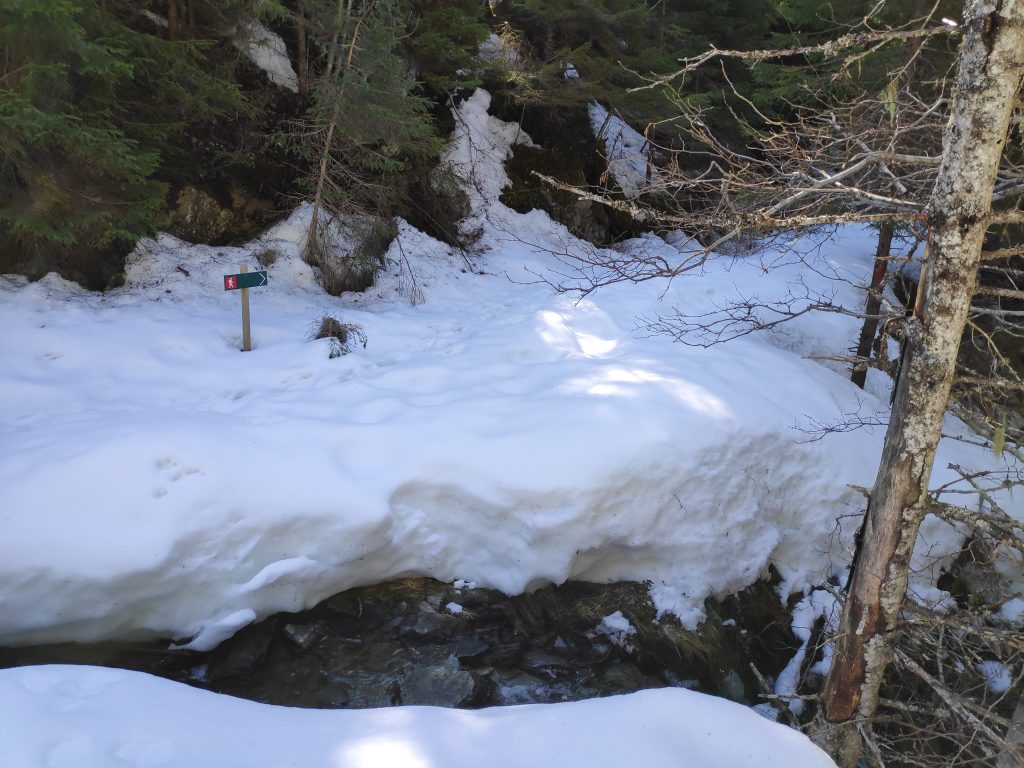
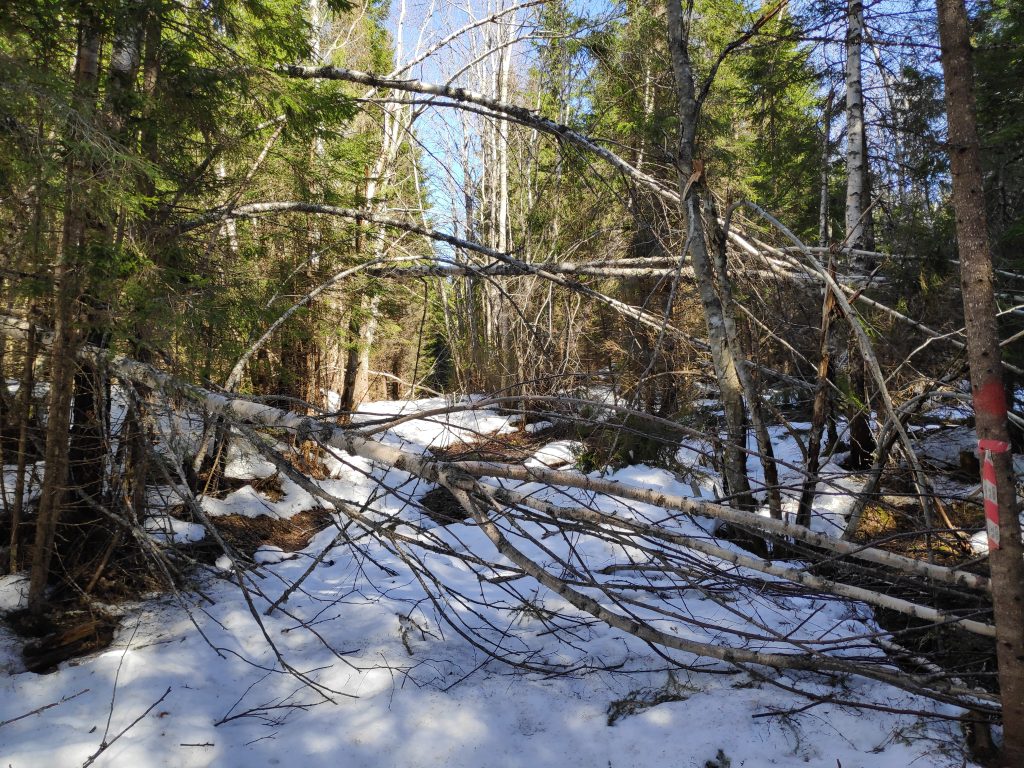
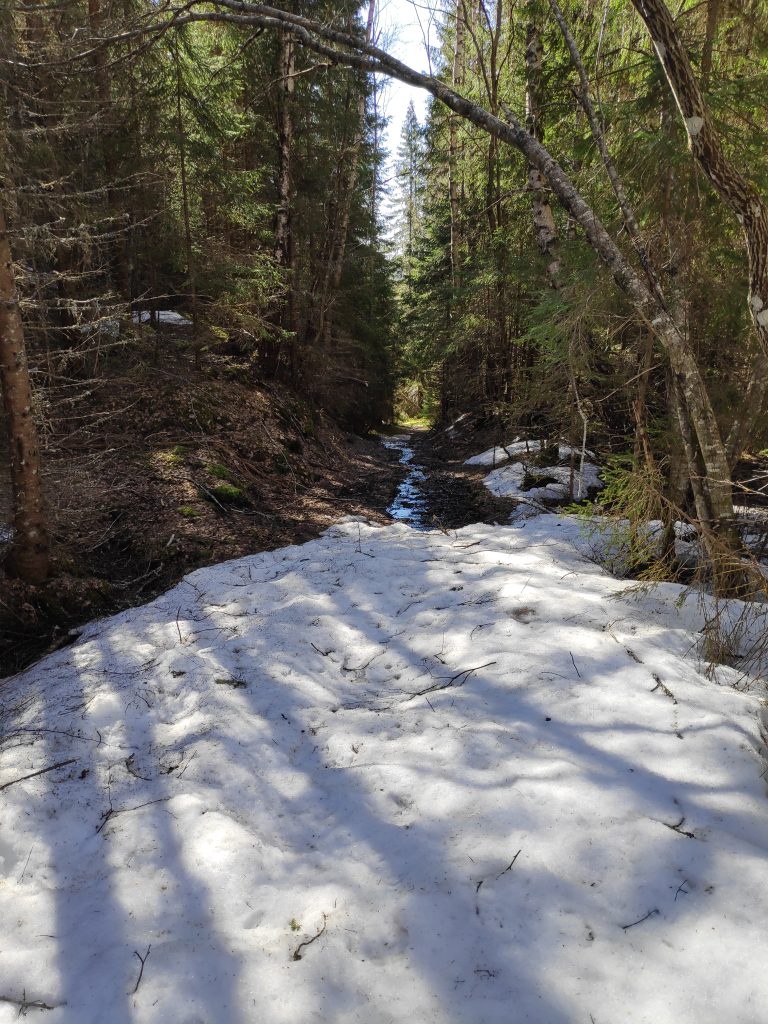
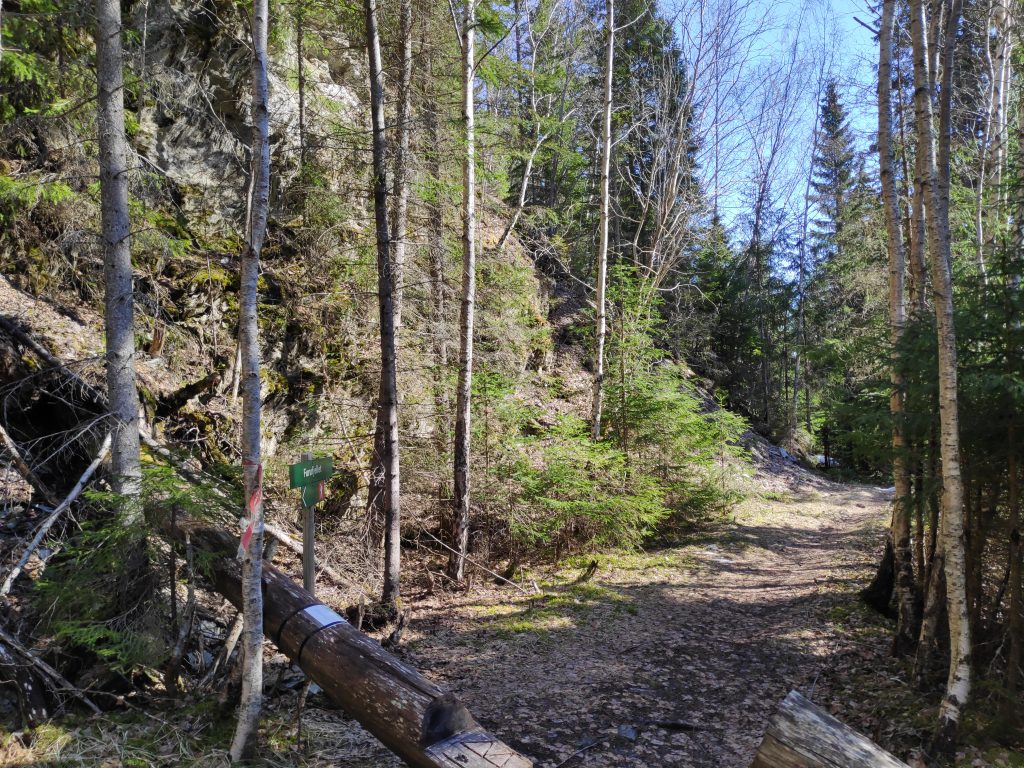
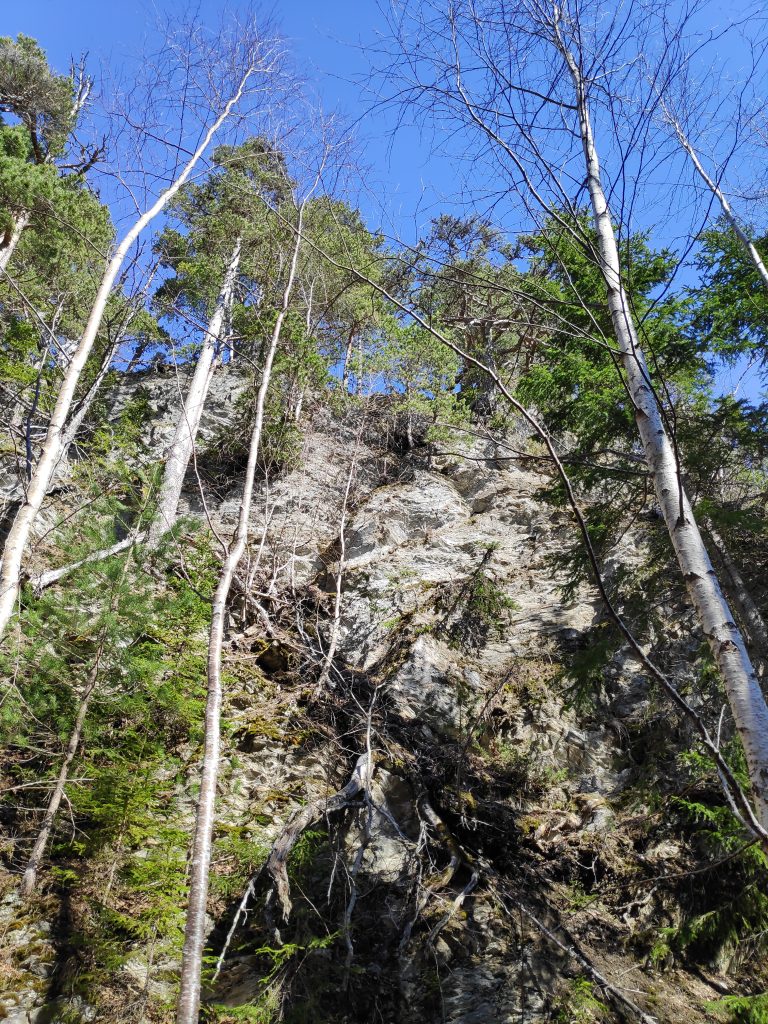
I often like to look at the flowers that are growing in different places, but in the middle of April there are still very few wild flowers out. I’ll have to wait until May before more come out. At this point there are a few that have to get their blooms out before the leaves come out on the deciduous trees. Colt’s foot (hestehov in Norwegian) is usually the first one and at lower elevations there are now numerous blooms along the sides of the road. Another plant, hepatica nobilis, (blåveis in Norwegian), anemone hepatica or liverwort in English, is very characteristic for Inderøy municipality.
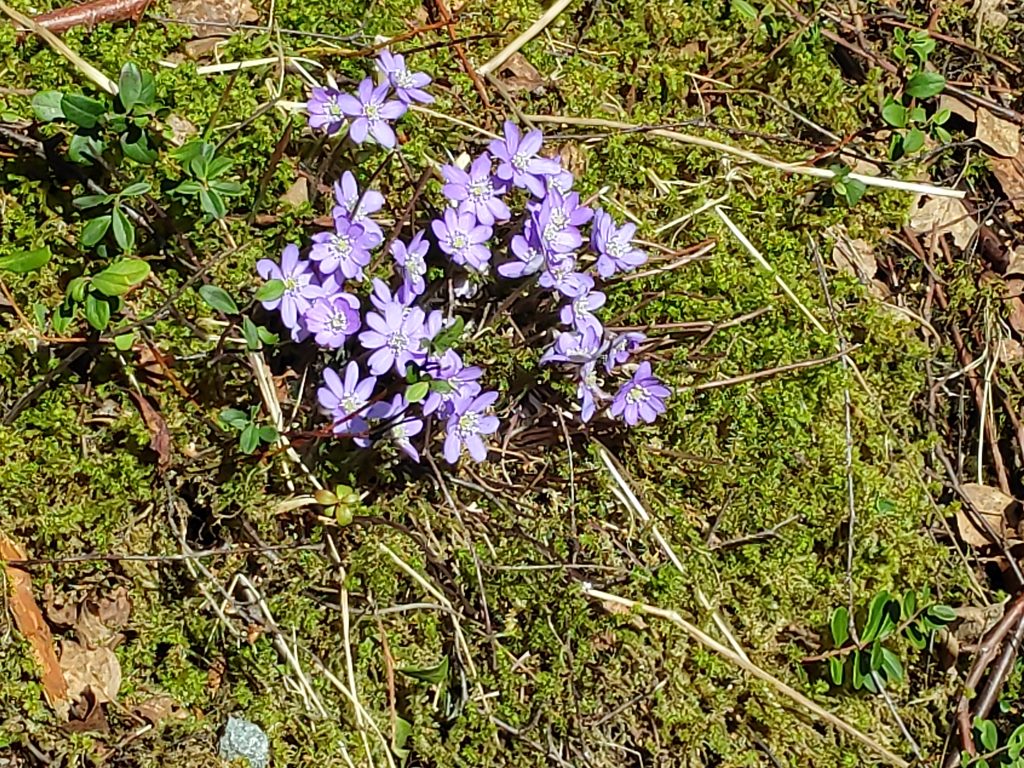
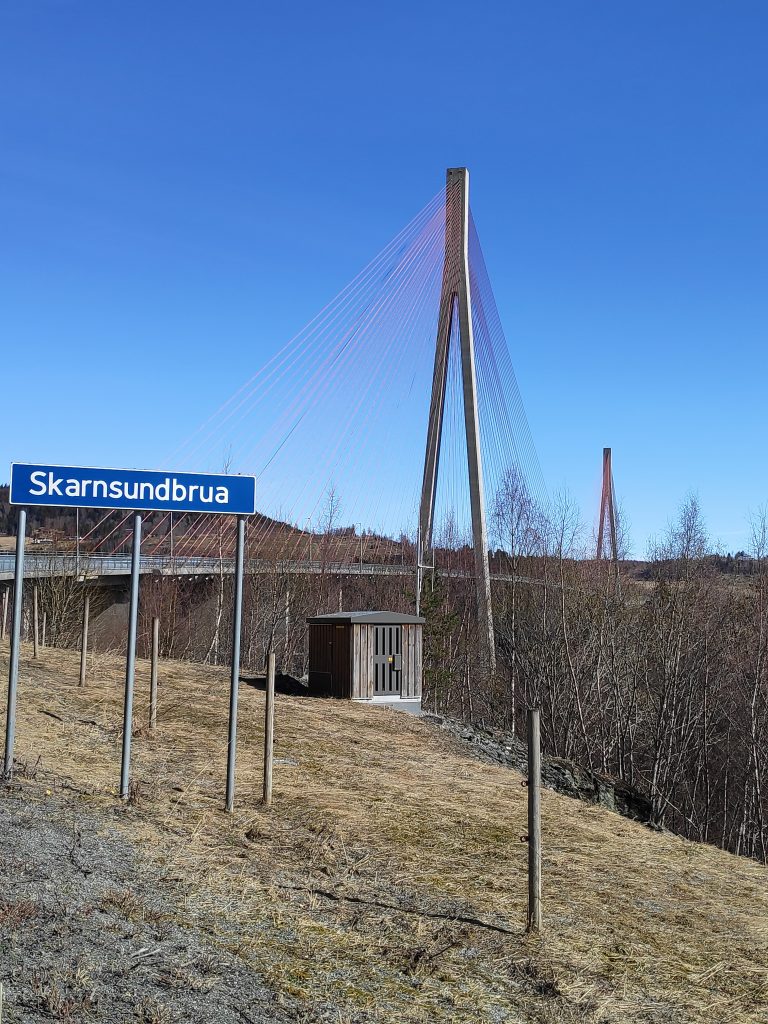
This was my first long walk of the year, using about two and a half hours, without any breaks except to take pictures. I was tired when I got home, but not as much as I had expected. Getting out into nature, away from cars and people, helps me charge up my batteries and keep me in a good frame of mind.
I am planning to do other walks and perhaps there will be blogs about them. Most of the walks that I can do easily from home I have already written about, so no promises about how often new blogs will come out. From about the middle of May, the municipality of Inderøy has a series of walks which I am hoping to participate in this year too.
Have you been out for a walk in nature recently? Is this the weekend for you to get away for an hour or two? Enjoy your walk.

